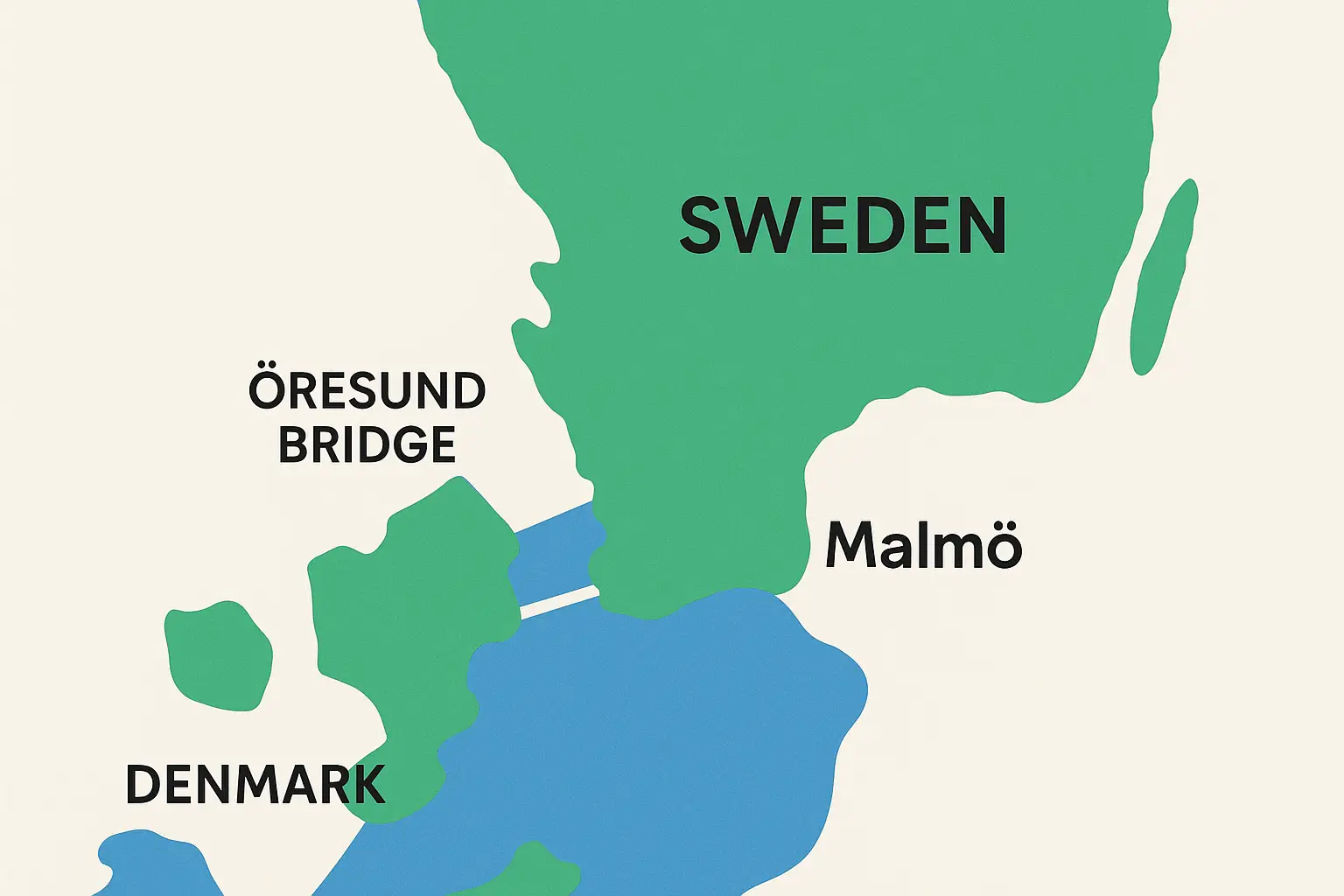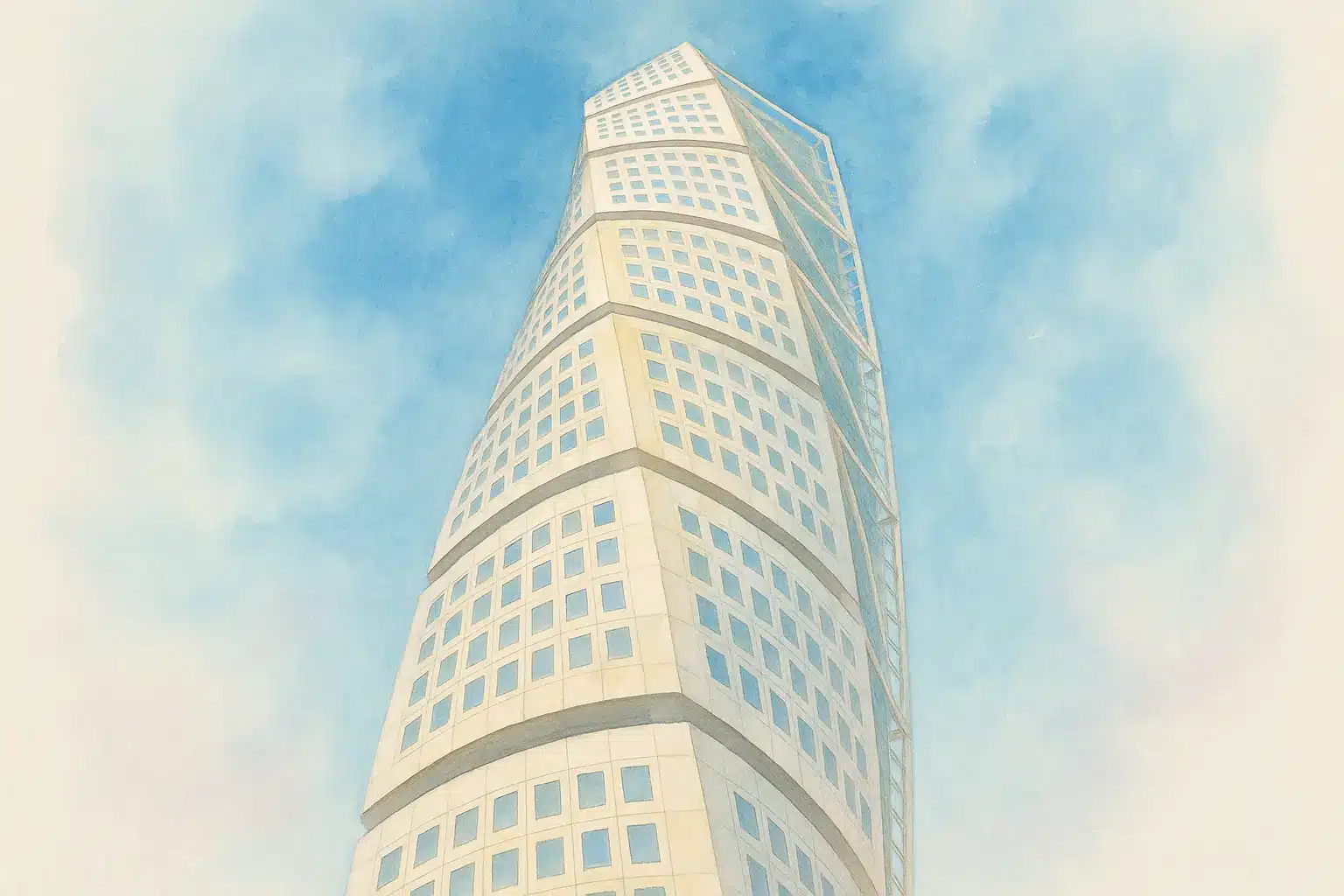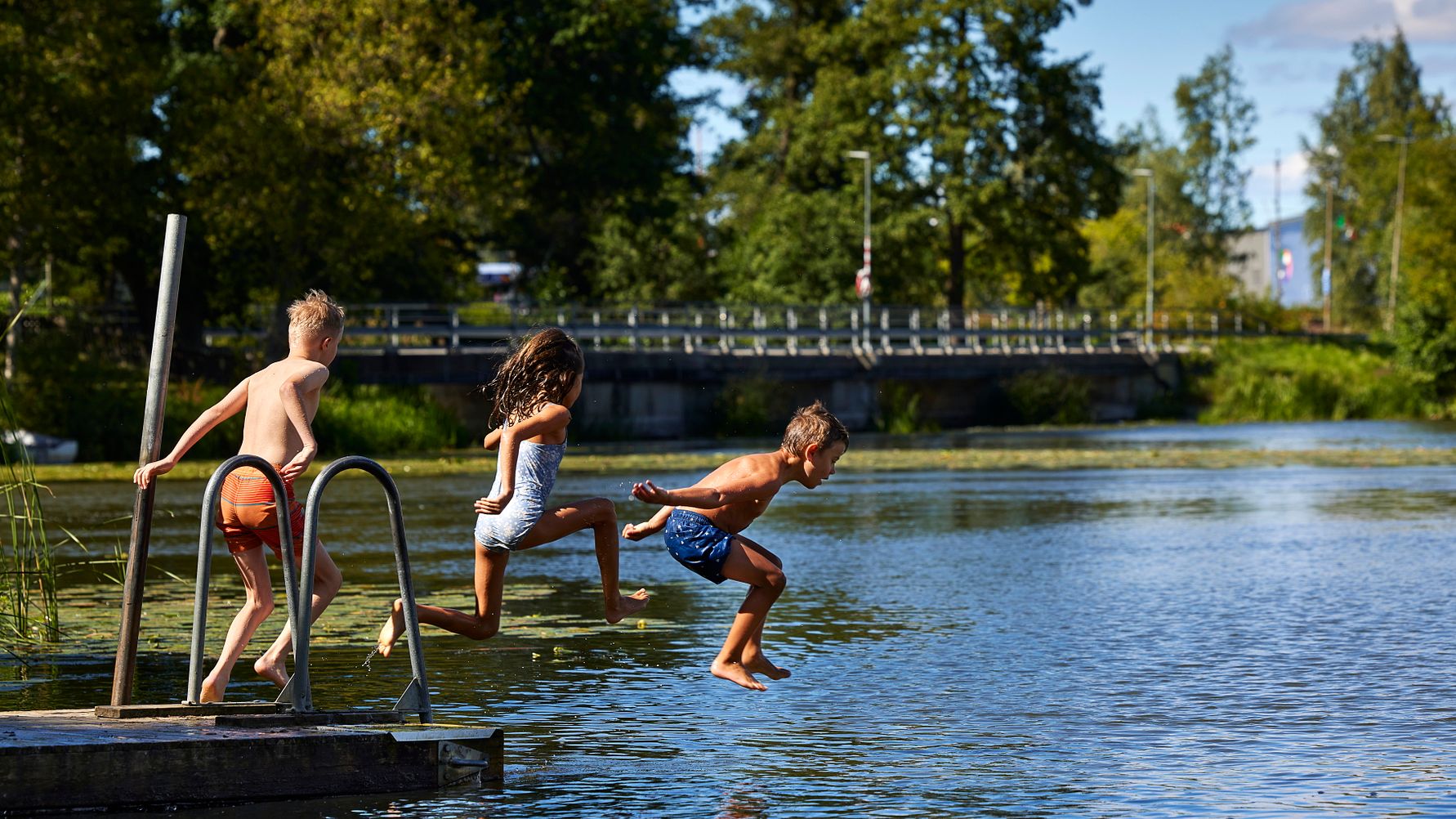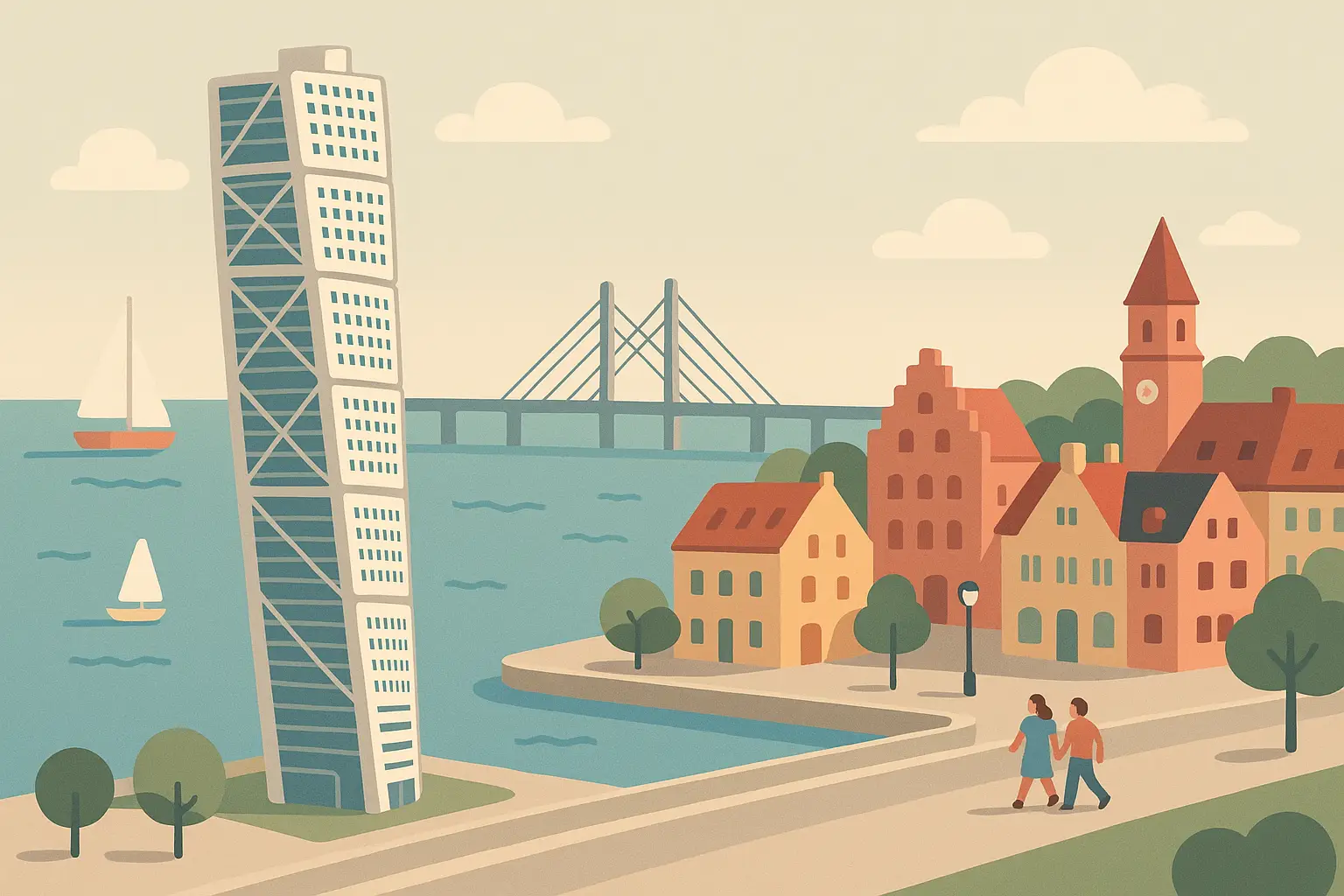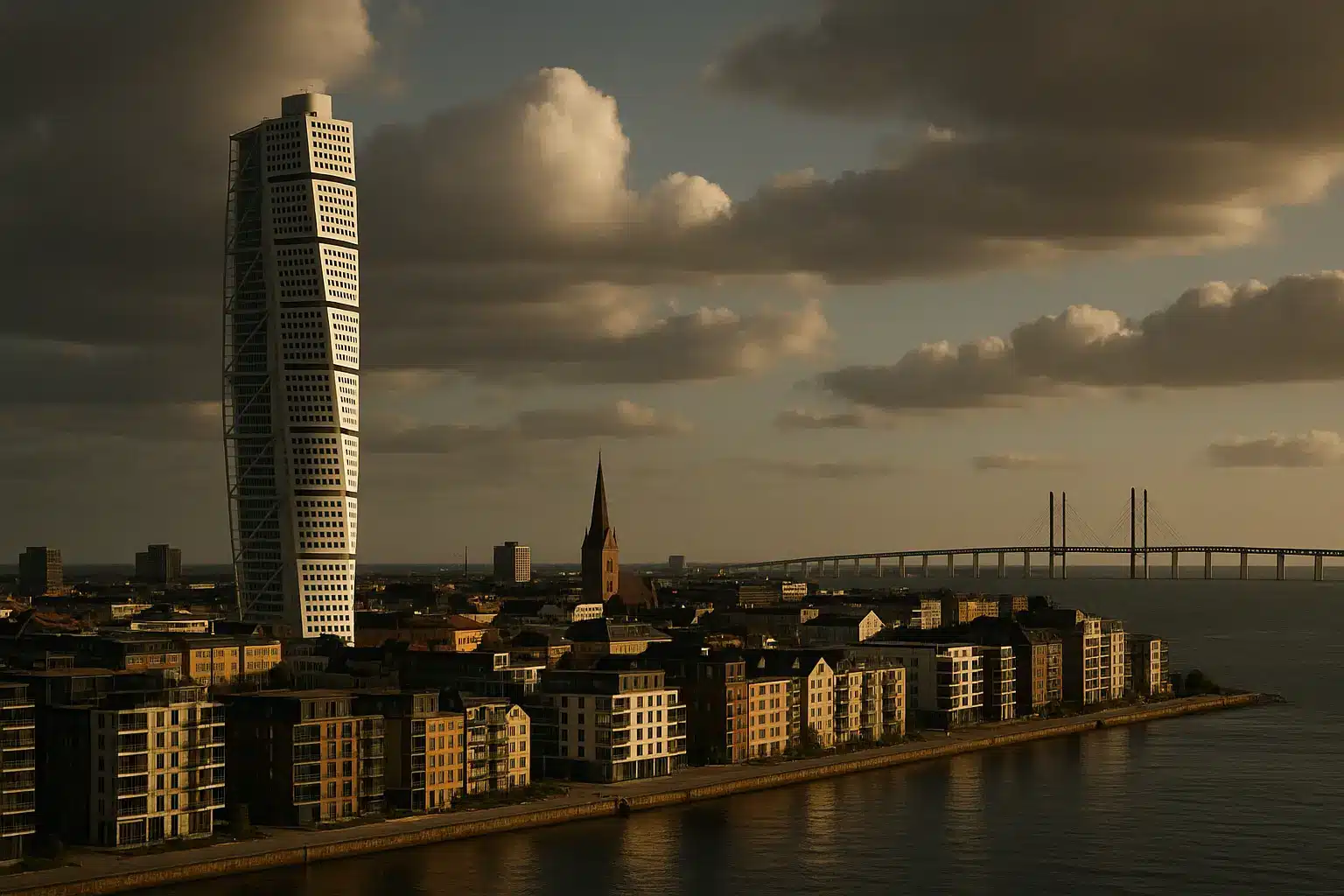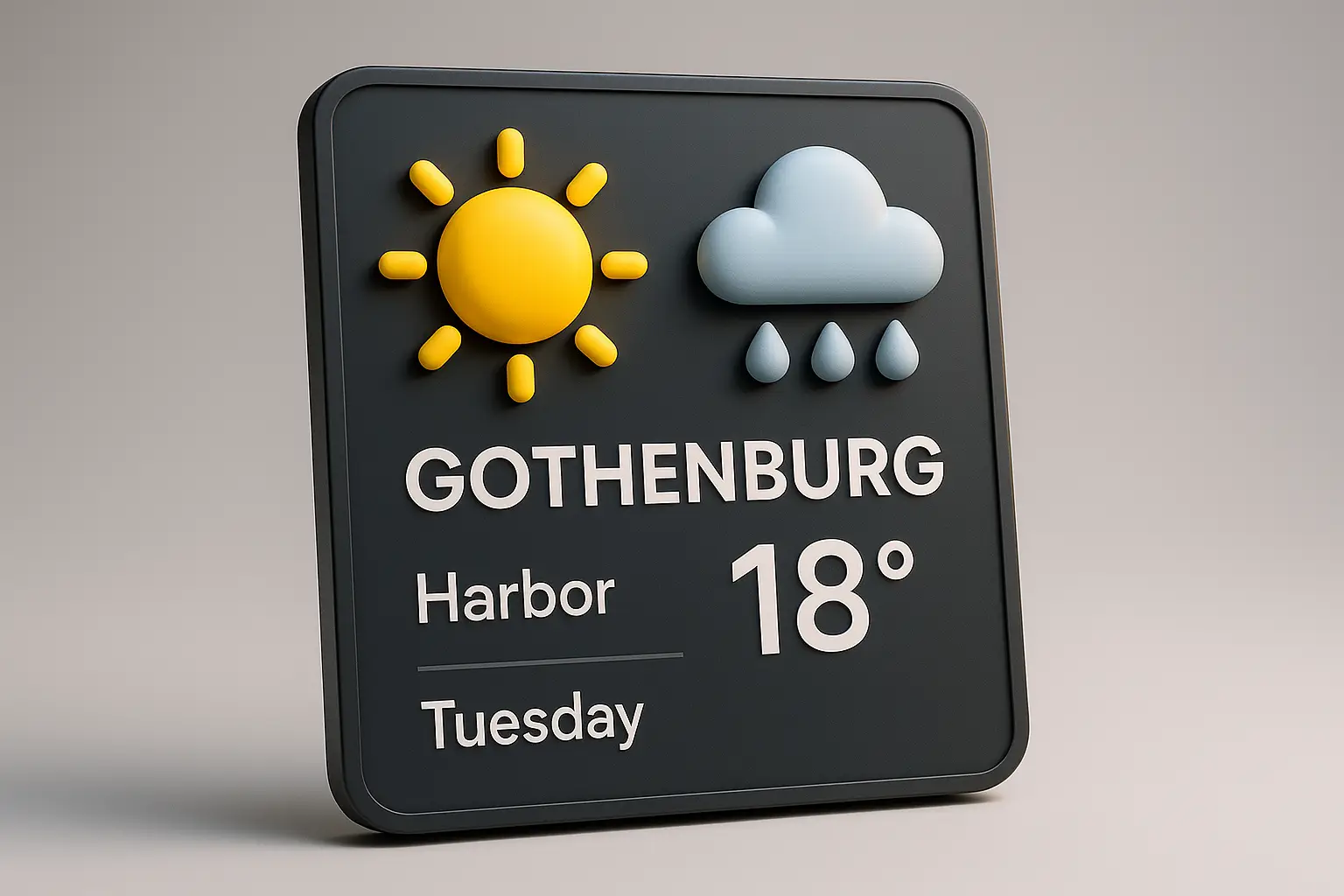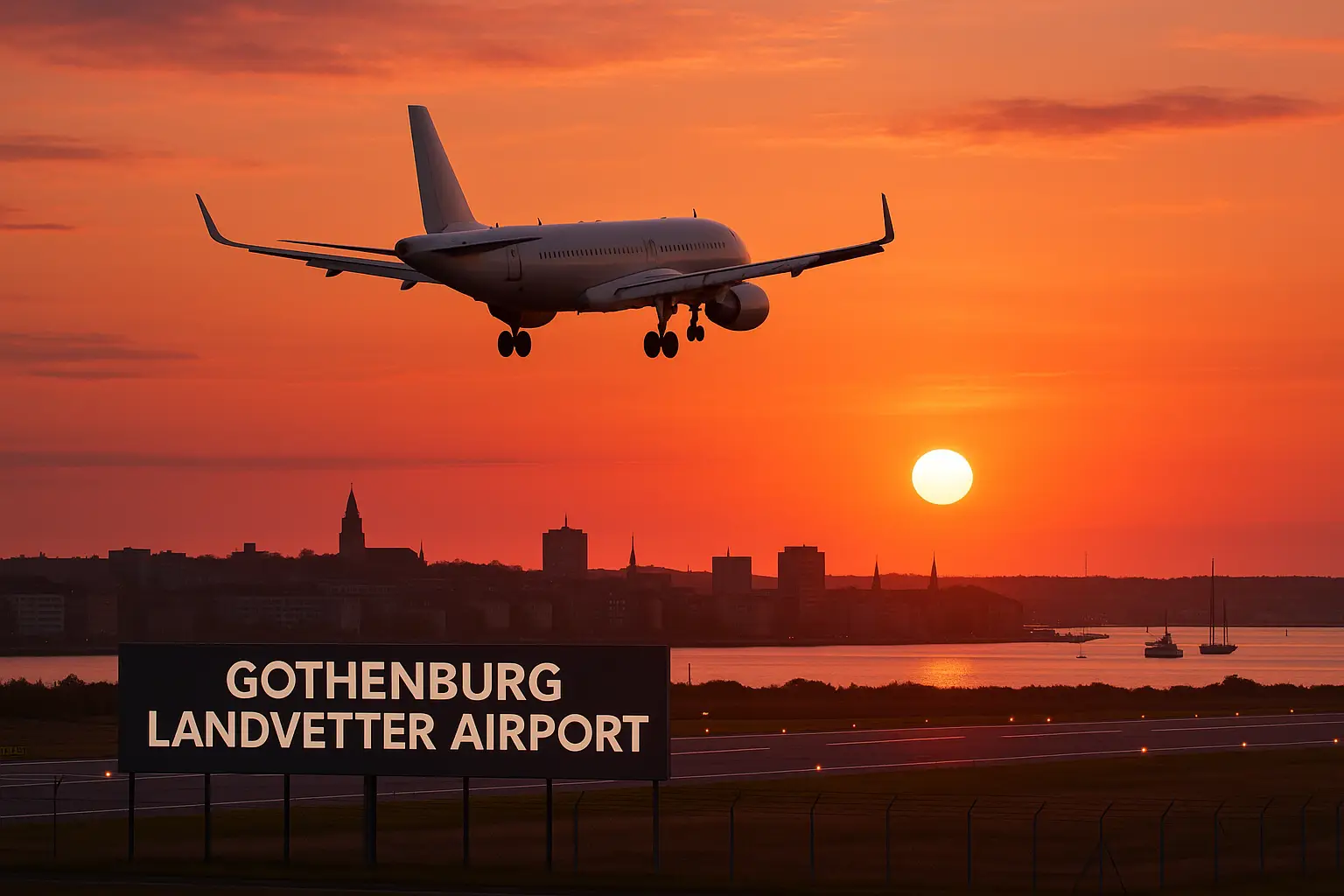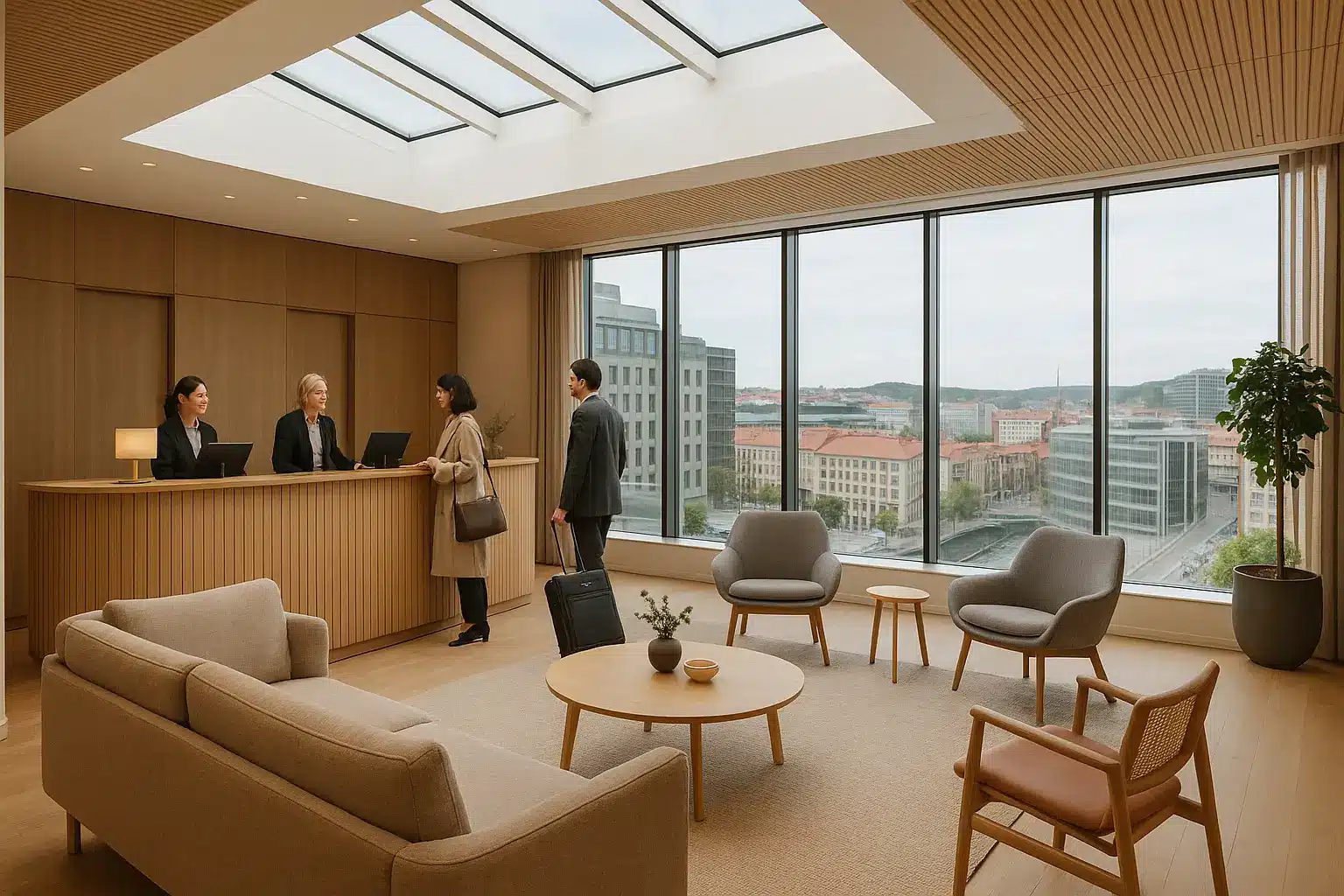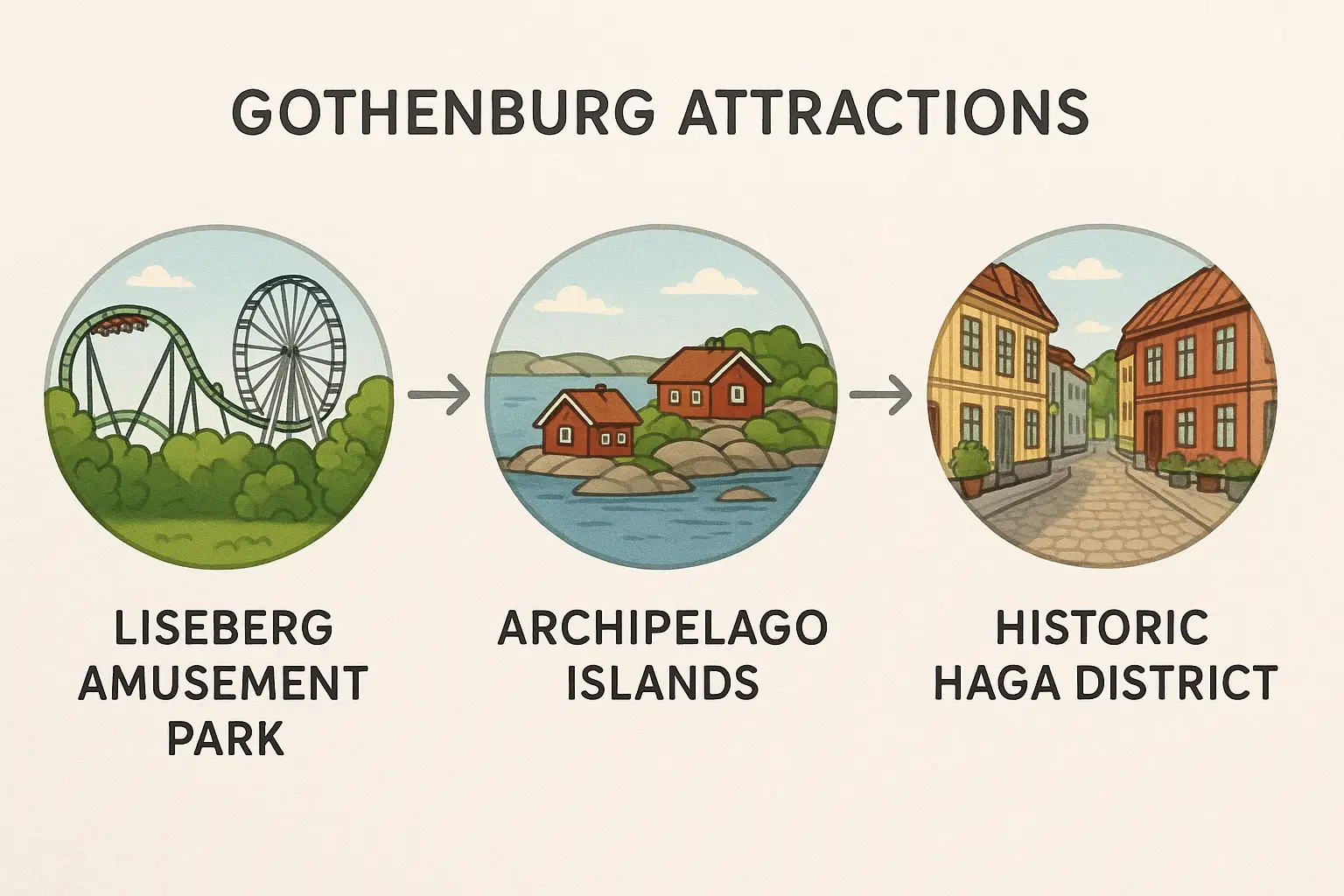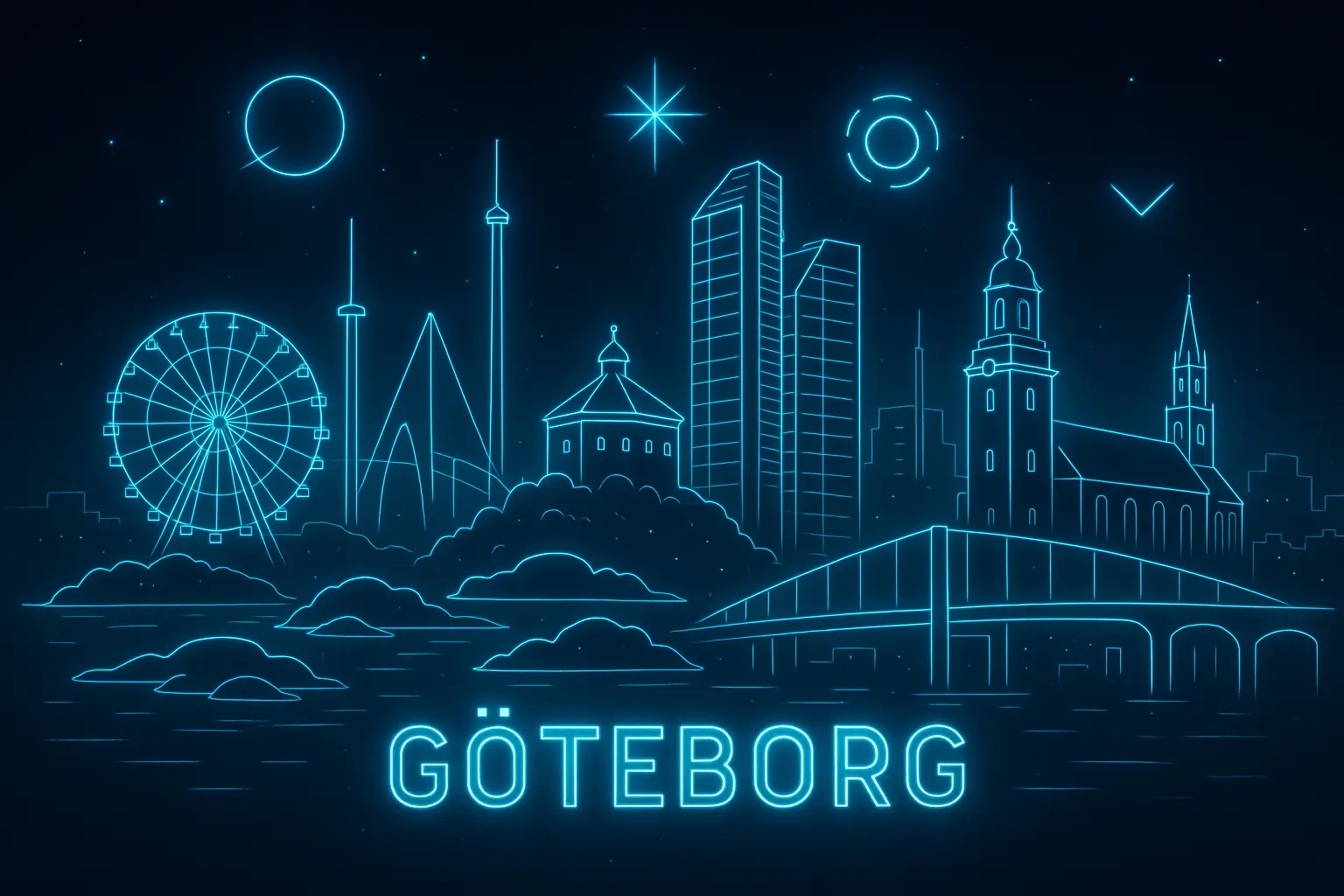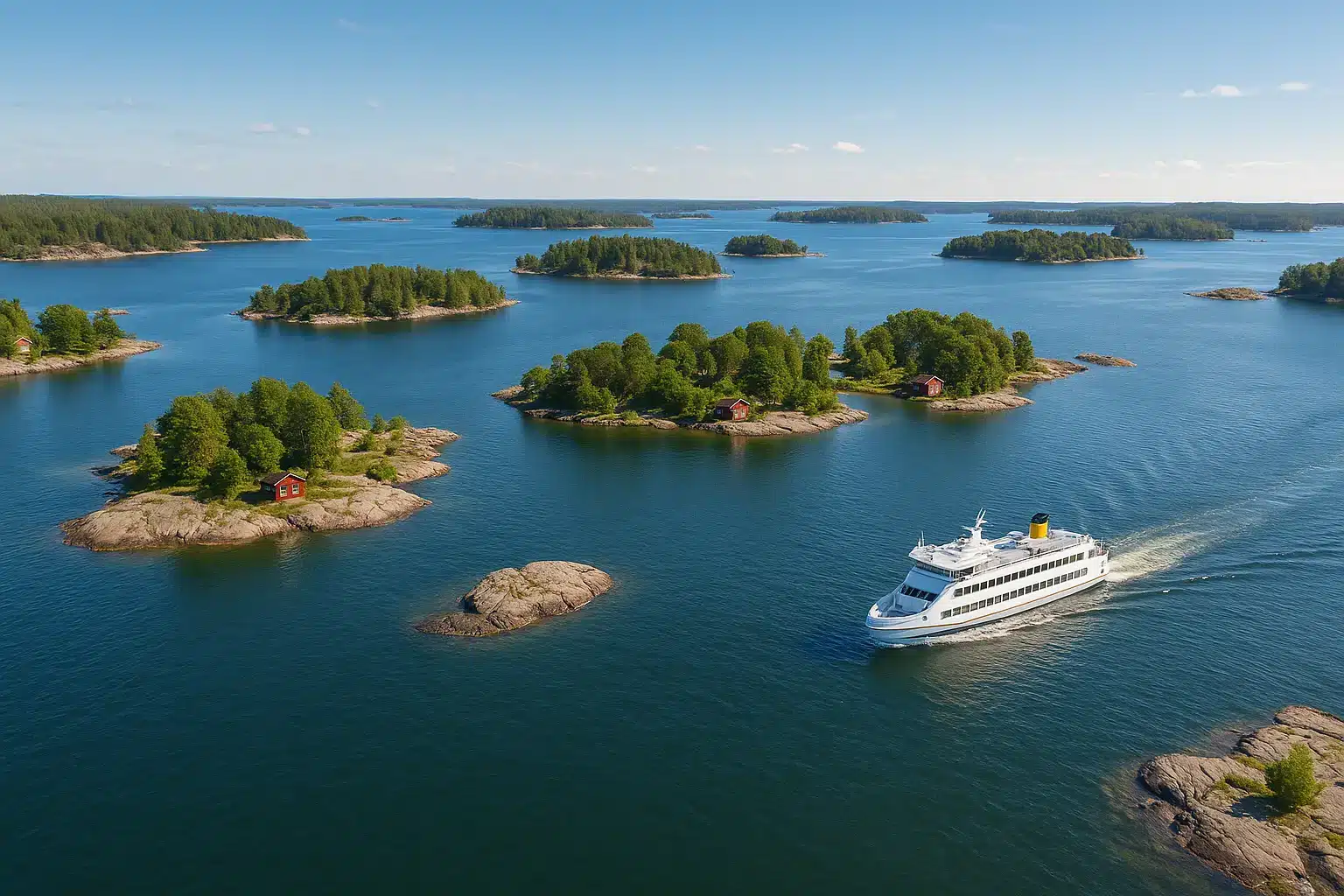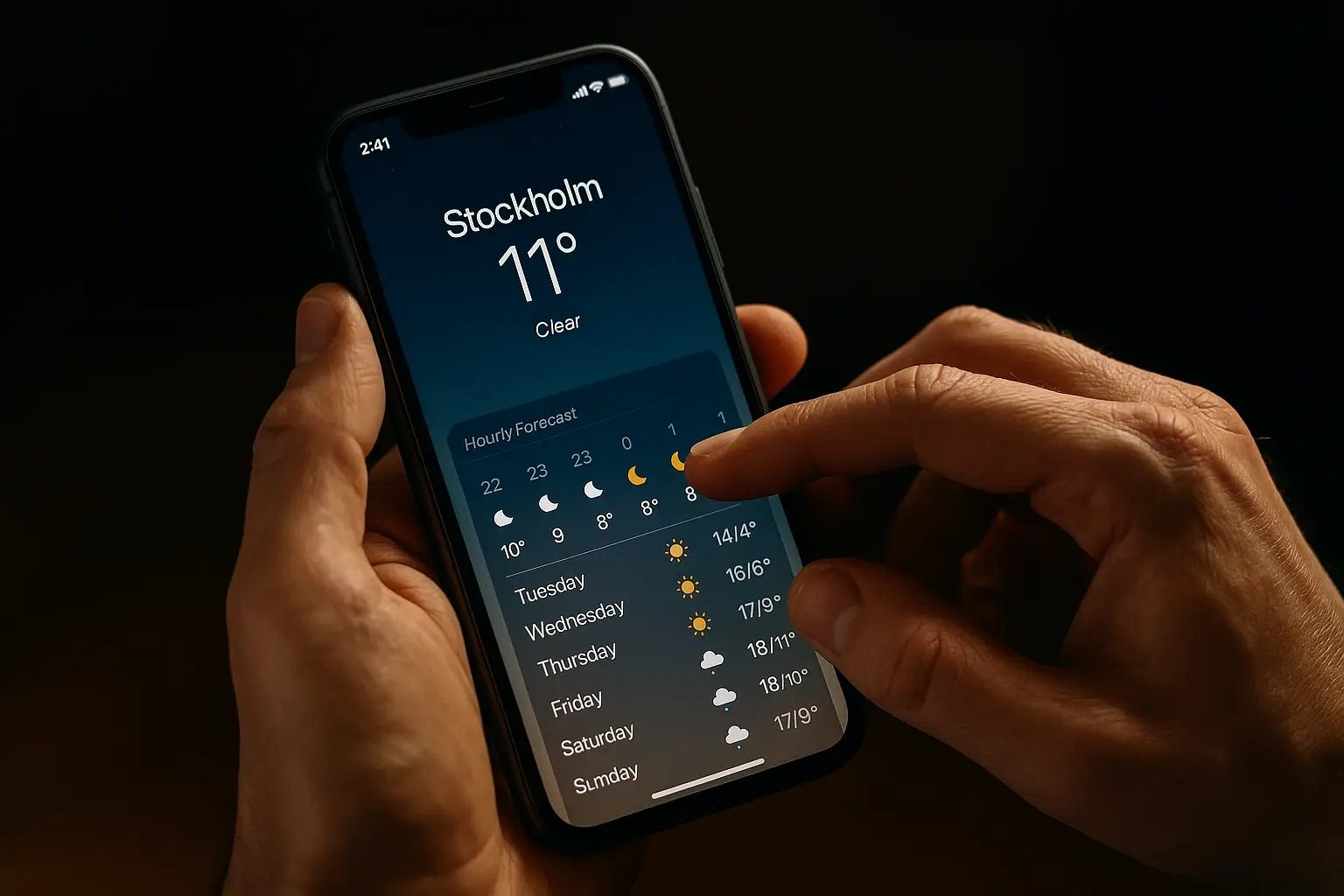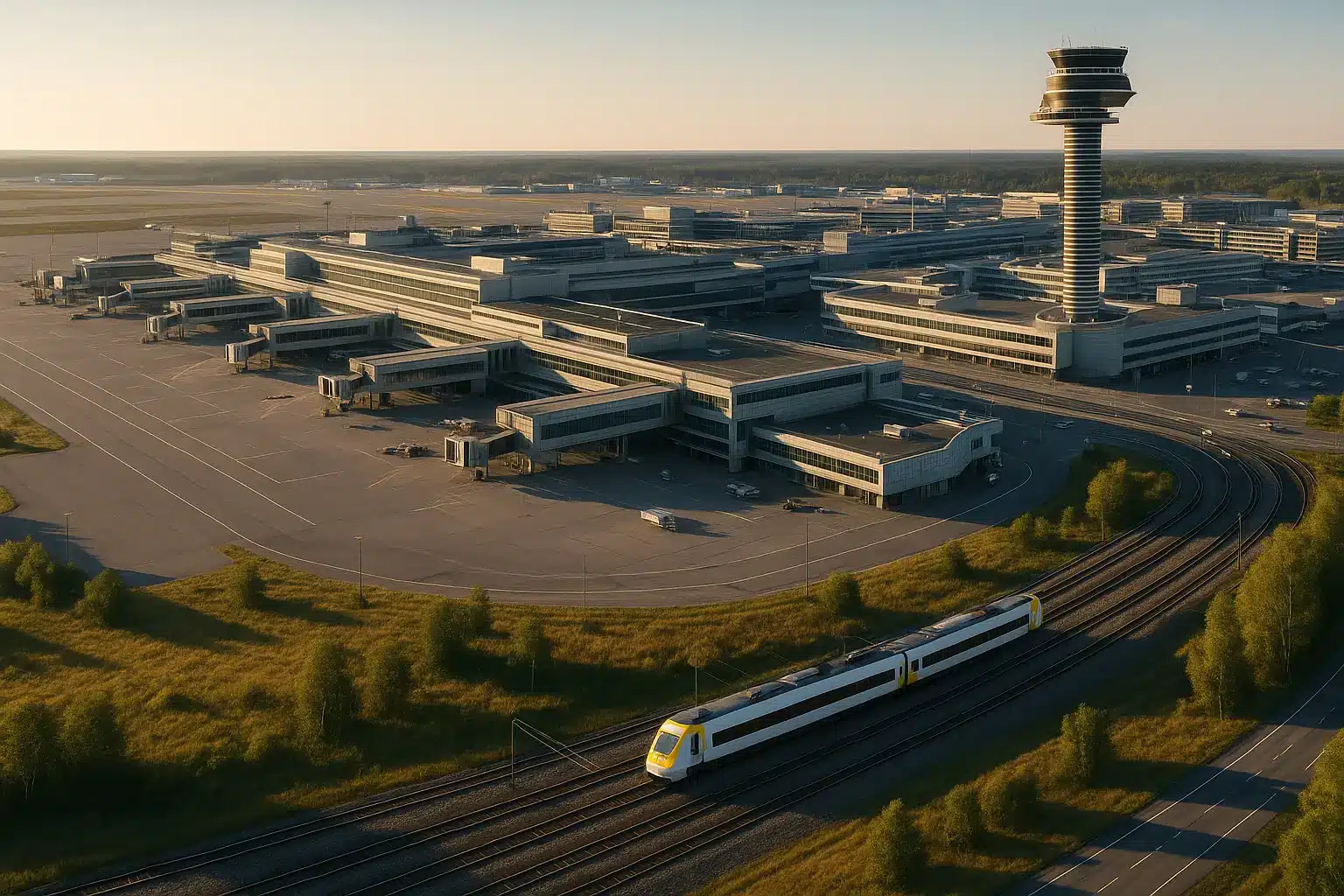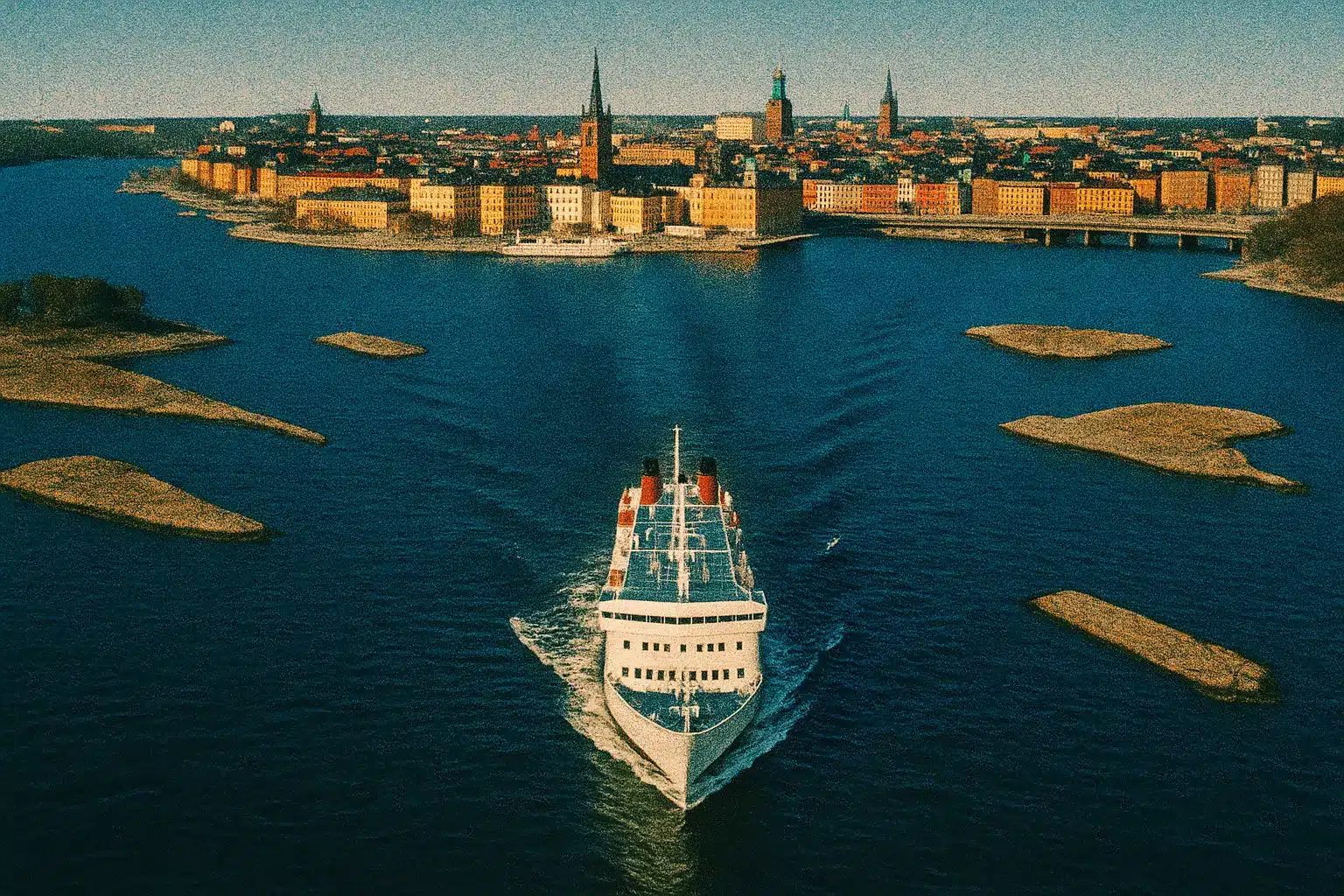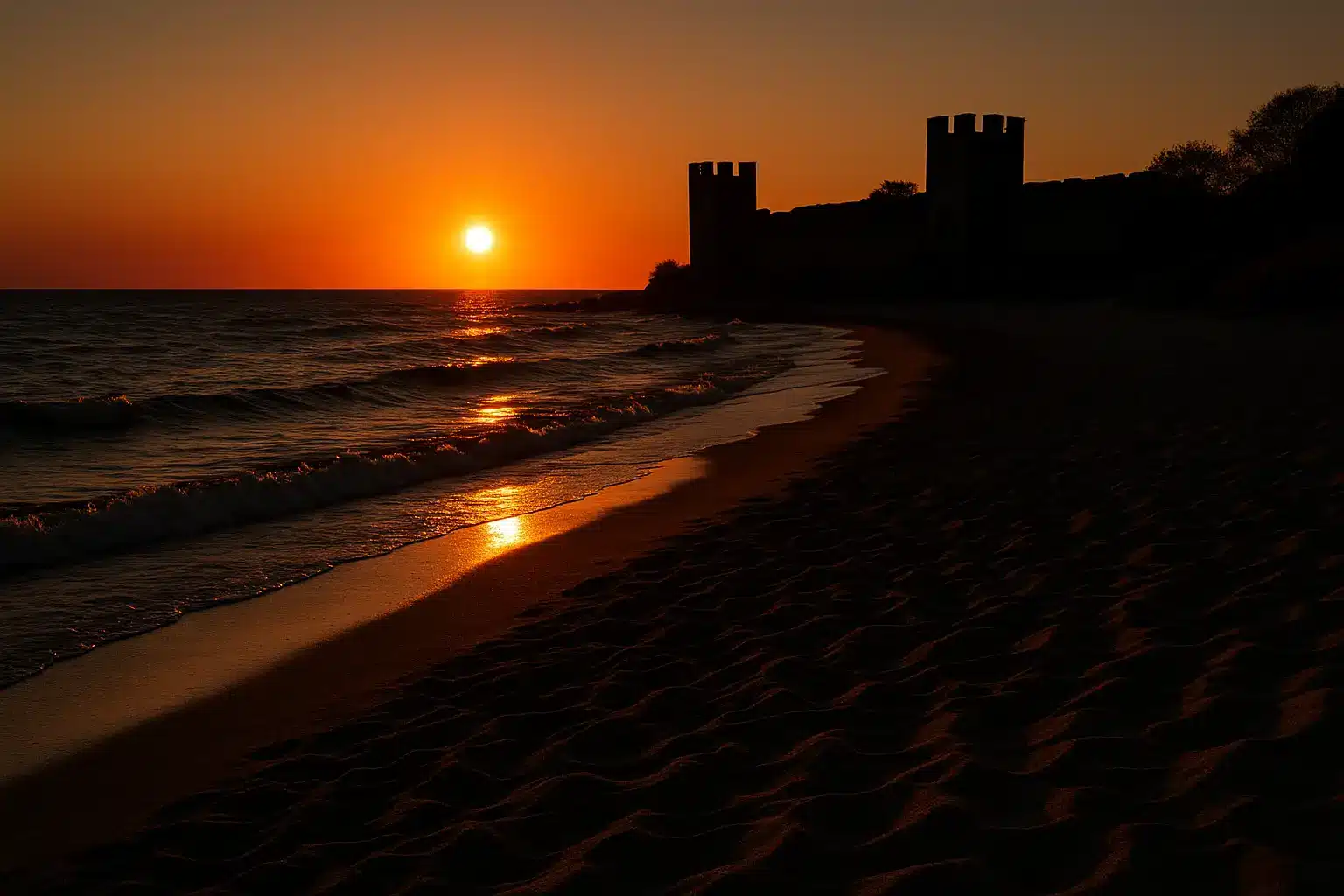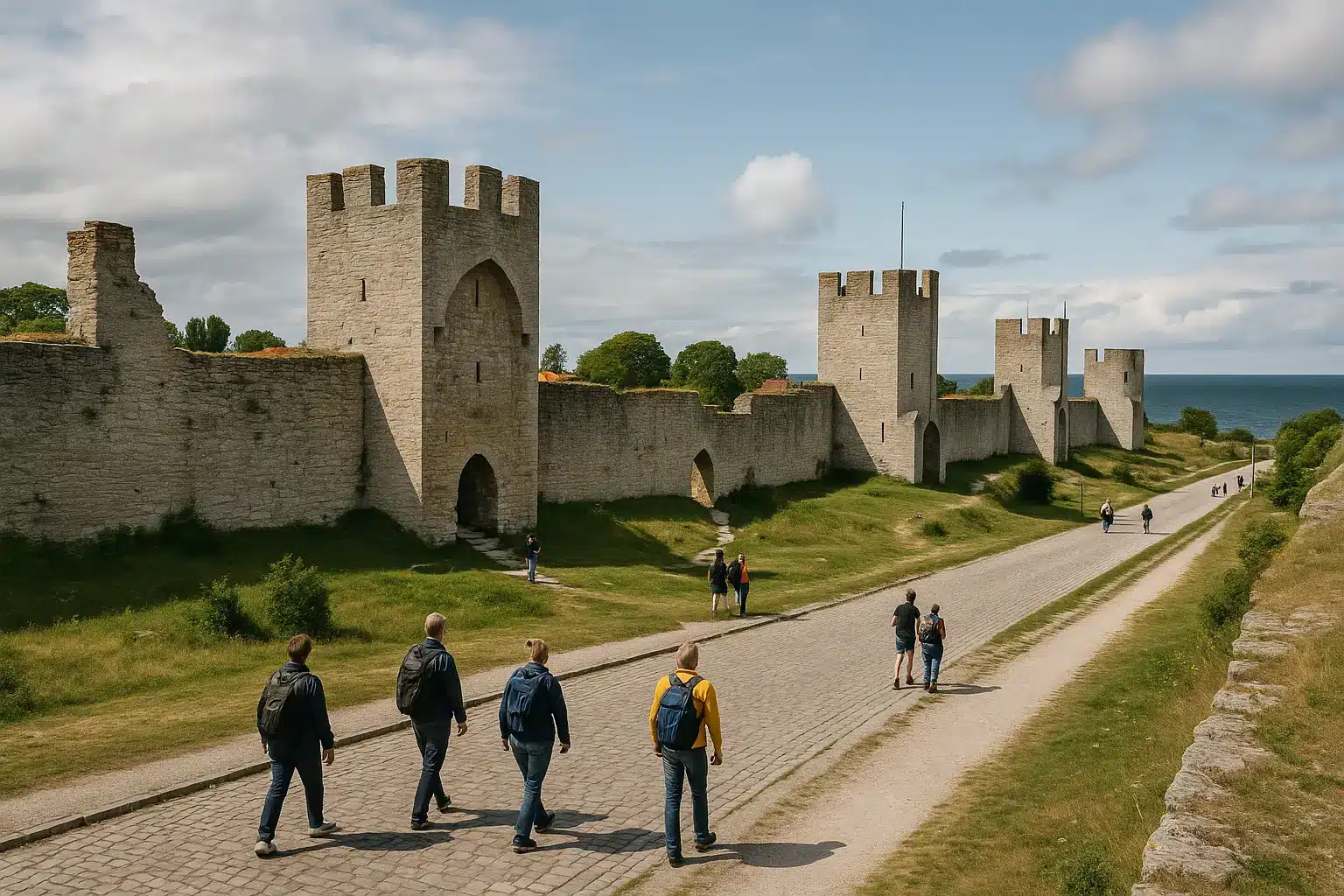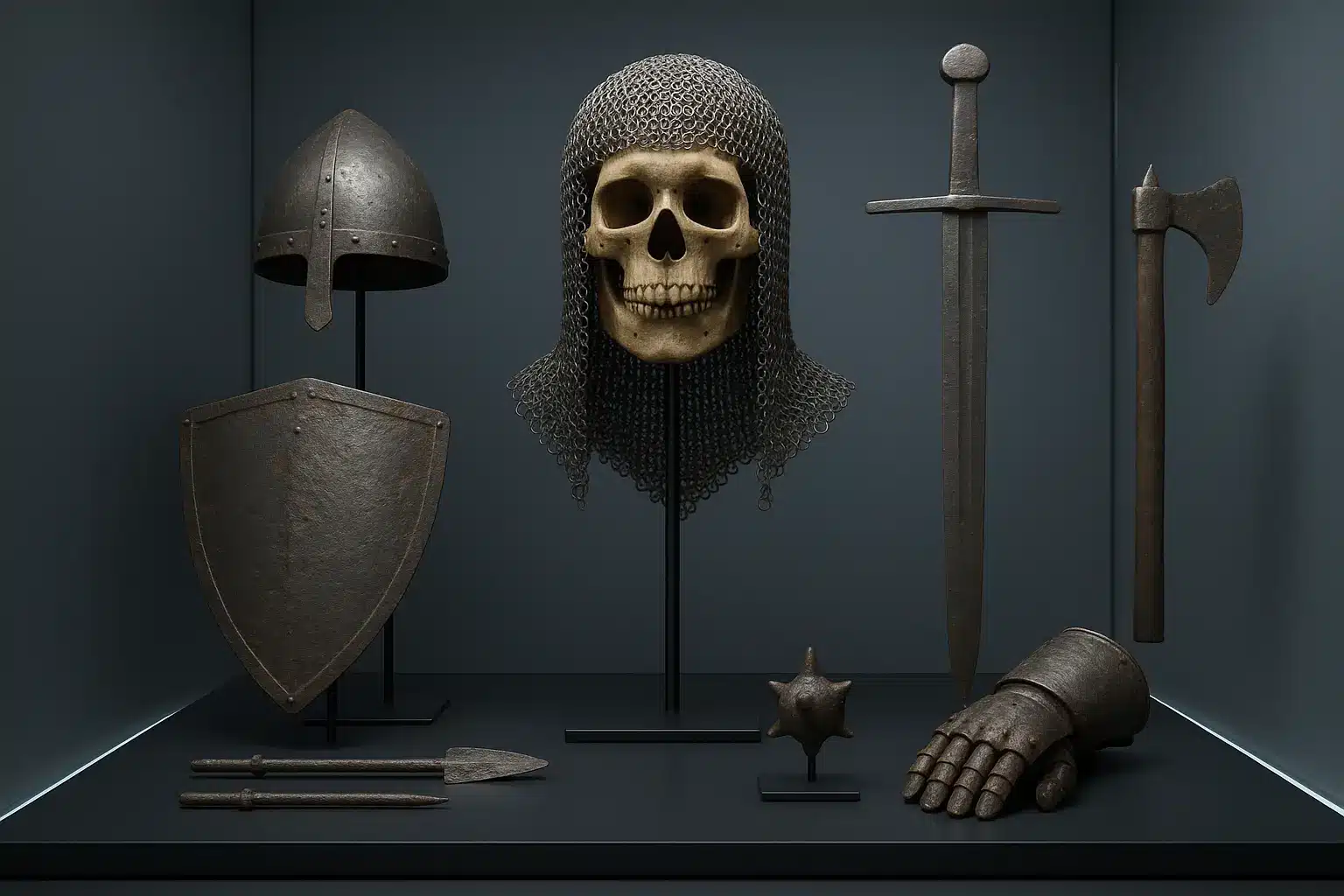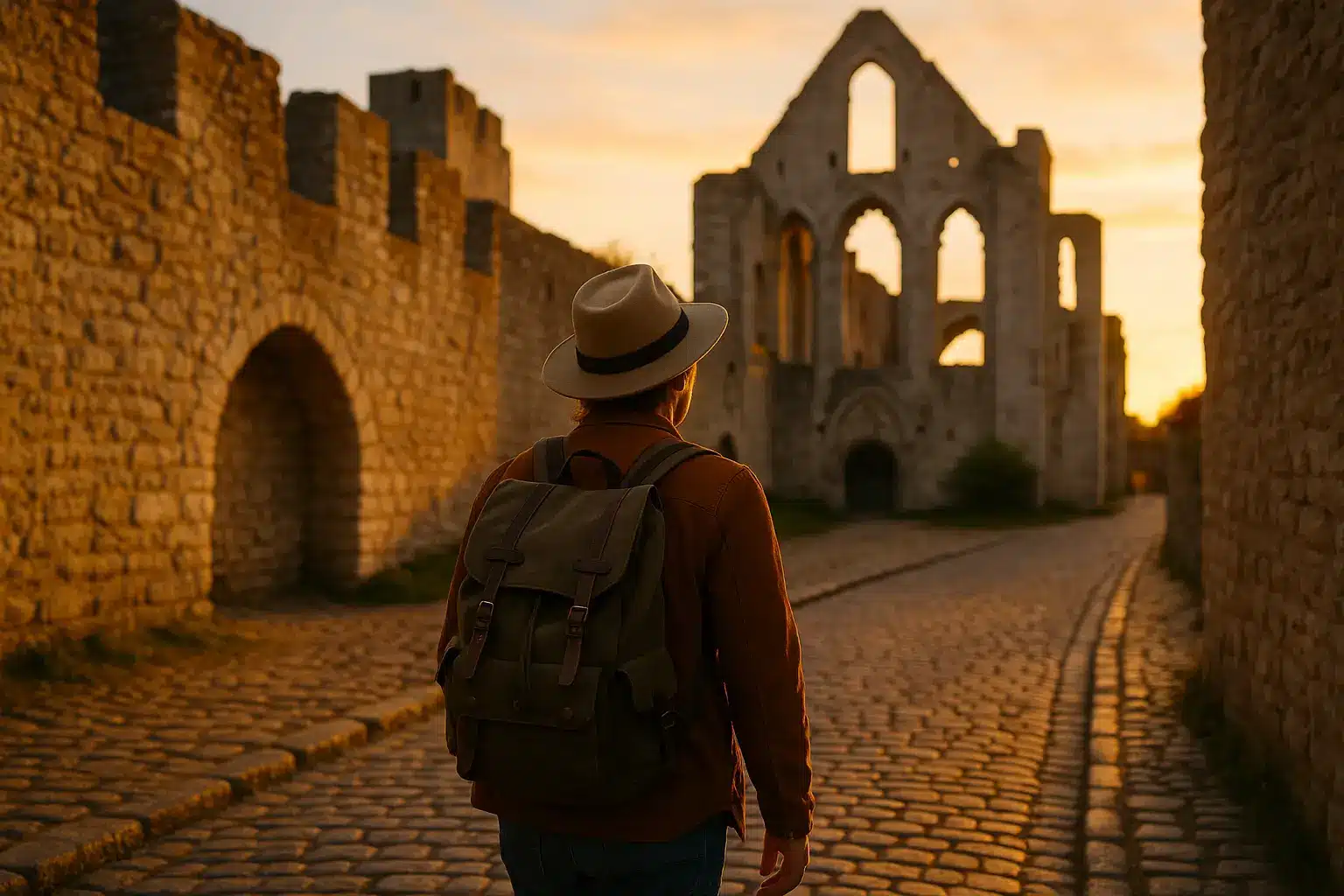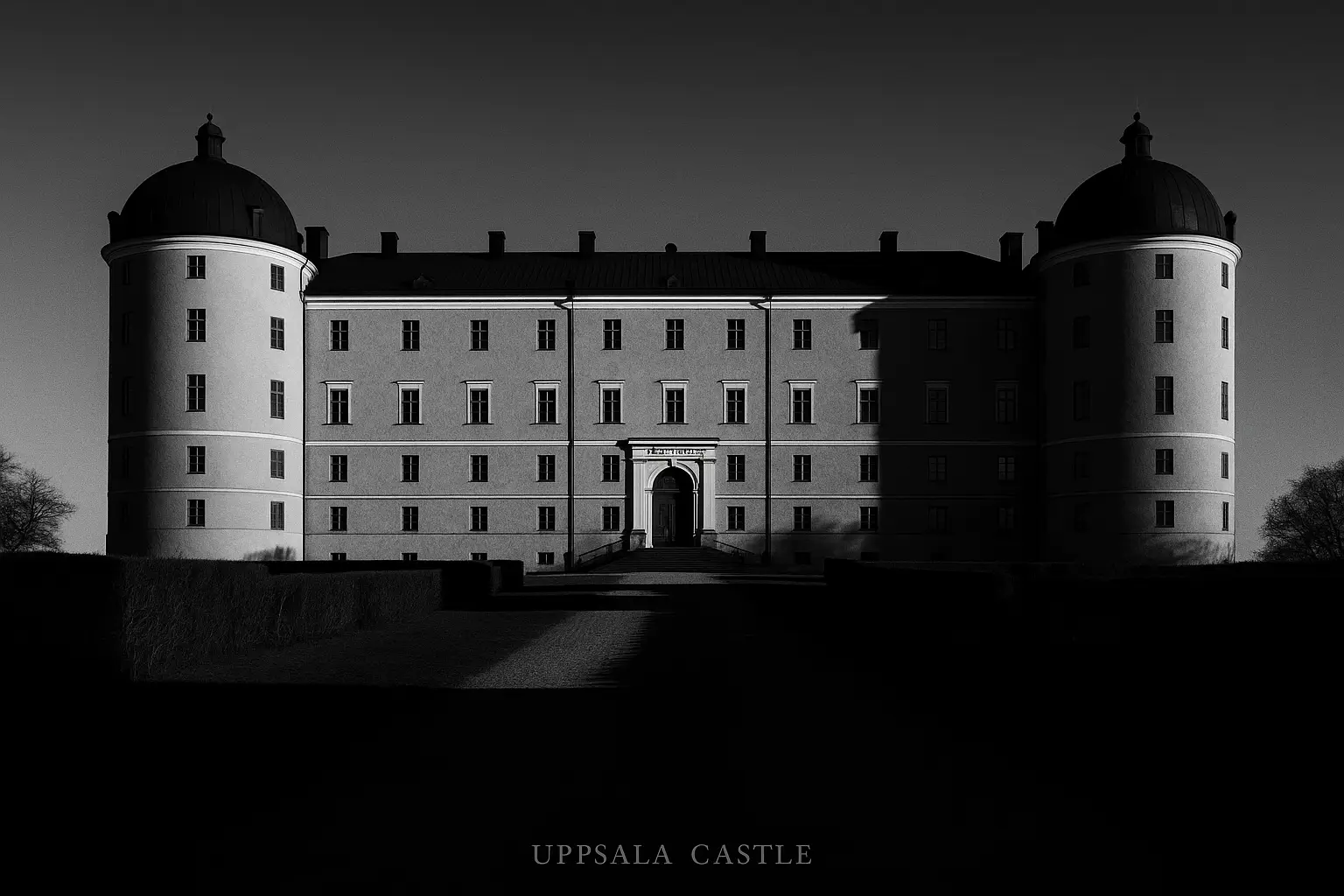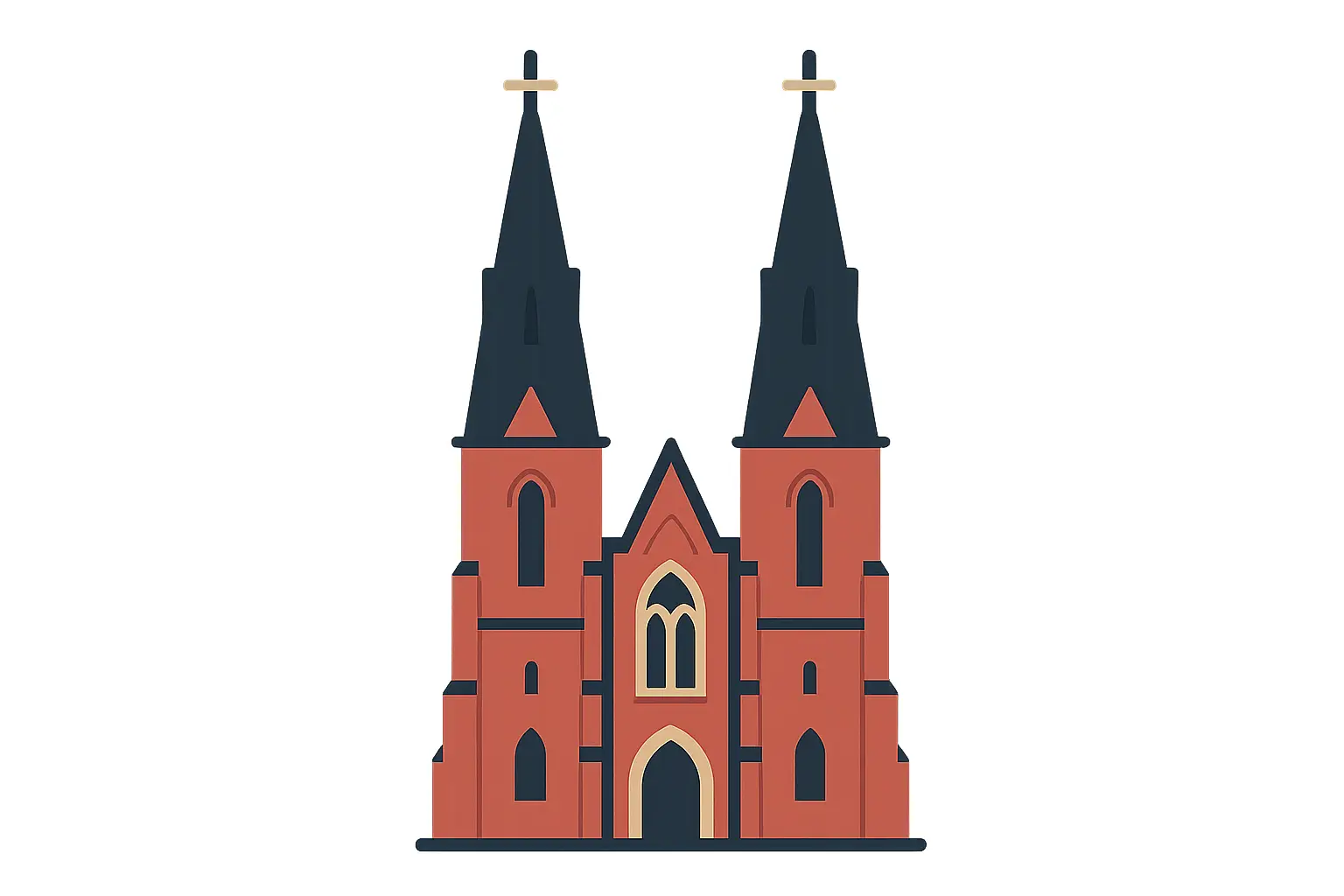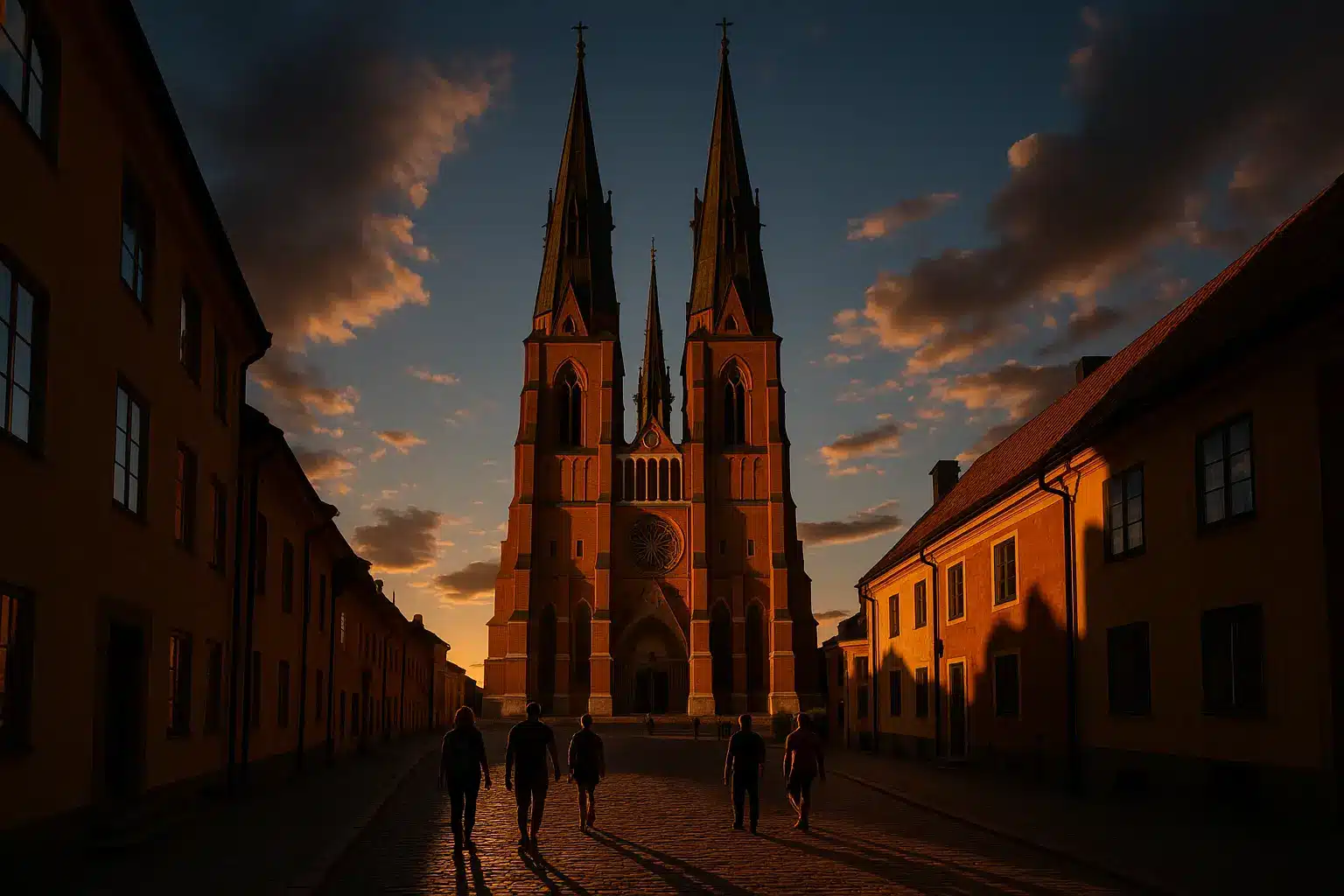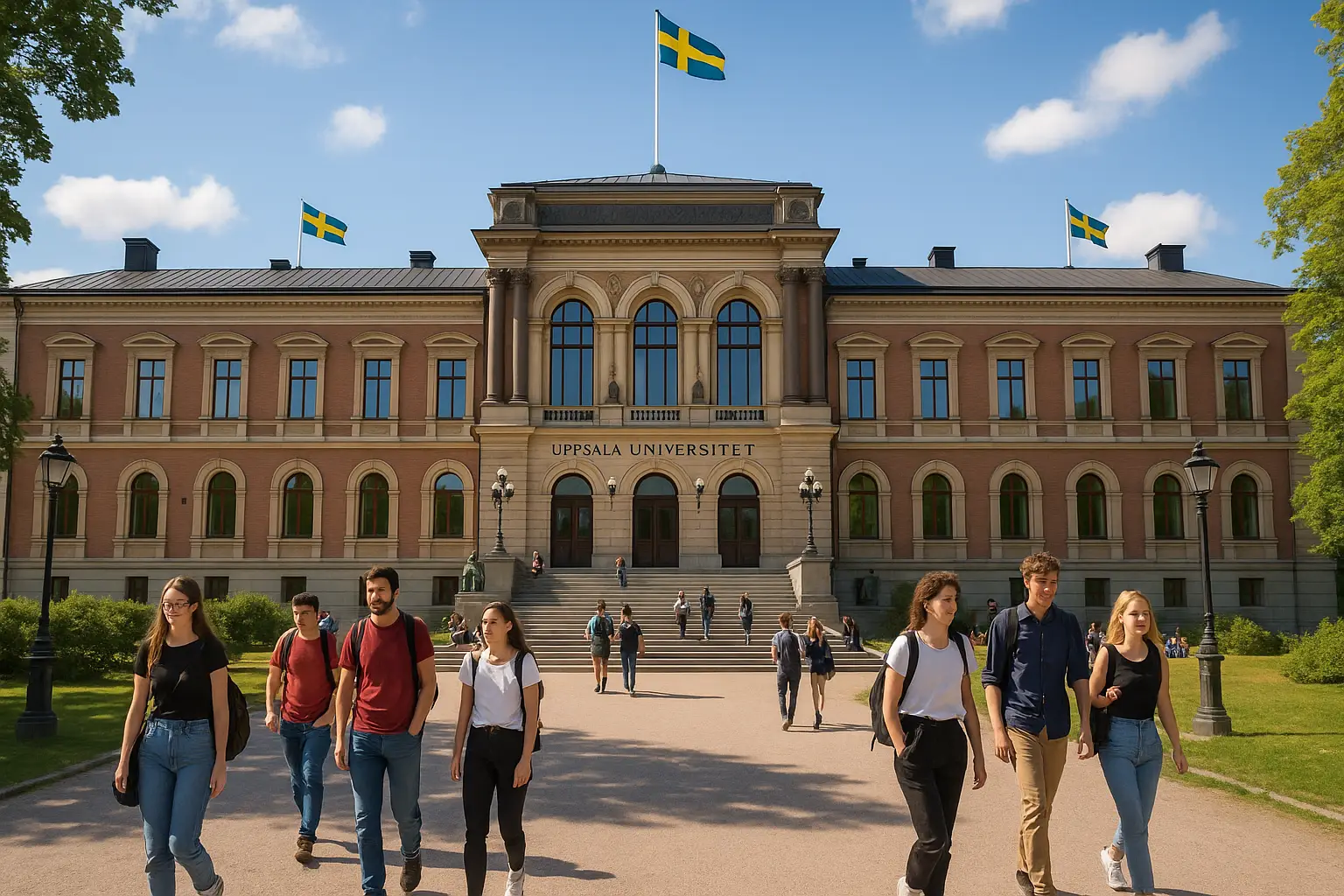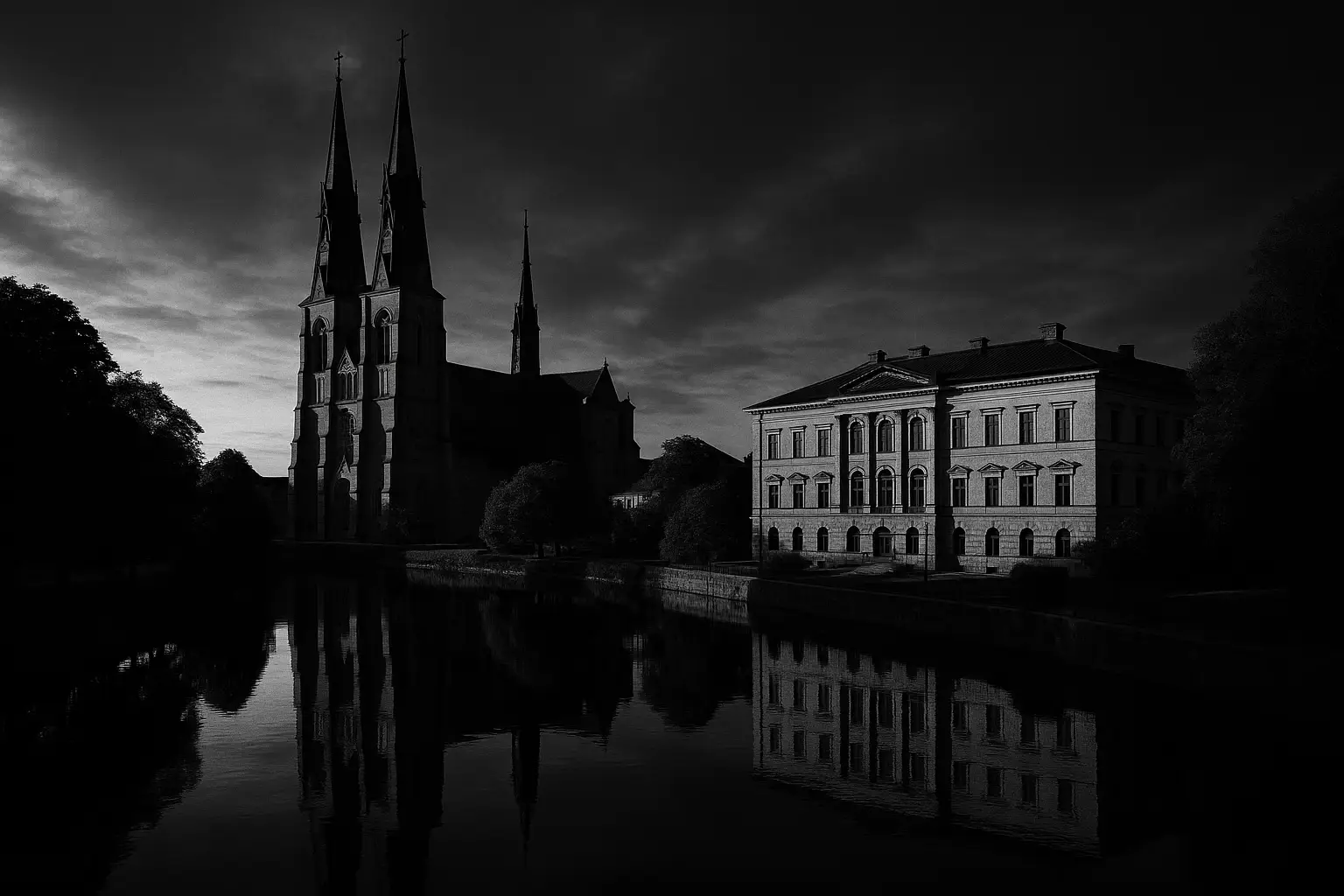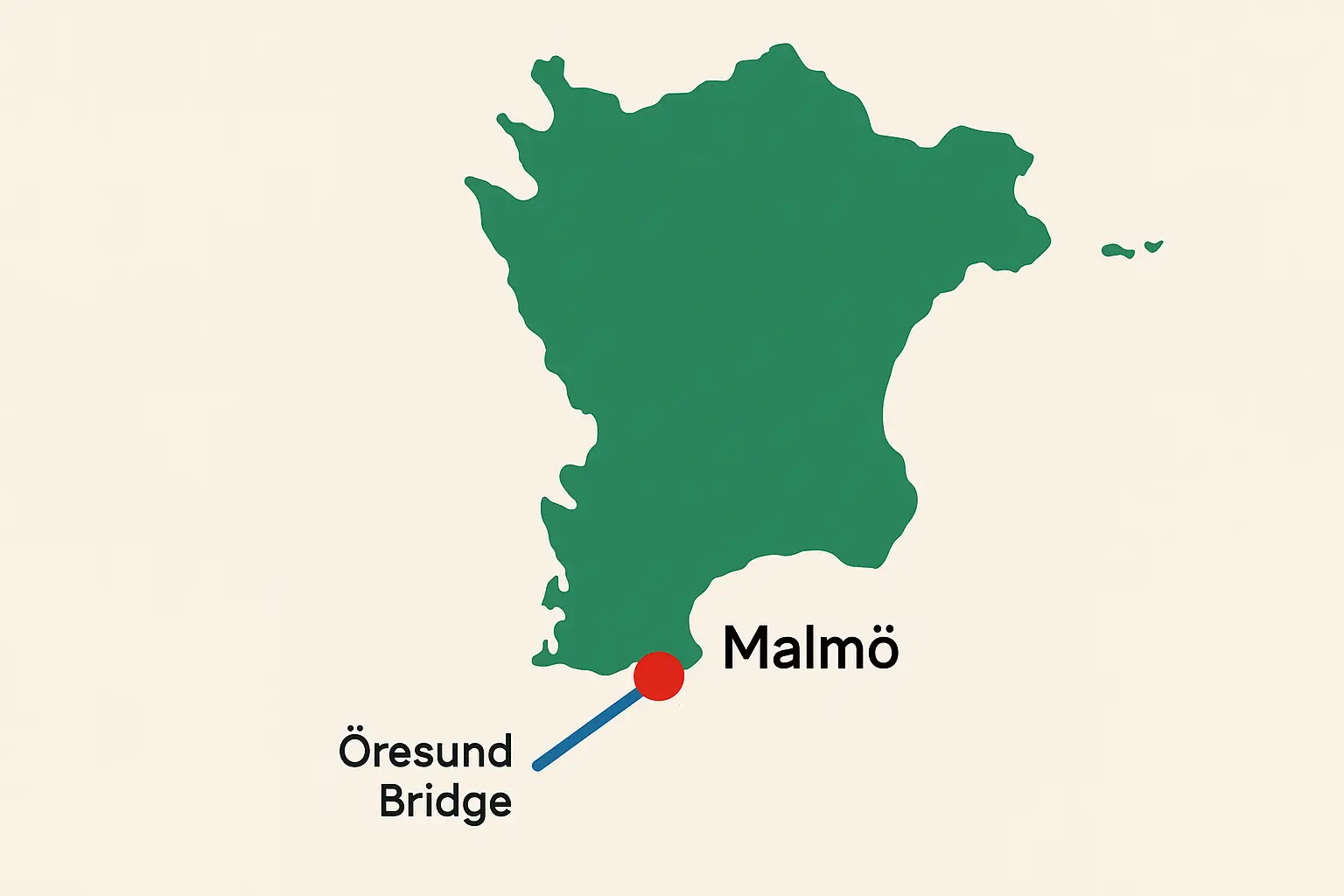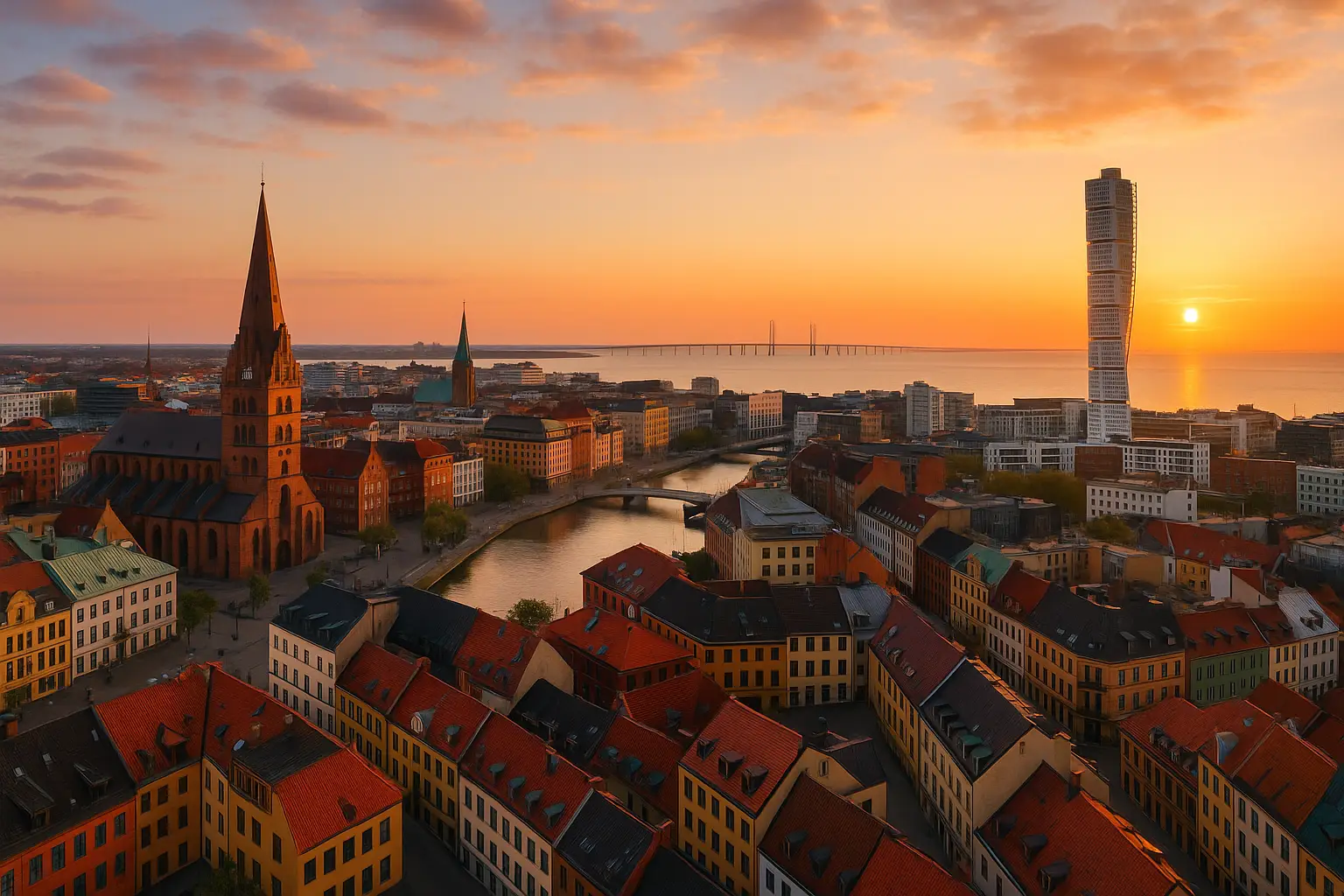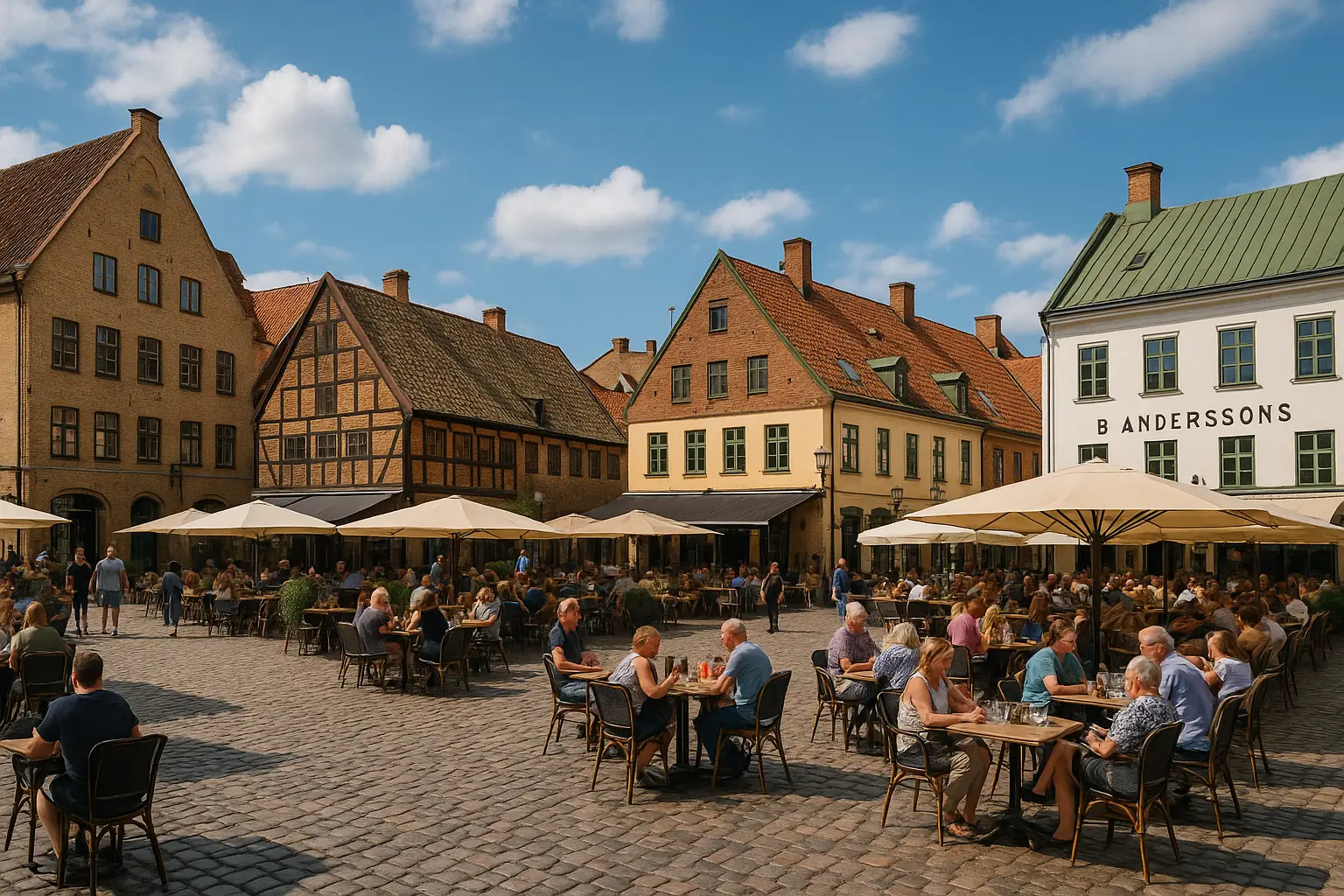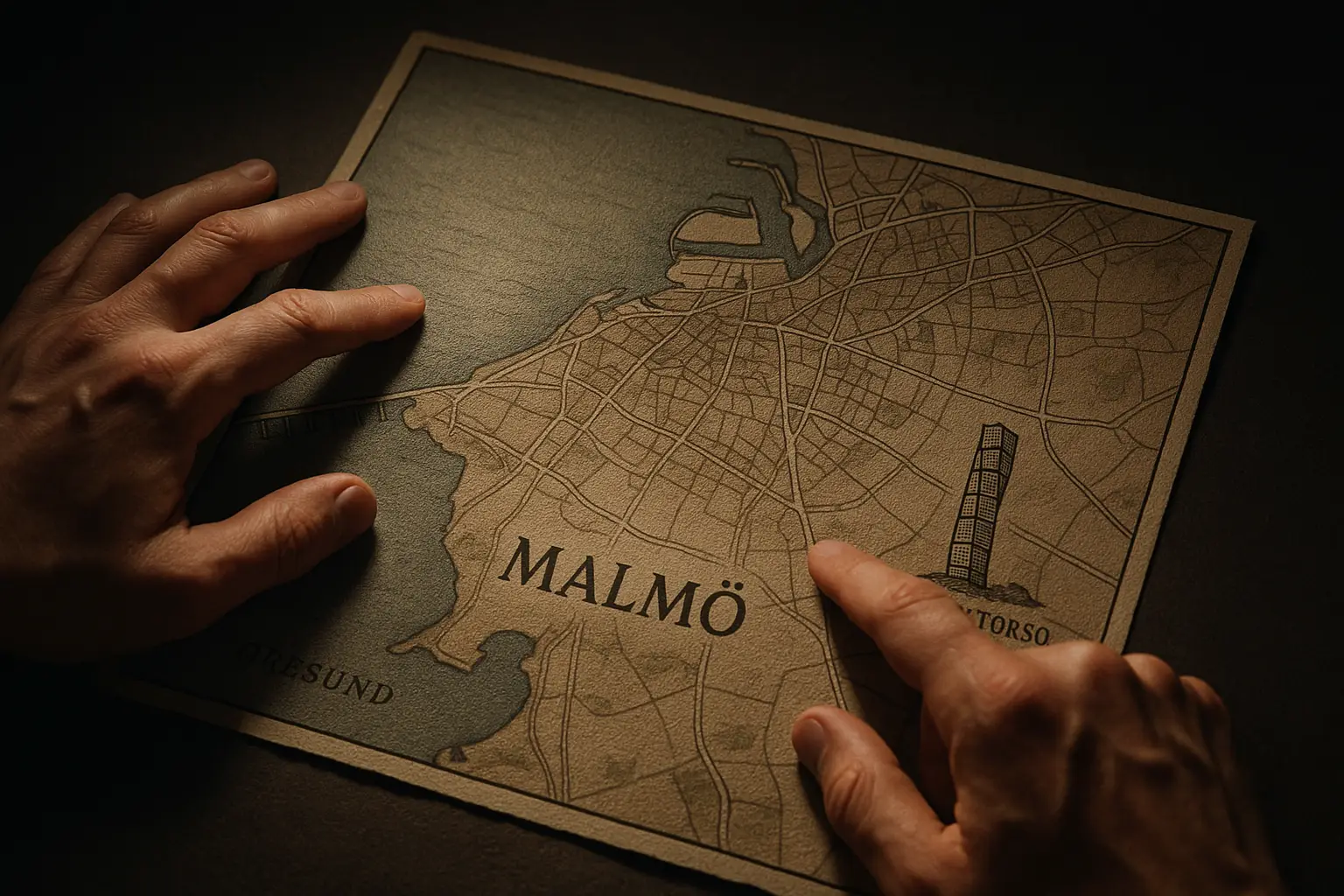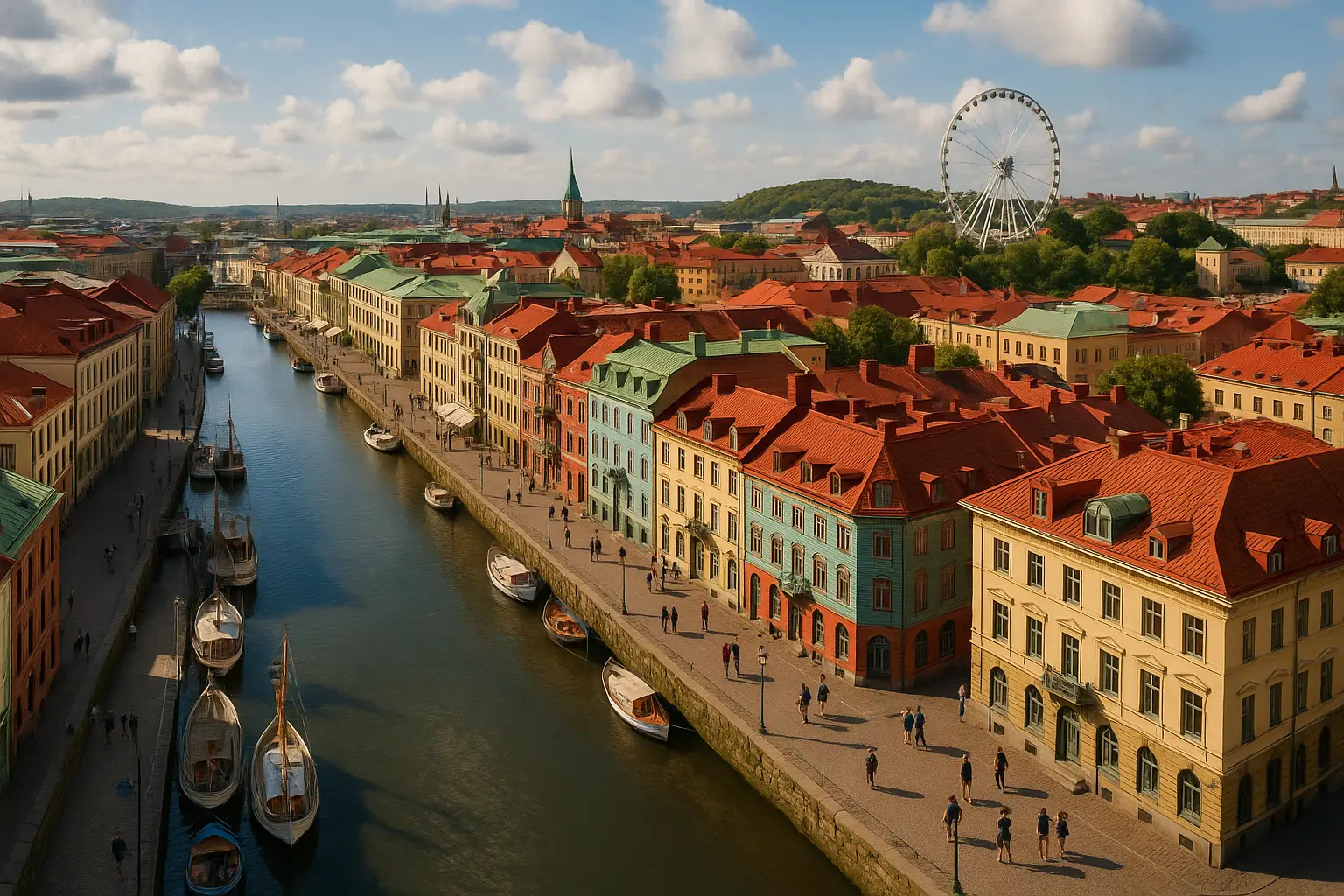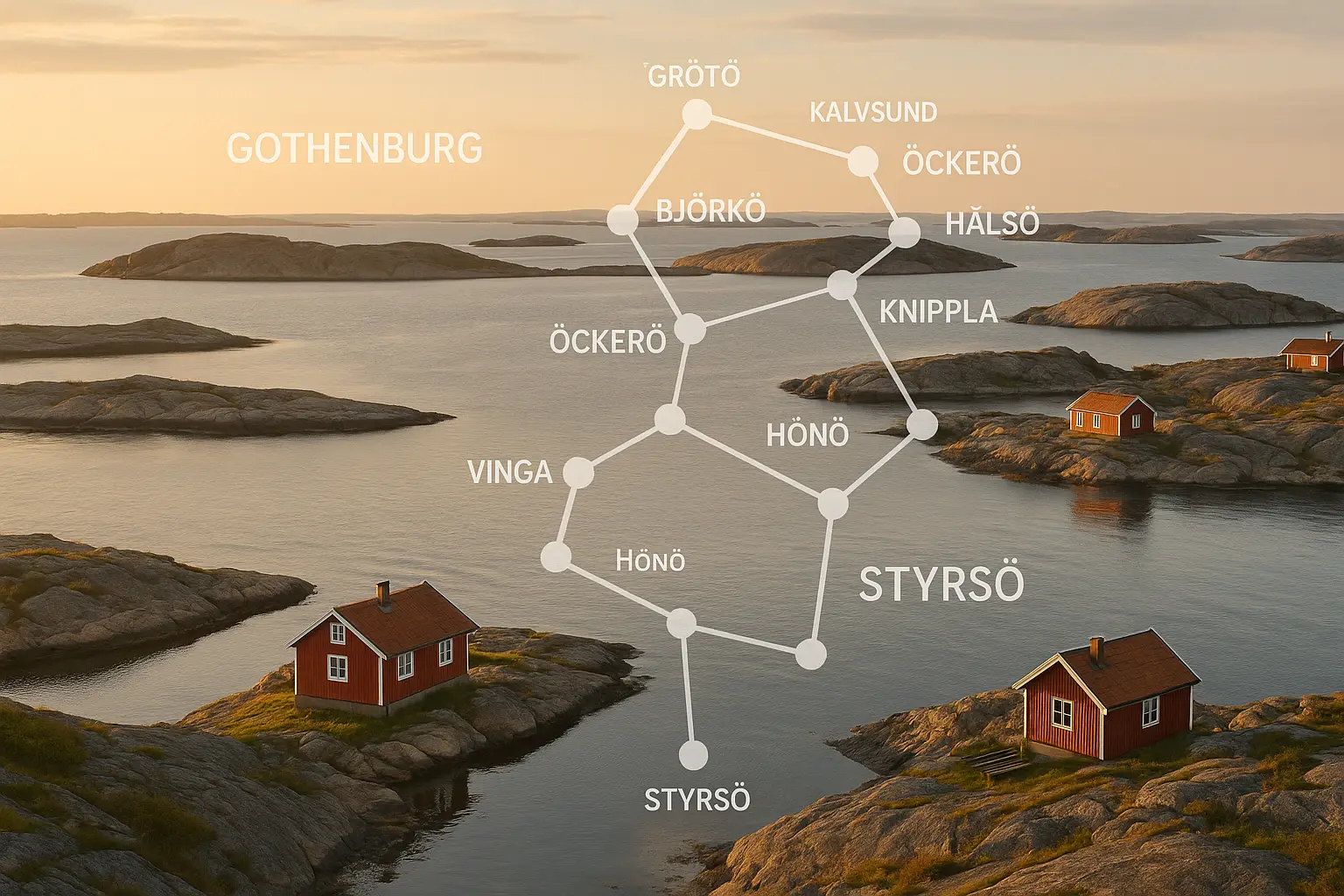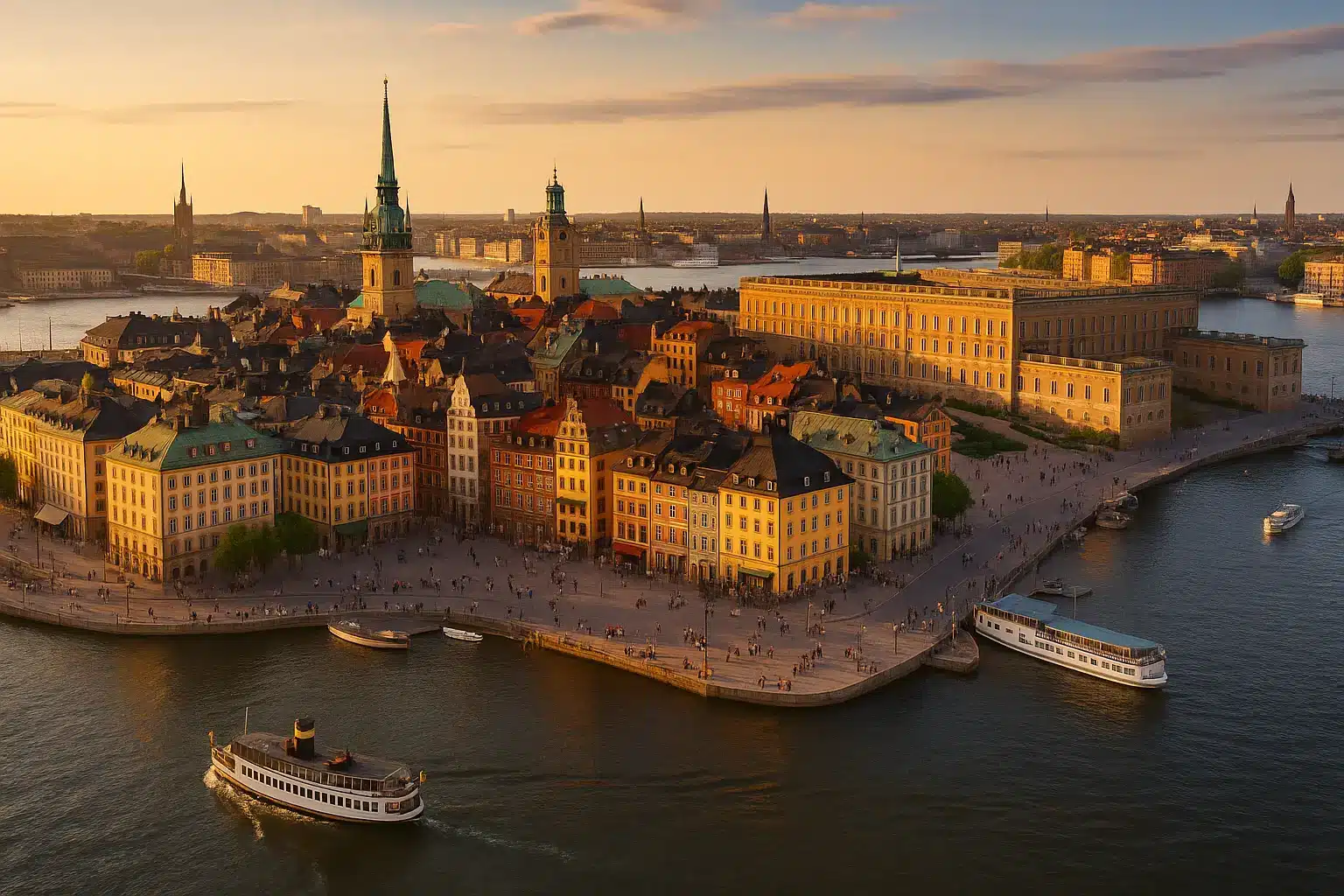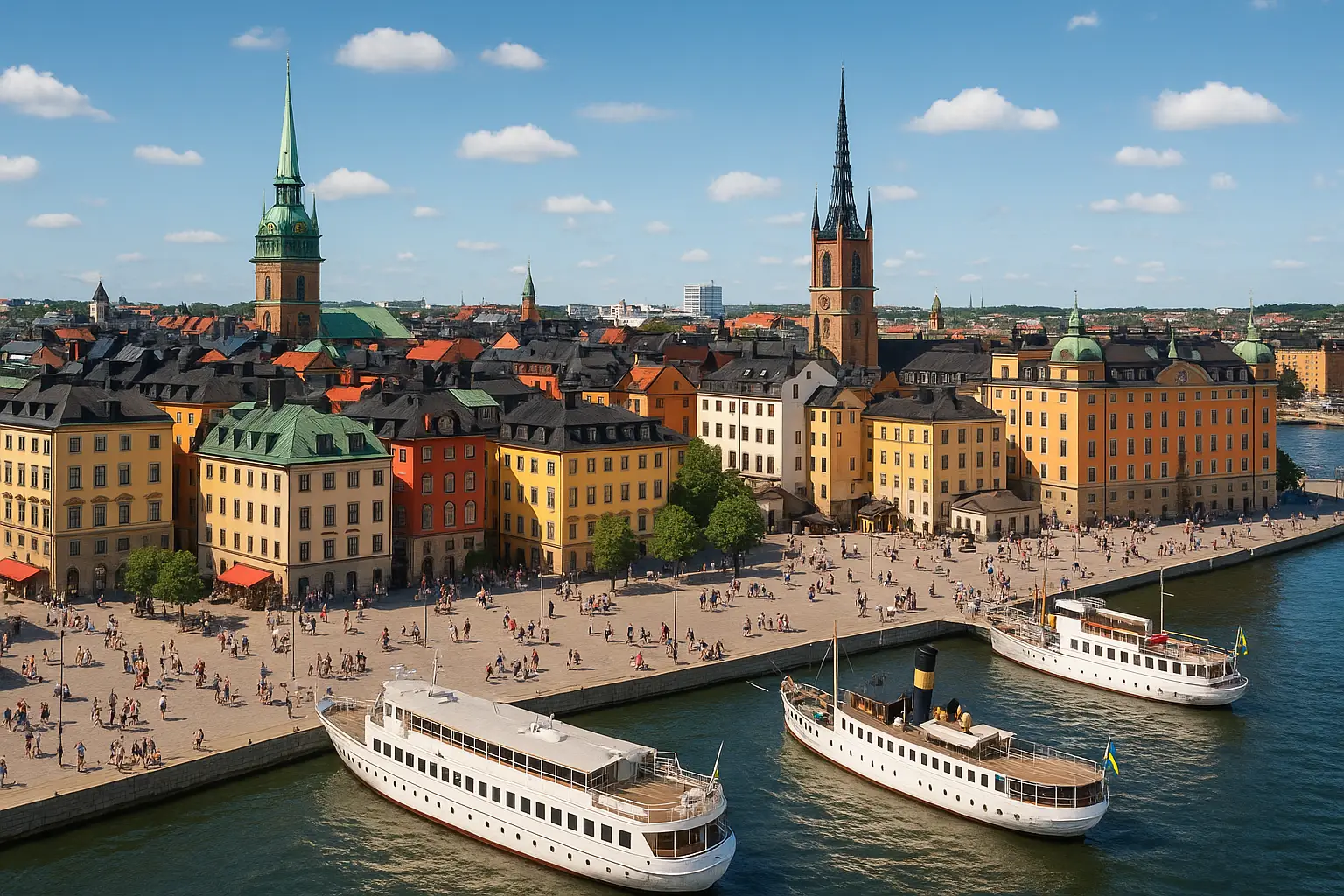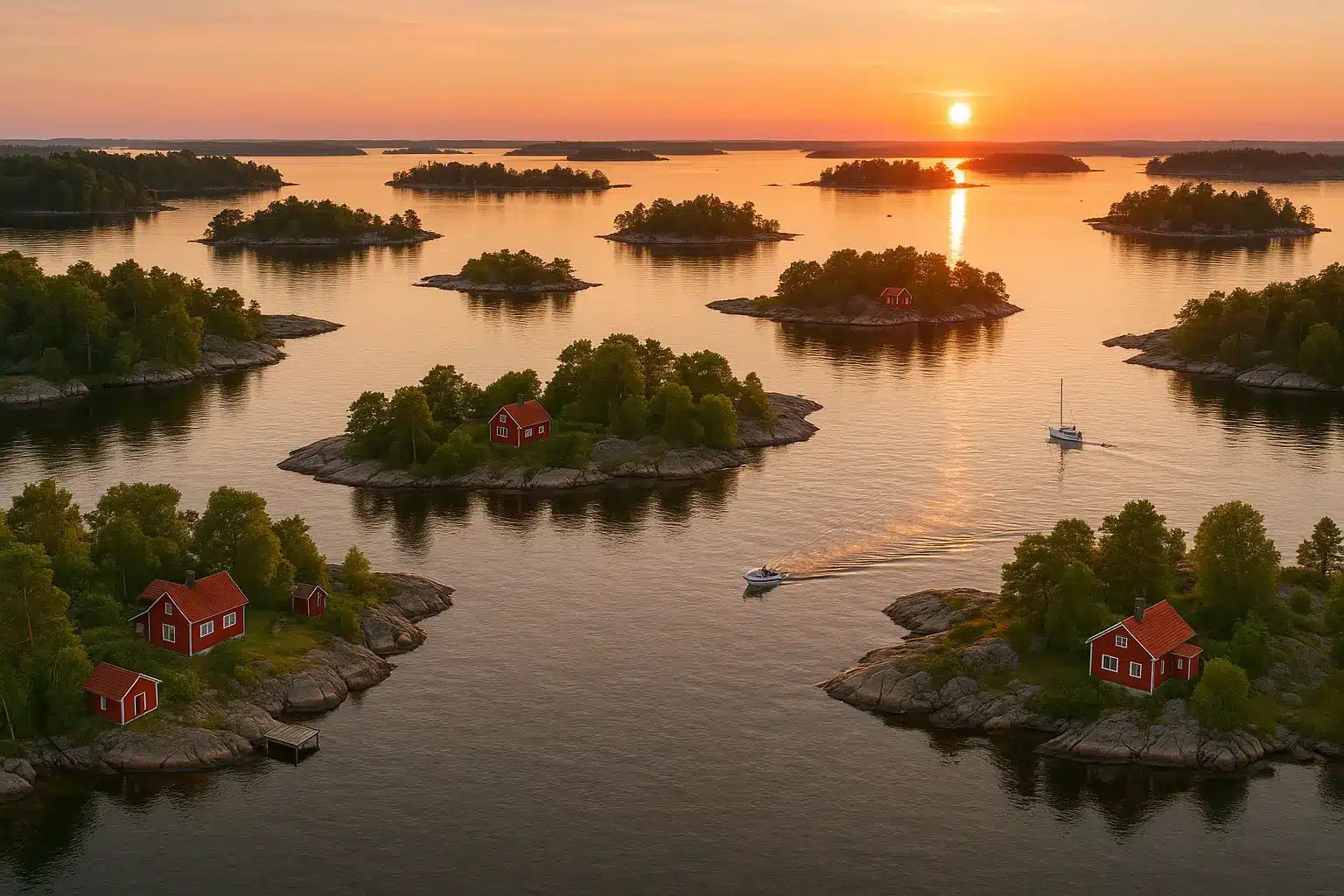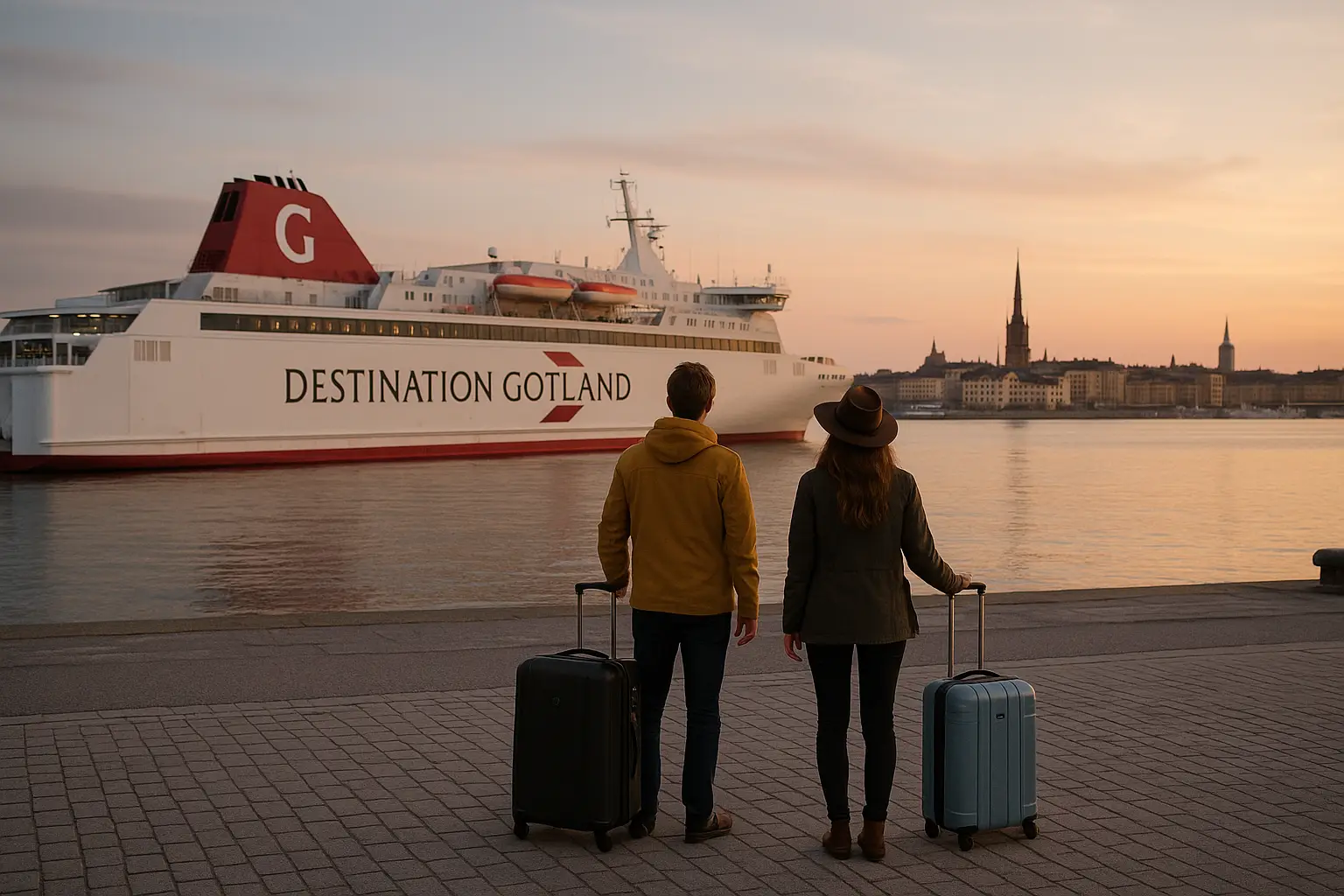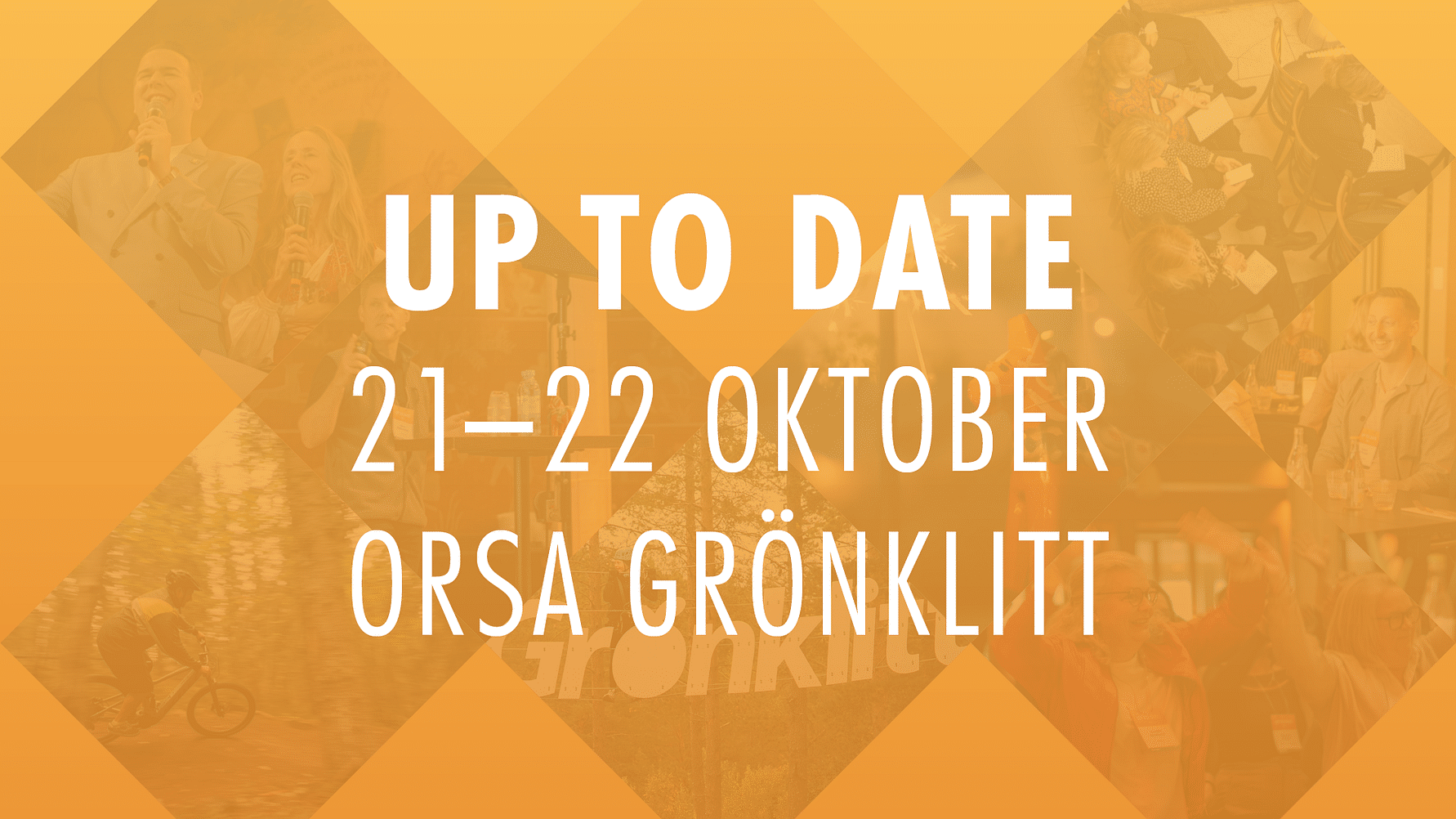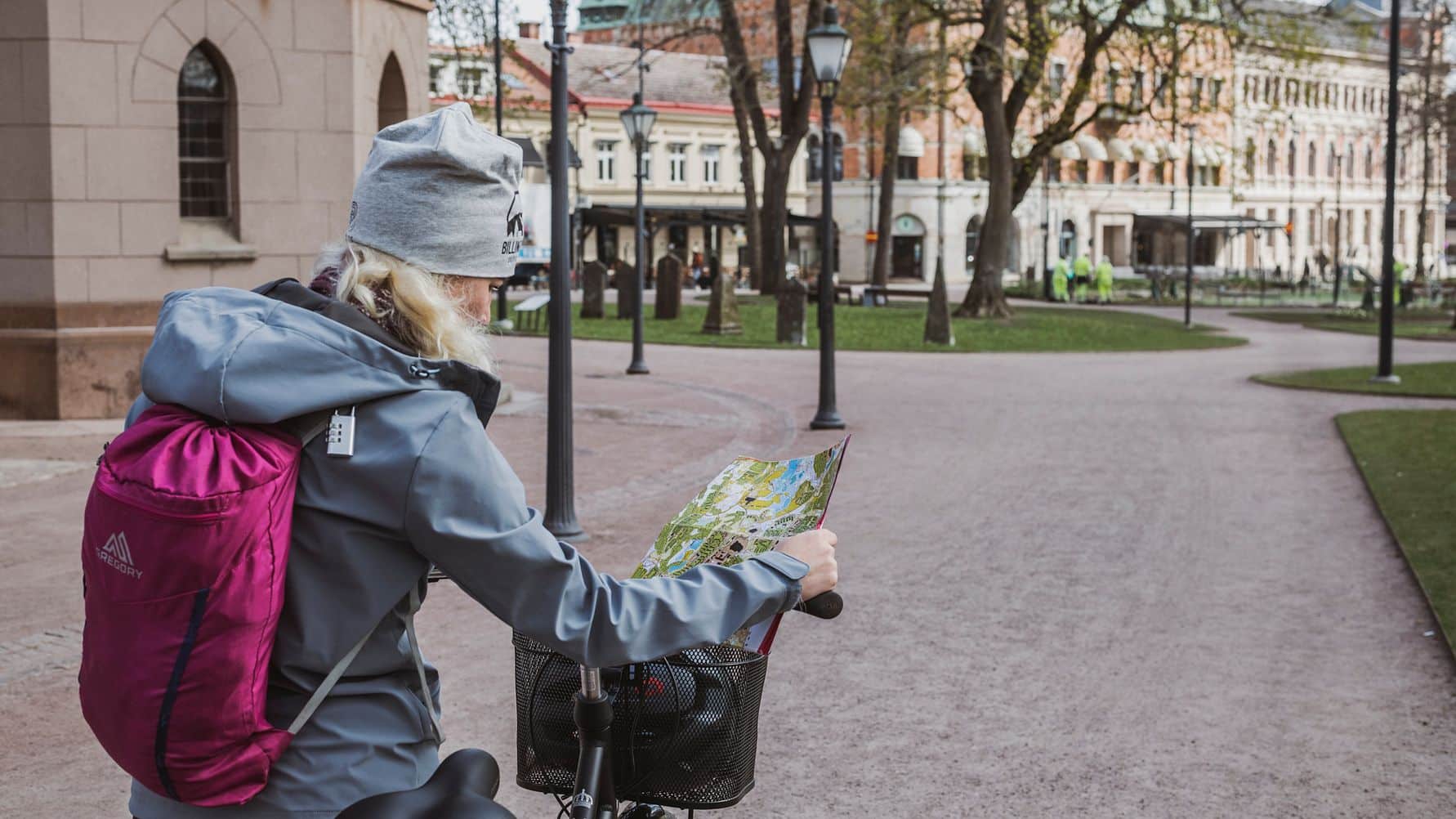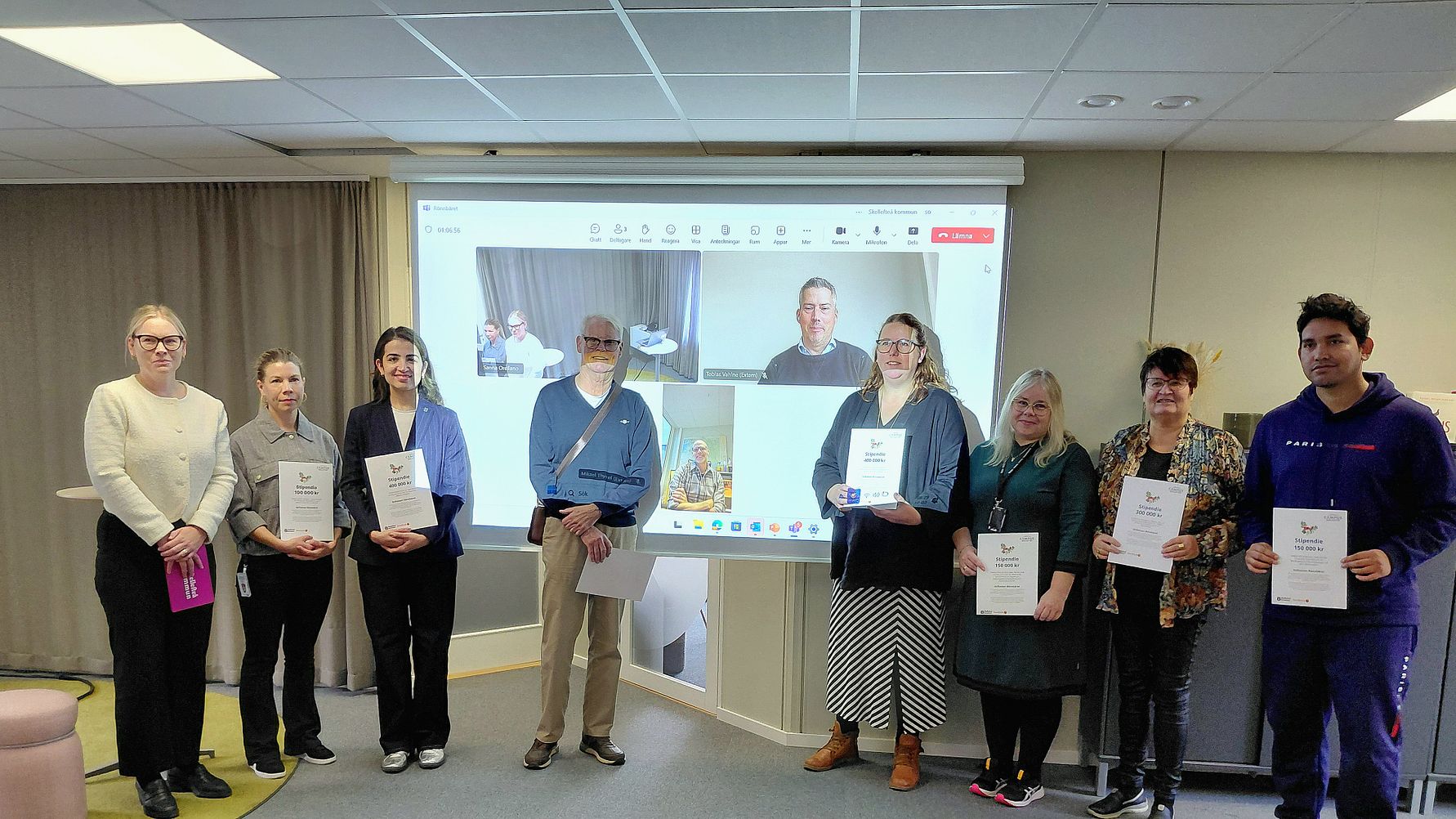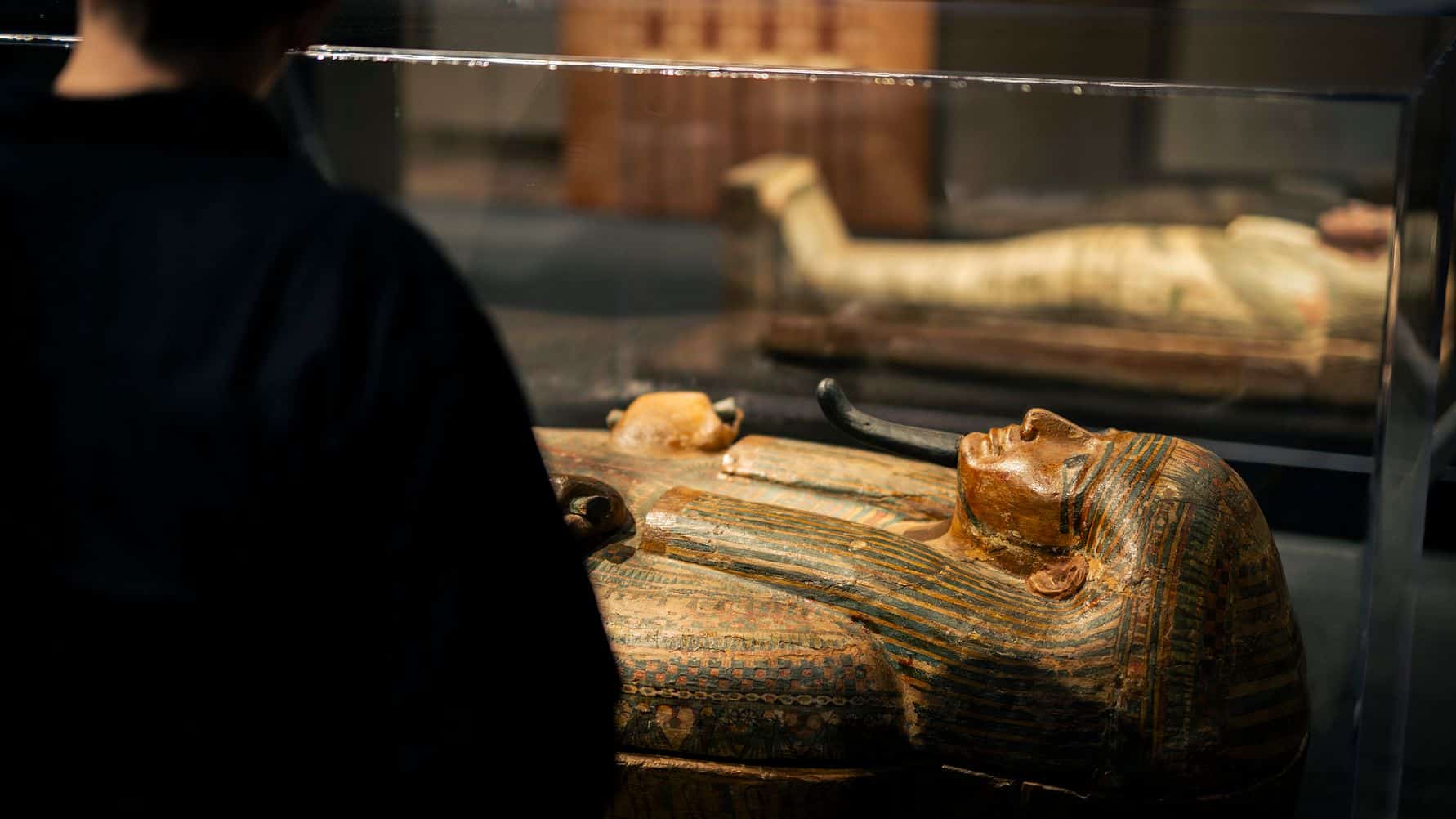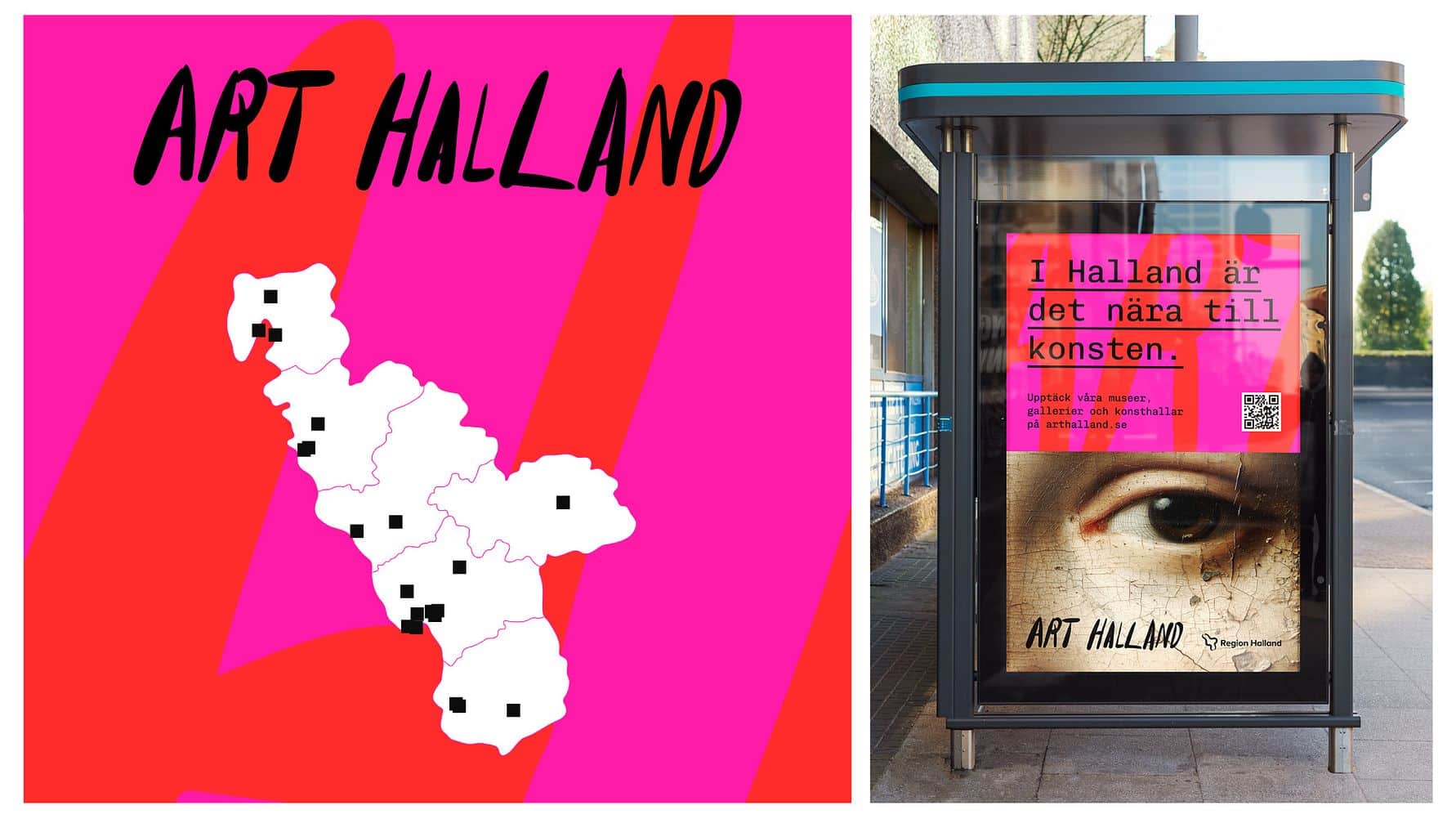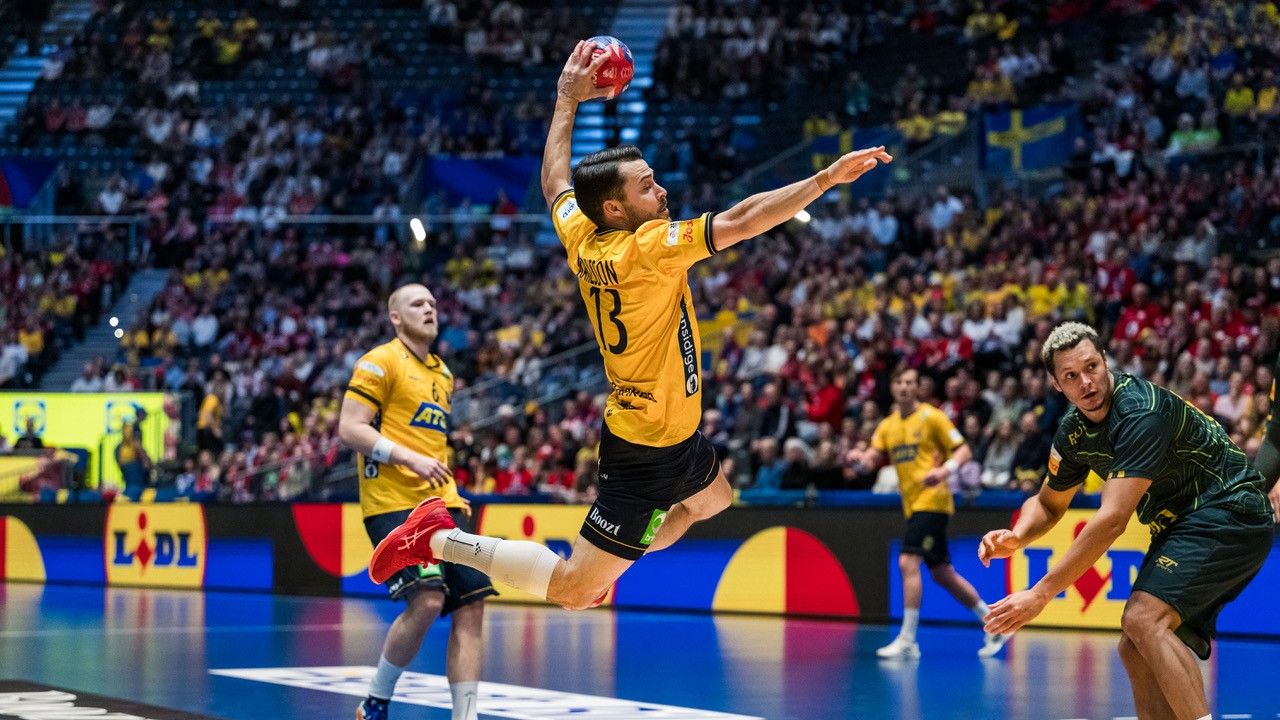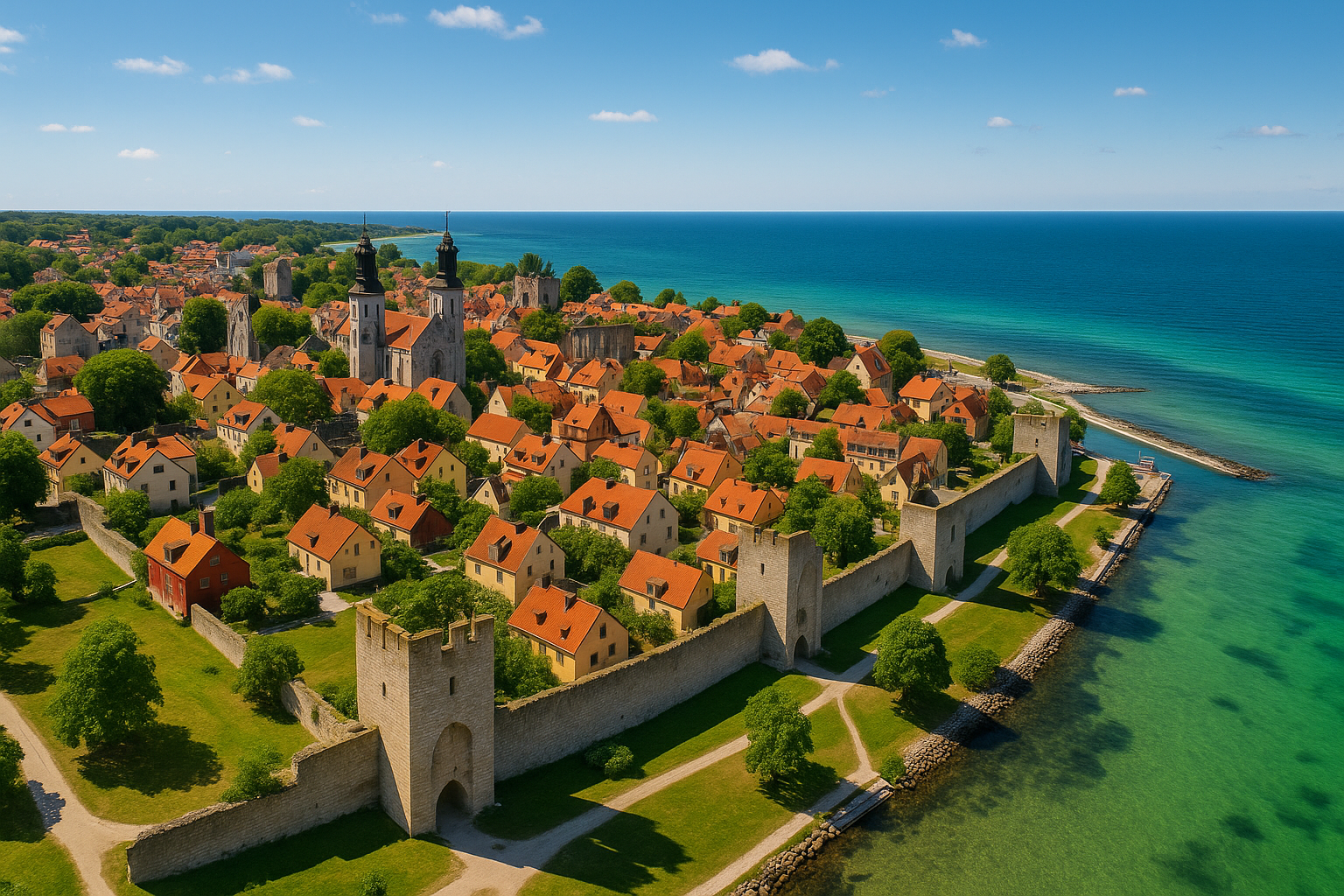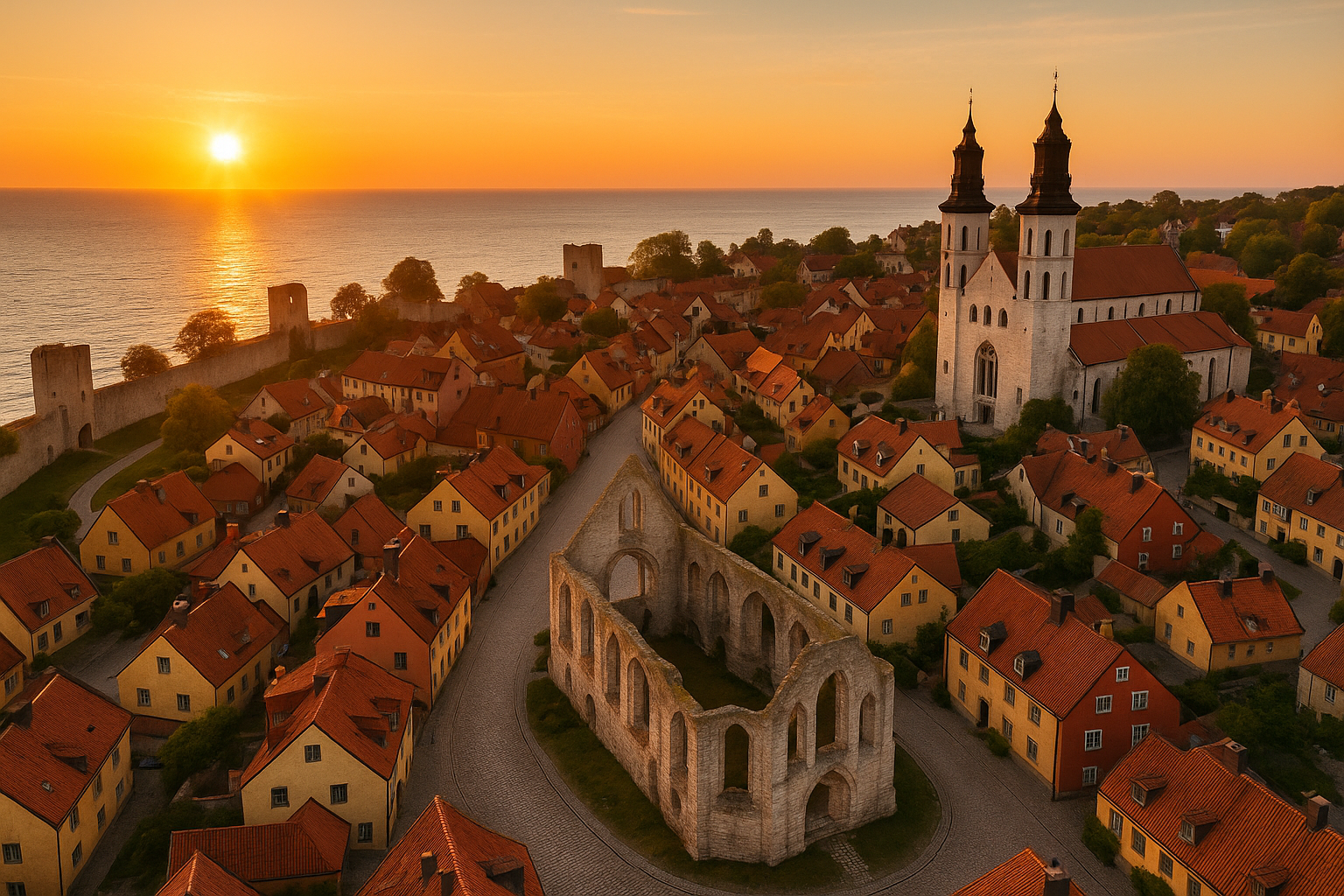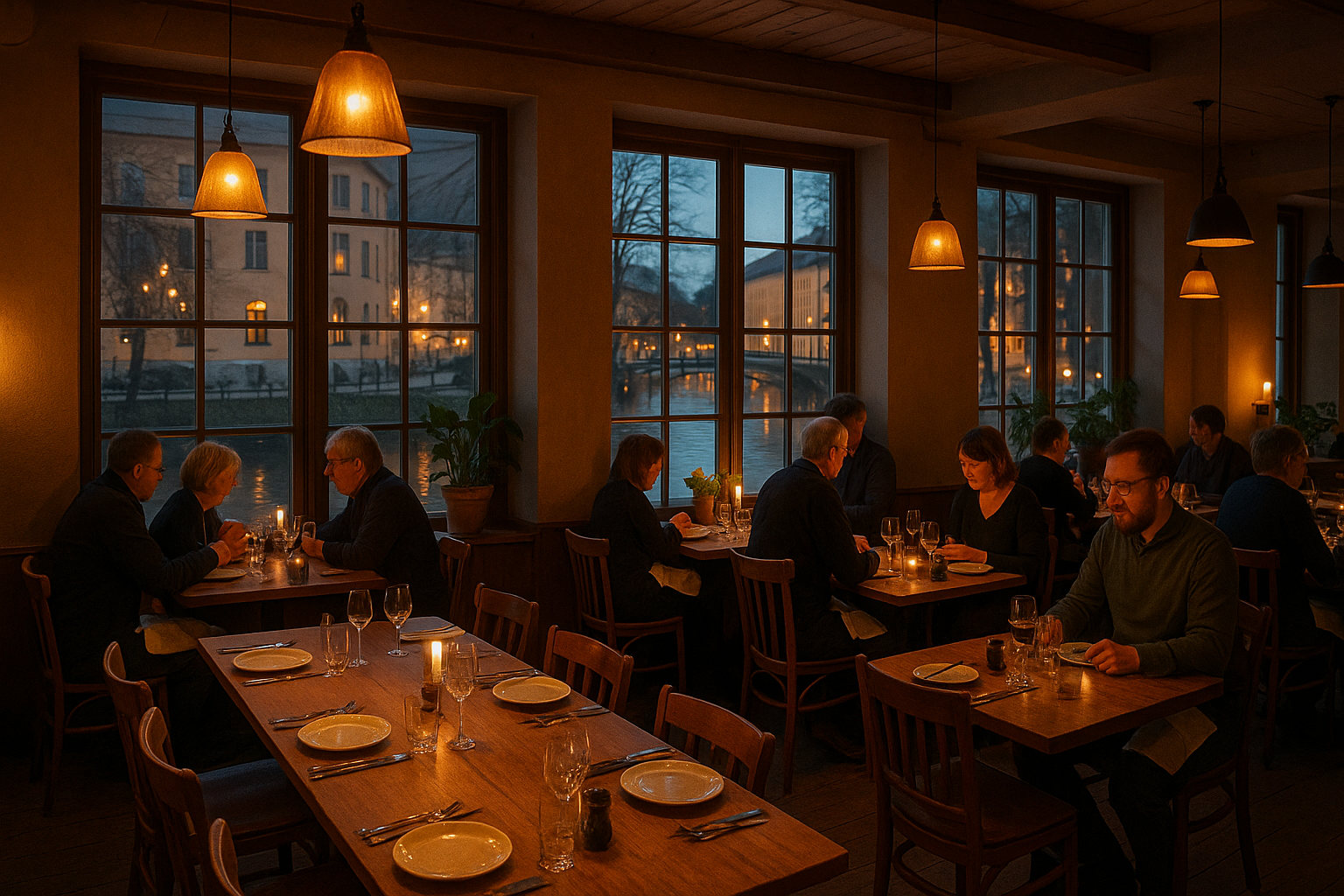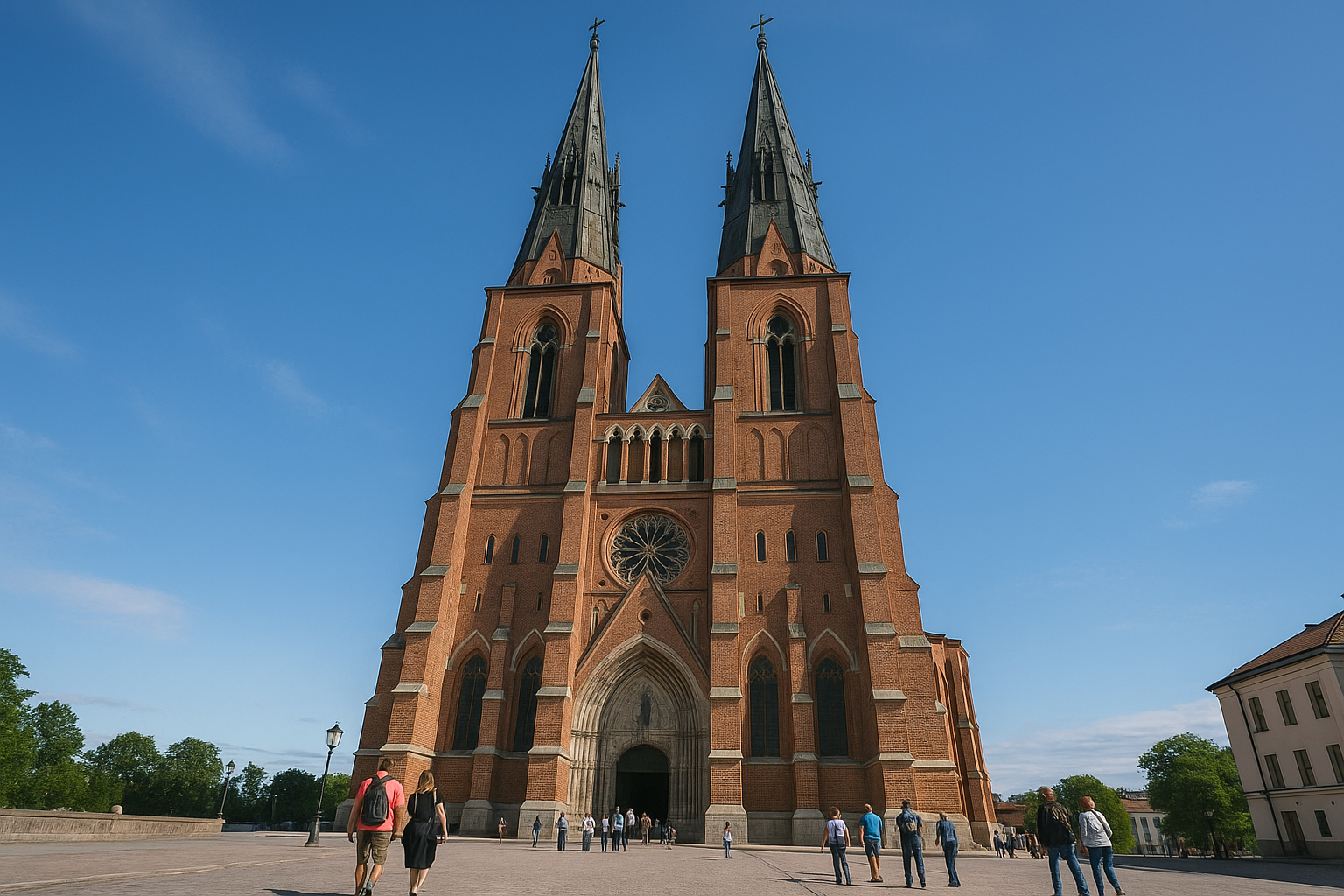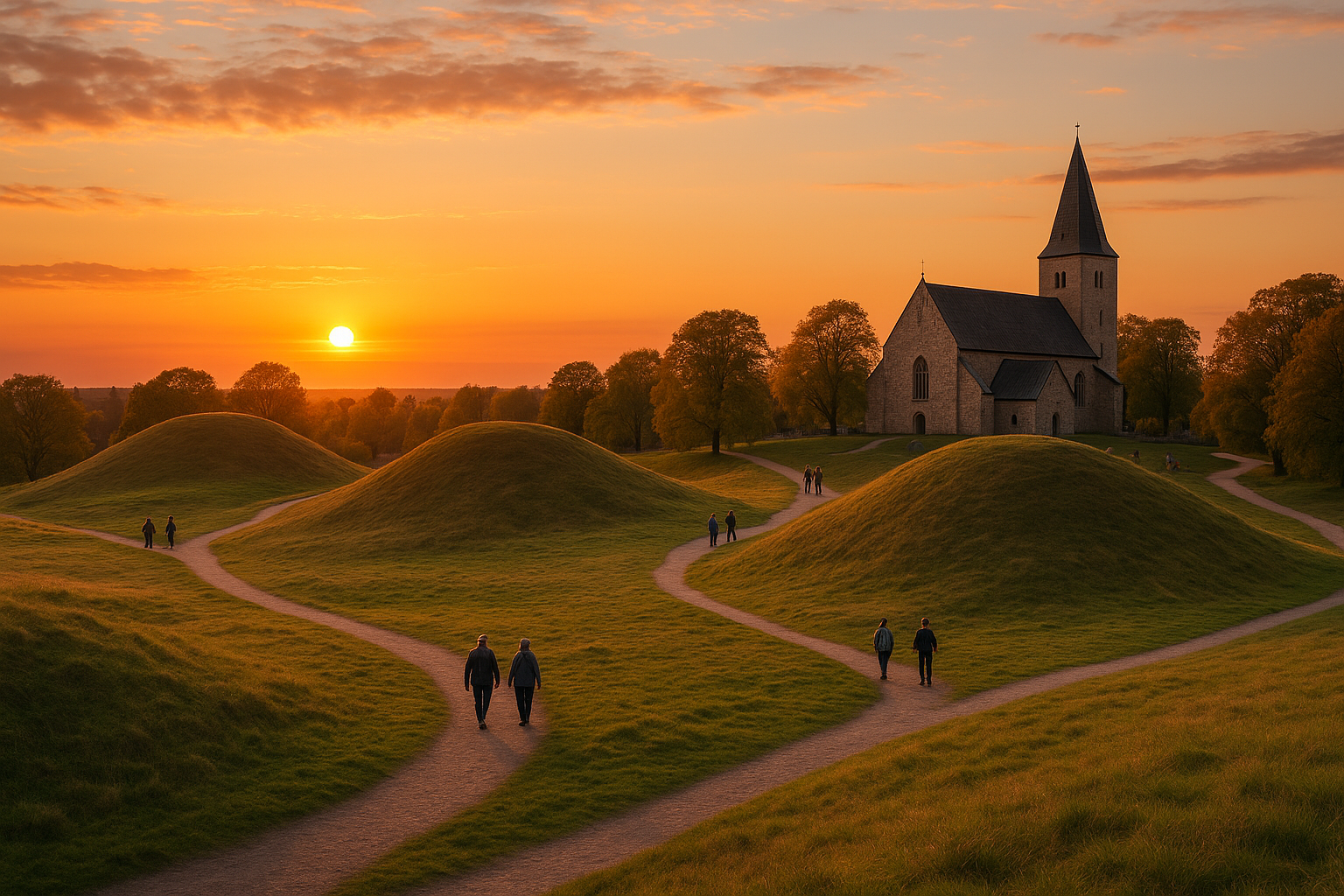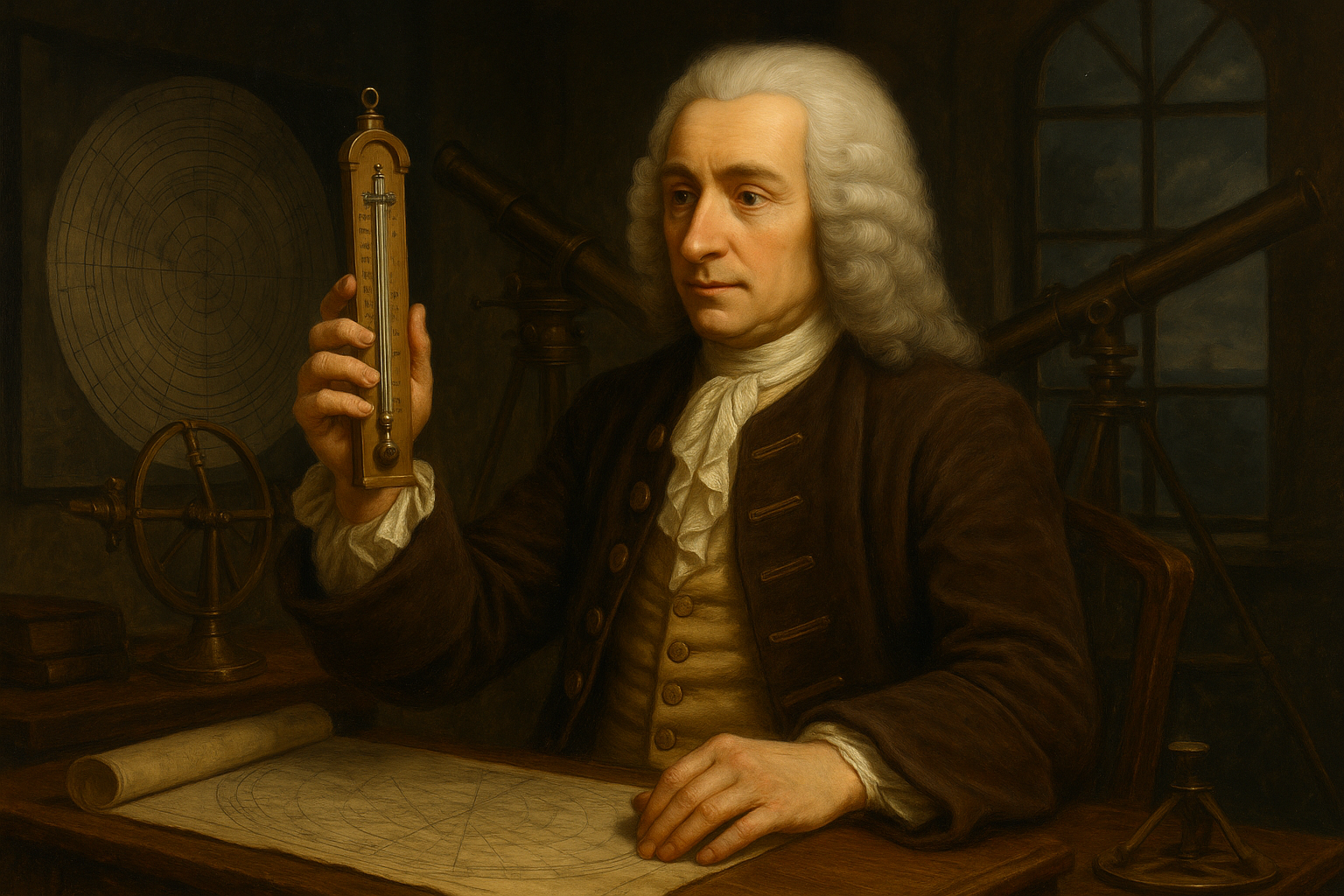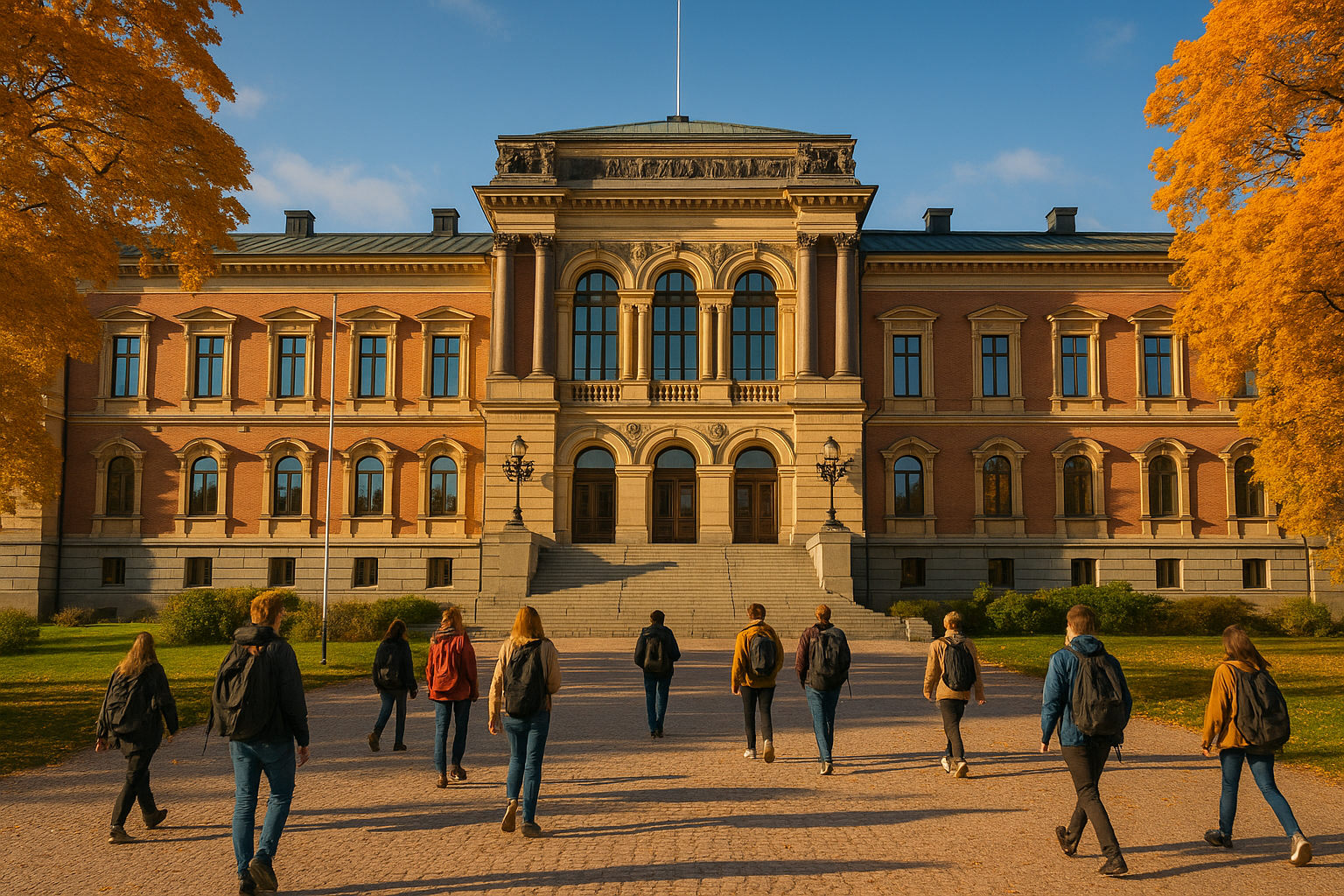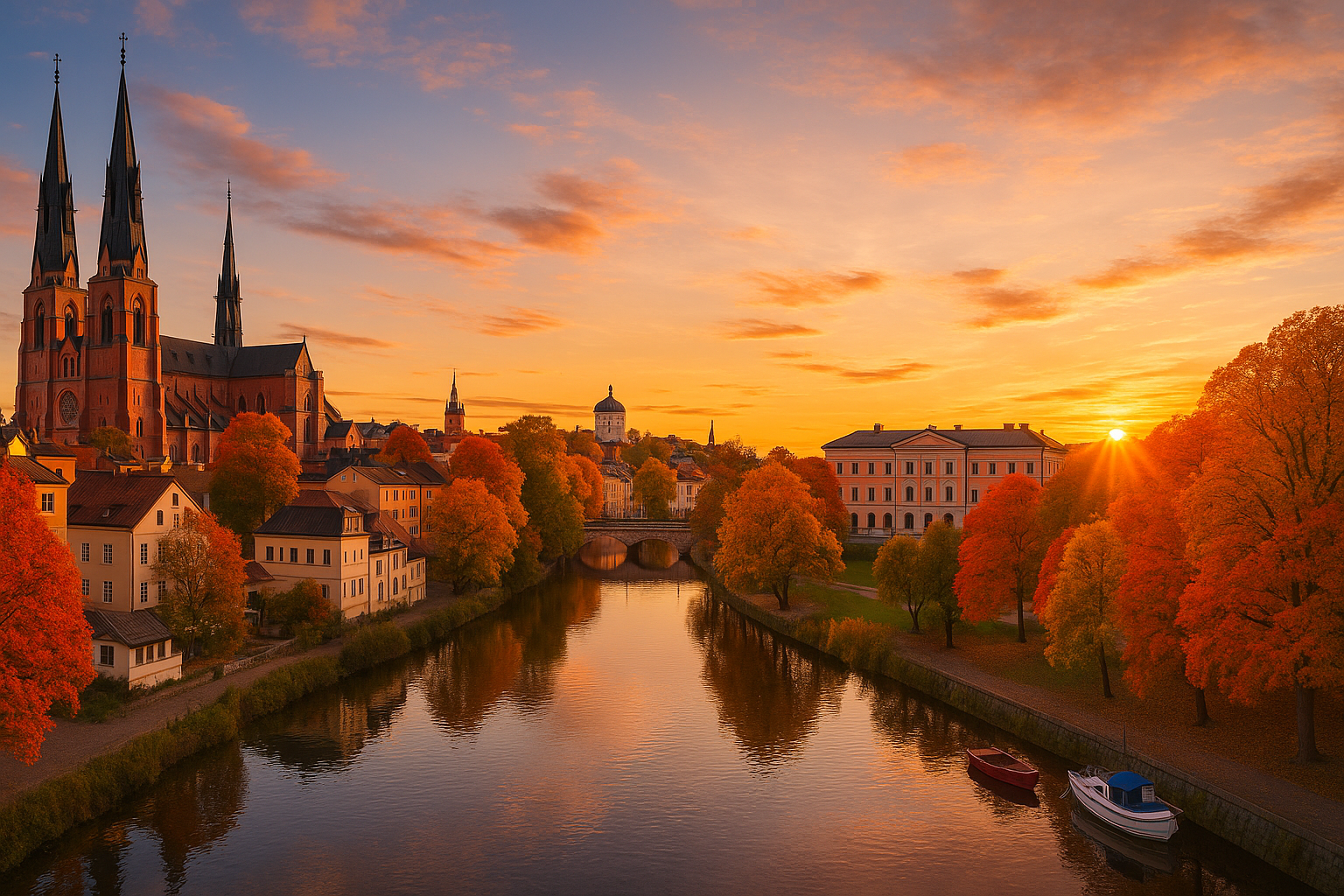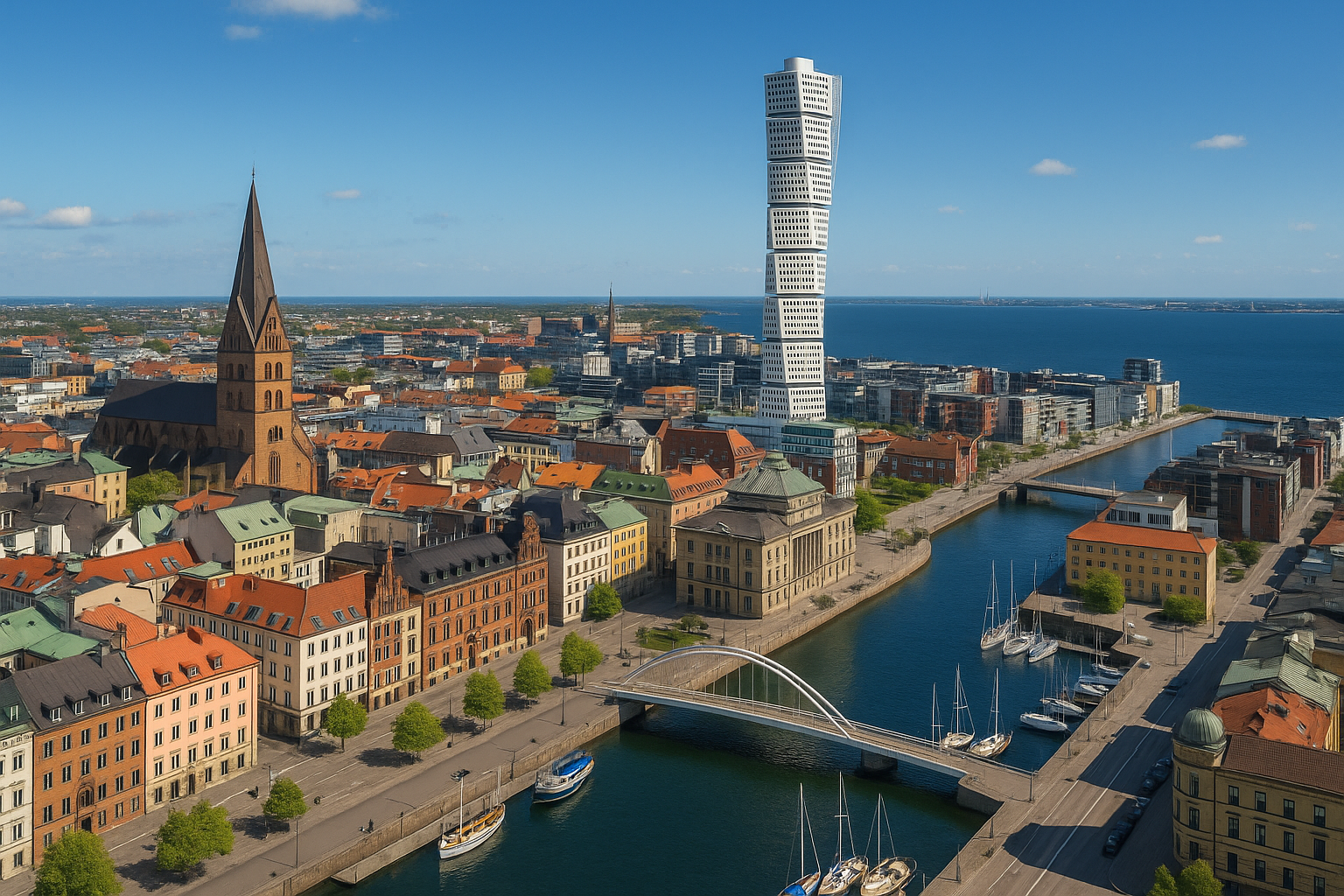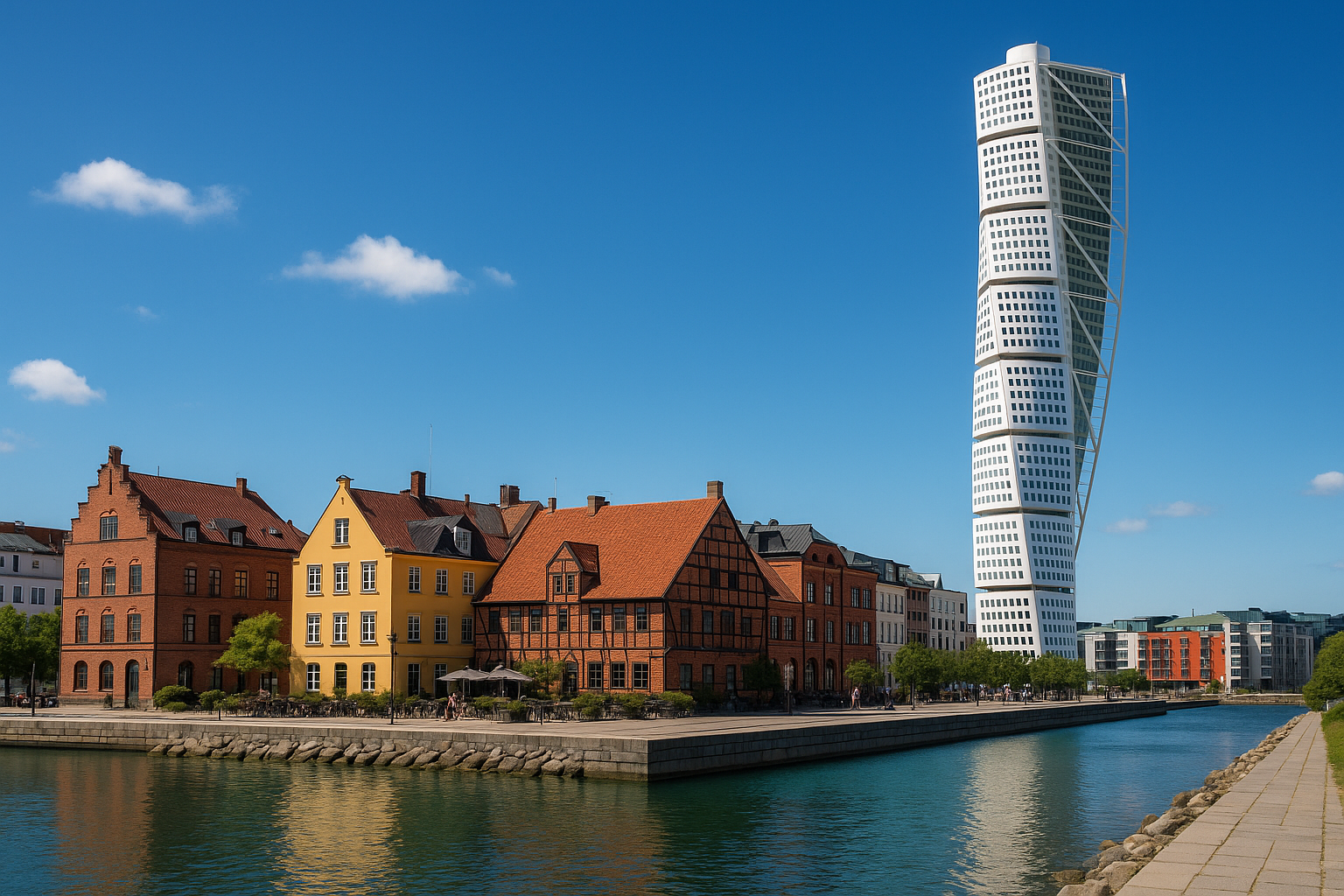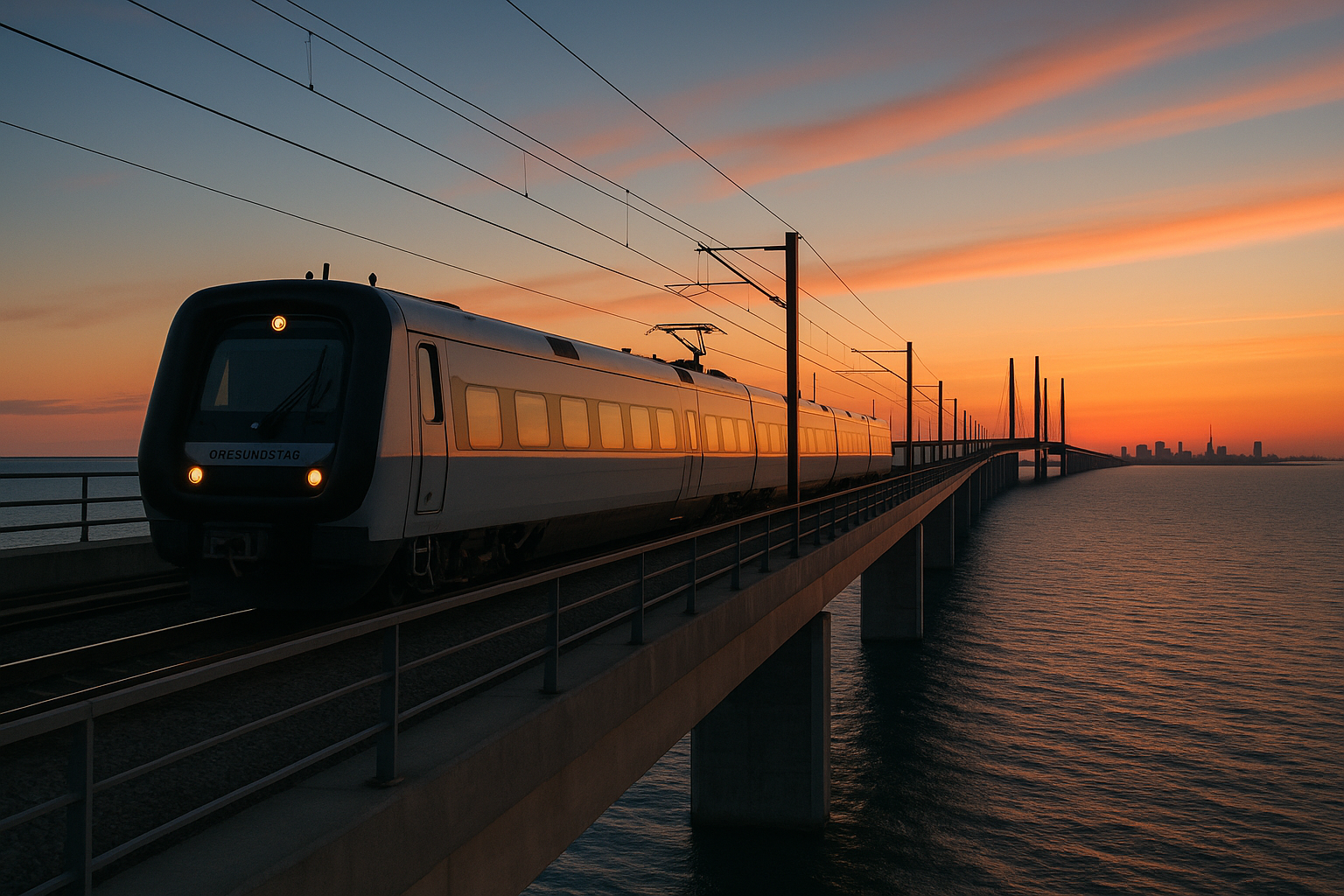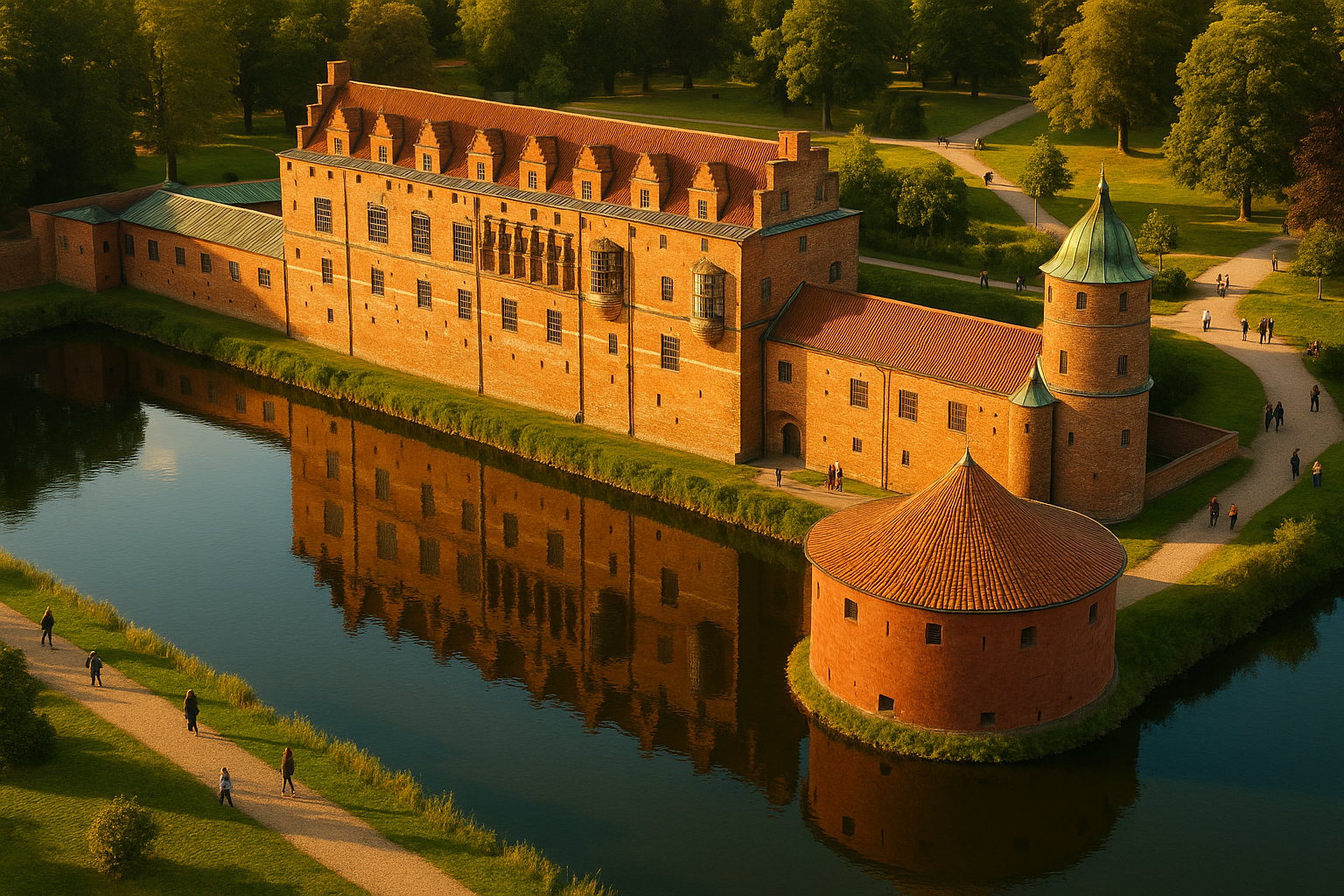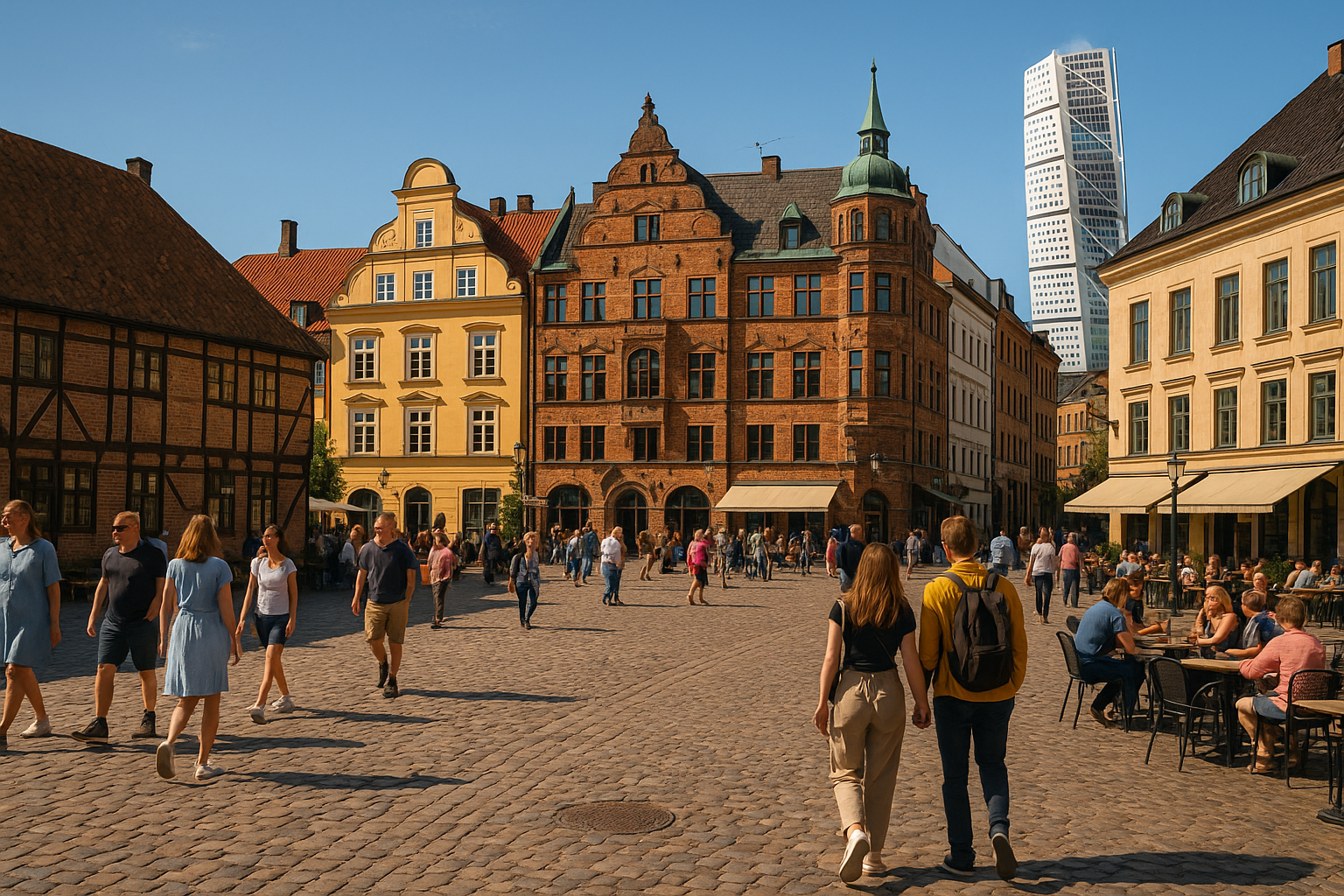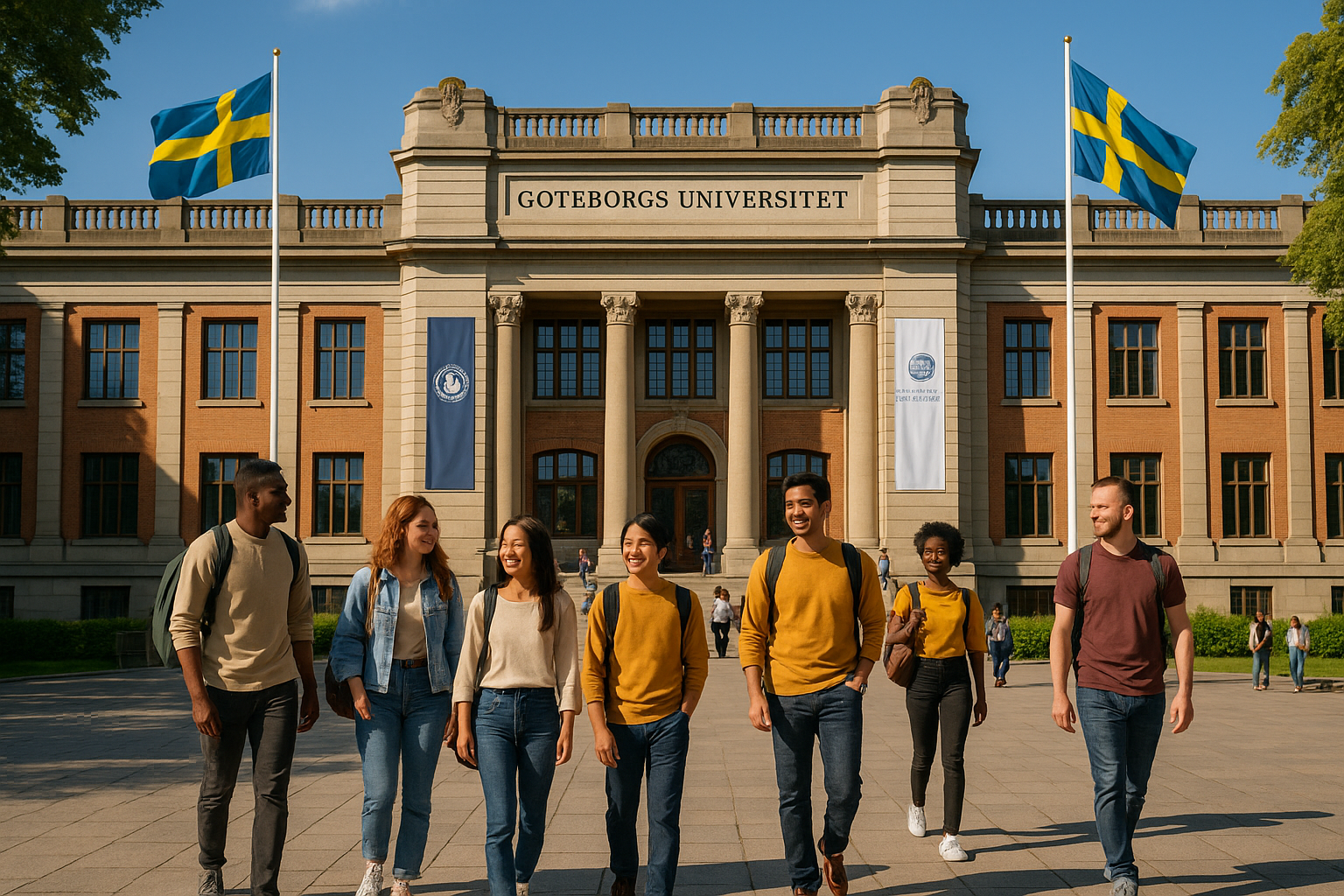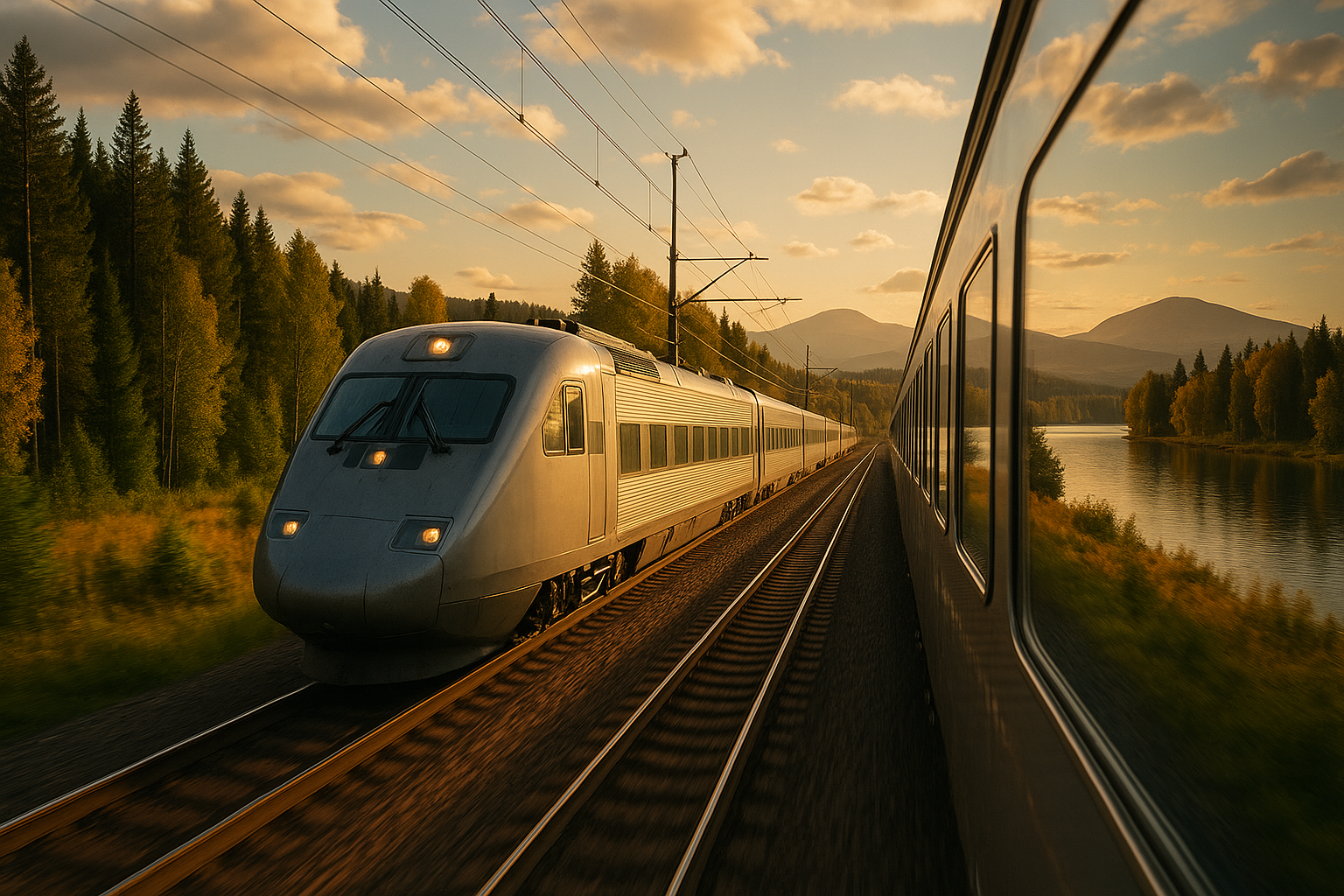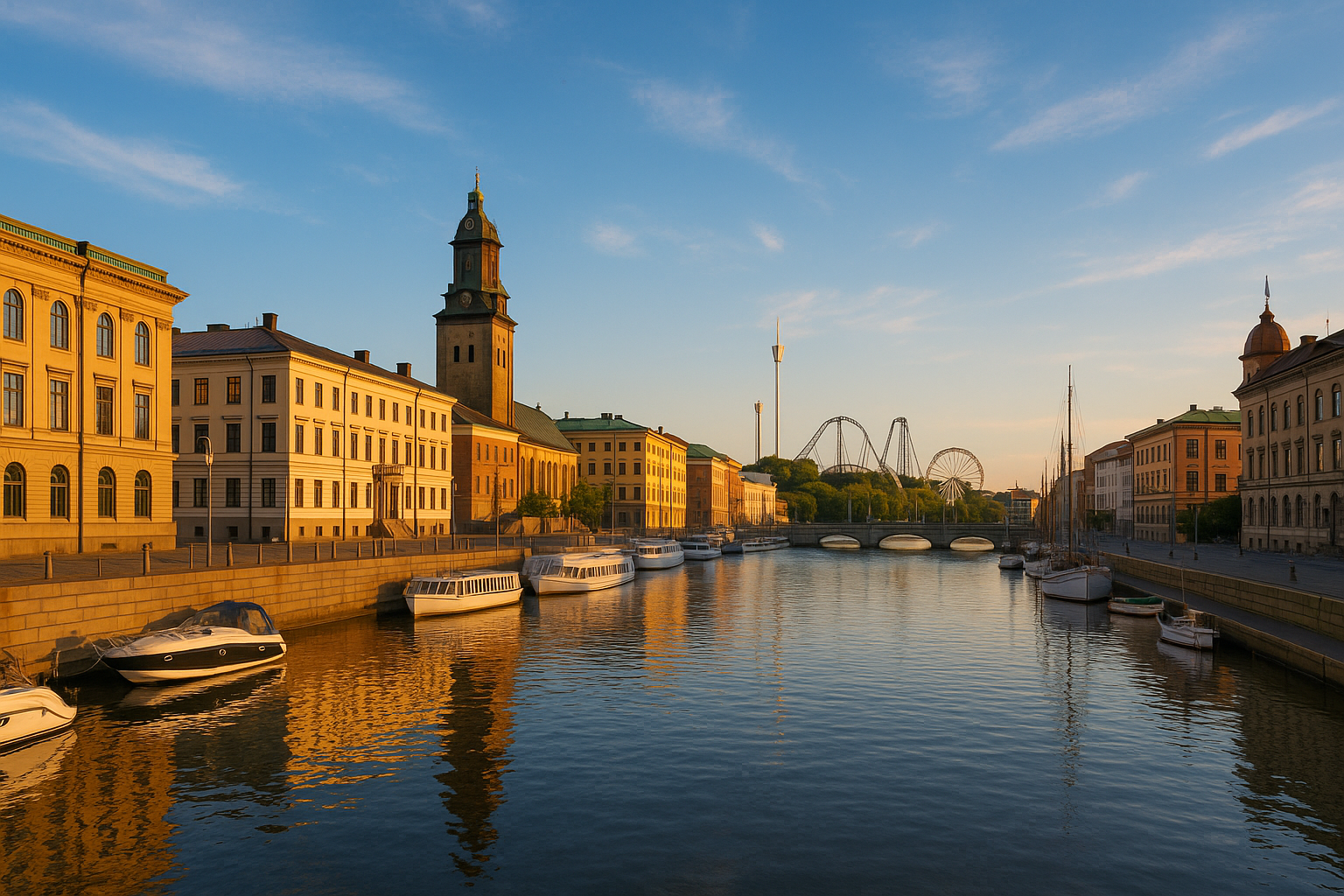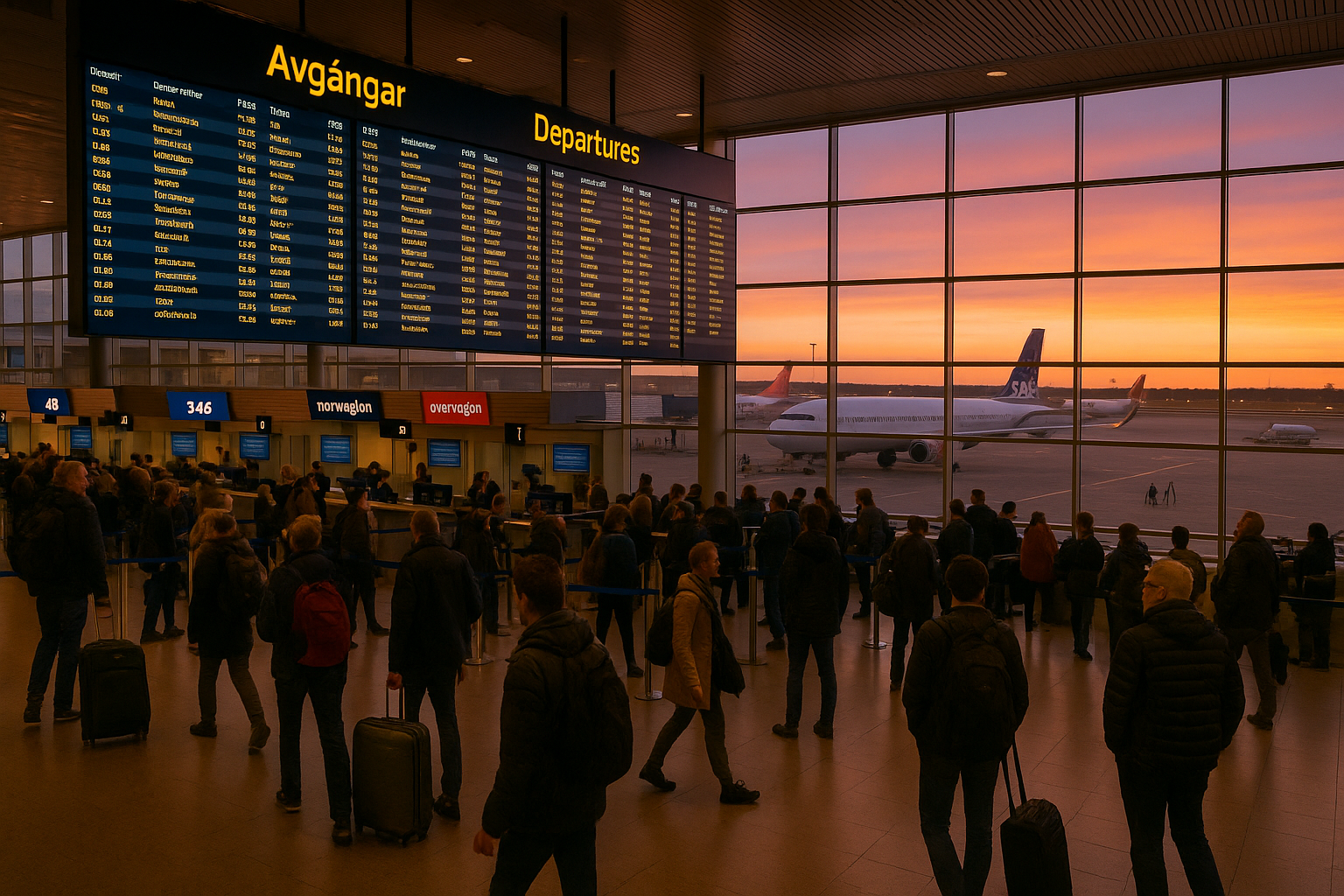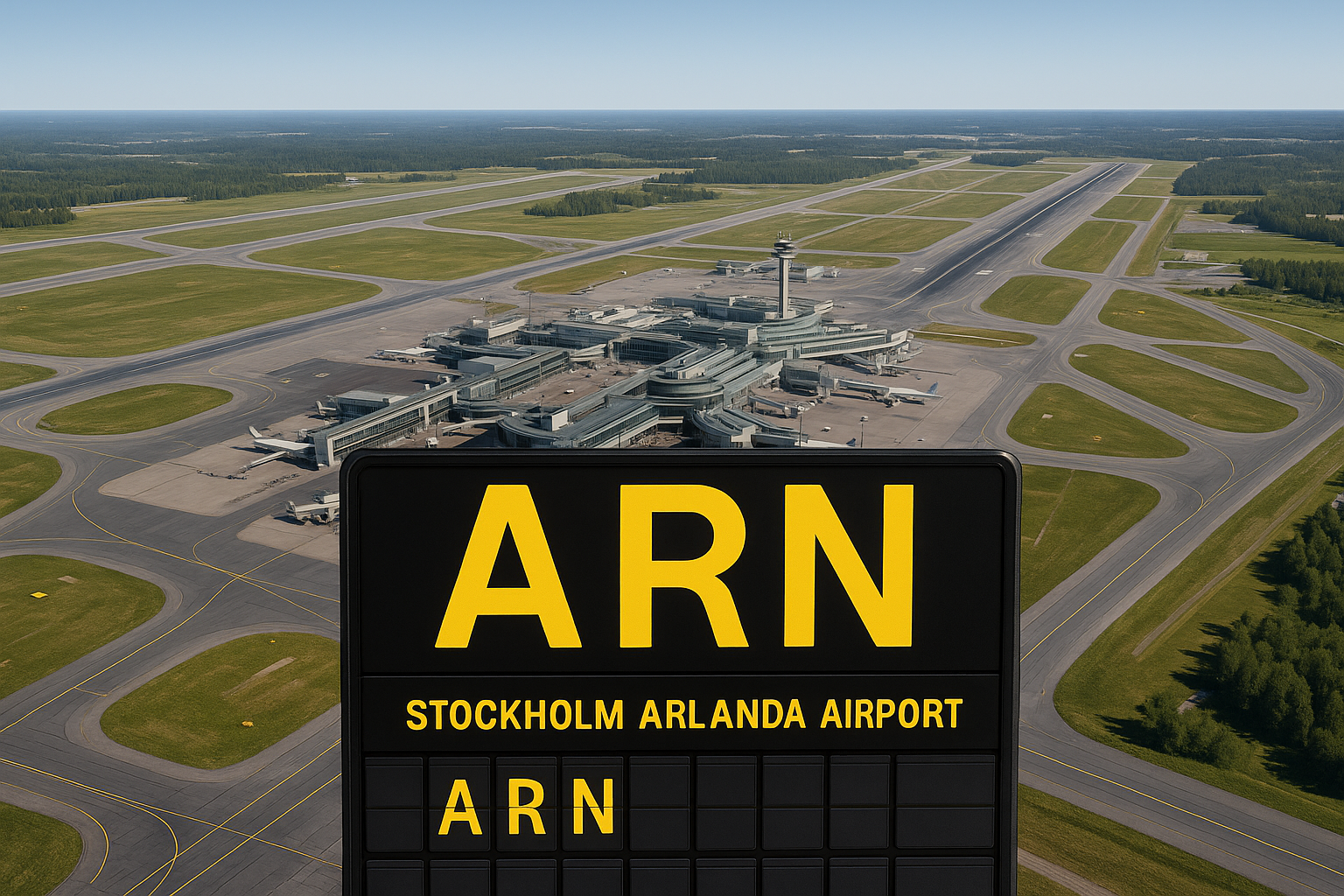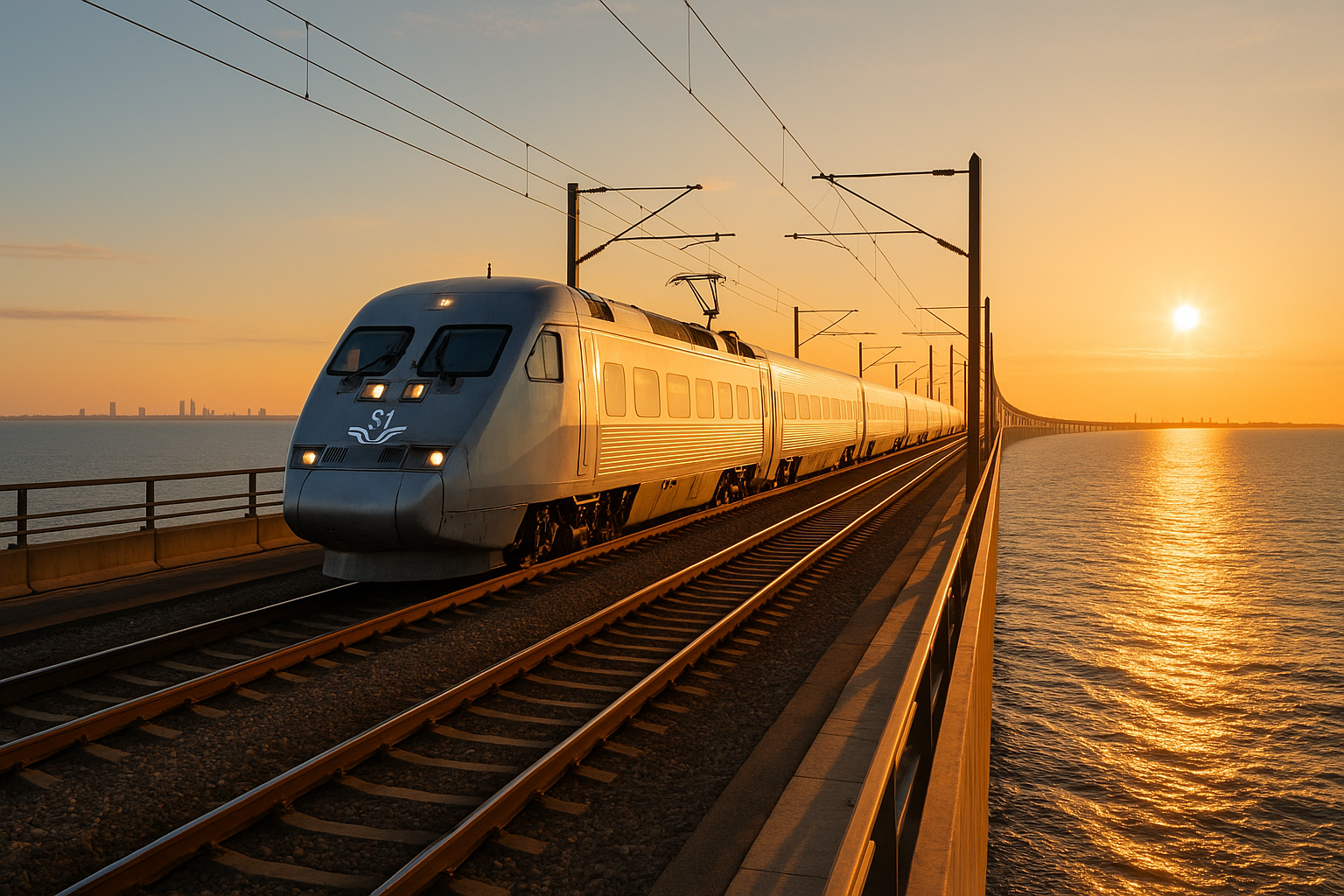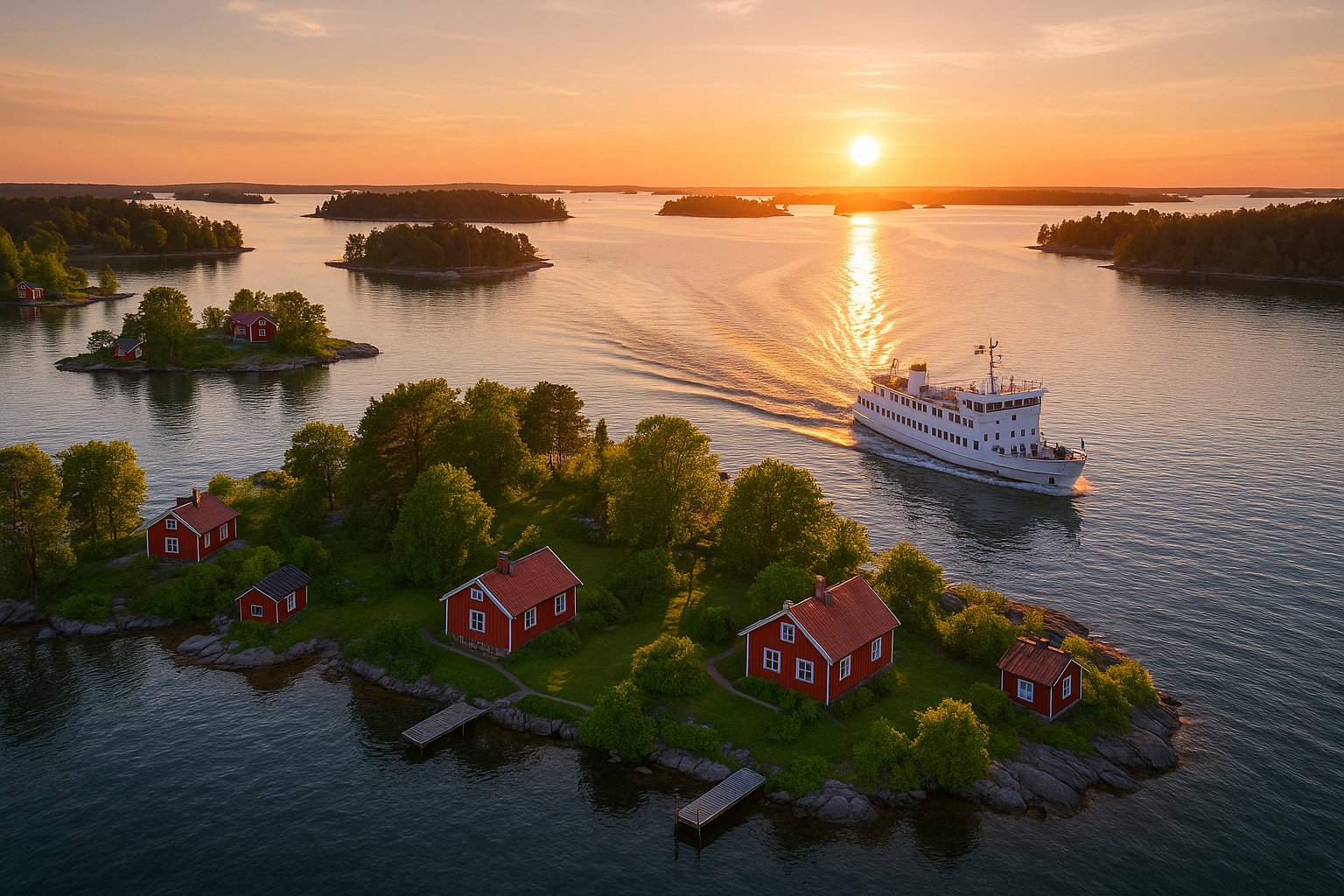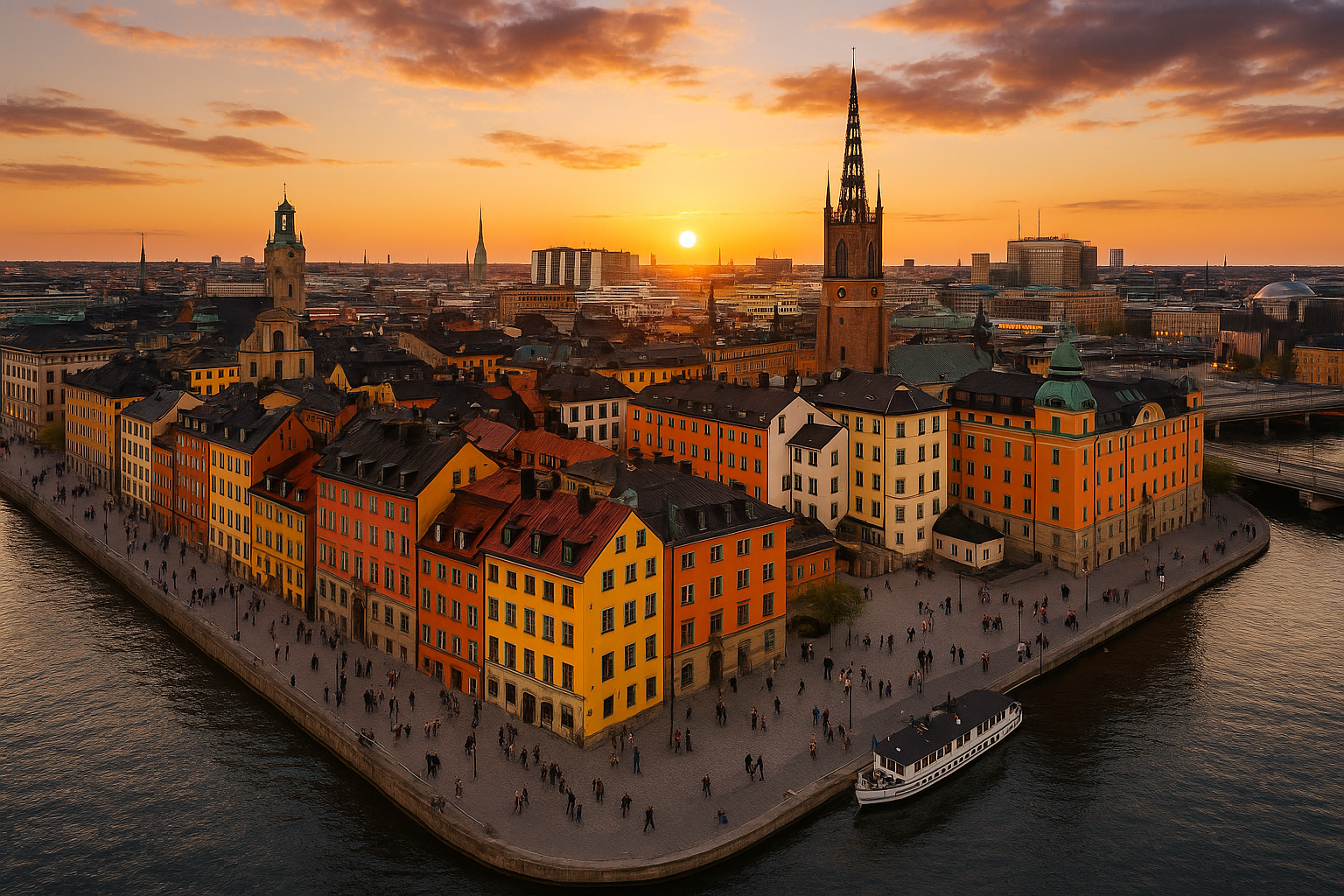Geographic Location of Malmö
Malmö is located in southern Sweden, specifically in Skåne County (Skåne län), making it Sweden’s third-largest city with approximately 350,000 inhabitants as of 2025. This vibrant city sits at the southernmost tip of Sweden, positioned at coordinates 55.6059° N, 13.0008° E, where it enjoys a unique geographic advantage as a gateway between Scandinavia and continental Europe.
When people search for ”where is Malmö,” they’re often surprised to learn just how close it sits to Denmark. The city lies only 30 kilometers (about 19 miles) from Copenhagen, connected by the iconic Öresund Bridge, which has transformed the region into an integrated cross-border metropolitan area.
Position Within Sweden
Malmö anchors the southern coast of Sweden along the Öresund strait, which separates Sweden from Denmark. The city serves as the administrative center of Skåne County and represents the southernmost major urban center in the country. Its coastal position on the Baltic Sea has historically made it a crucial port city and trade hub.
The region where Malmö is located was actually part of Denmark until 1658, which explains the strong cultural and architectural influences you’ll still notice today. This historical connection to Denmark, combined with its modern bridge link to Copenhagen, gives Malmö a distinctly international character unlike any other Swedish city.
Distance to Nearby Cities
Understanding Malmö’s location in Sweden becomes clearer when you consider its proximity to other major cities. The table below shows travel distances and approximate journey times from Malmö:
| City | Distance (km) | Train Time | Driving Time |
|---|---|---|---|
| Copenhagen, Denmark | 40 | 35 minutes | 45 minutes |
| Gothenburg (Göteborg) | 270 | 3 hours | 3 hours |
| Stockholm | 620 | 4.5 hours | 6.5 hours |
| Helsingborg | 60 | 50 minutes | 1 hour |
These distances demonstrate why many visitors combine a trip to Malmö with Copenhagen, as they’re practically neighboring cities despite being in different countries.
Connection to Denmark
The relationship between Malmö and Denmark, particularly Copenhagen, defines much of the city’s modern identity. The Öresund Bridge, completed in 2000, created one of Europe’s most successful cross-border regions. This 16-kilometer engineering marvel combines a bridge, an artificial island, and a tunnel, allowing both rail and vehicle traffic to flow seamlessly between the two nations.
According to Visit Sweden, thousands of commuters cross the Öresund daily for work, creating a truly binational labor market. Many people live in Malmö where housing costs are lower and work in Copenhagen where salaries tend to be higher, highlighting the practical integration of this cross-border region.
Malmö on the Map
Finding Malmö on a map of Sweden is straightforward—look to the very southern tip of the country, where it bulges westward toward Denmark. The city occupies a strategic position where the Baltic Sea meets the Öresund strait, a narrow body of water that has shaped the region’s history and economy for centuries.
Visual Orientation and Coordinates
When examining a map of Malmö, Sweden, you’ll notice the city sits at the southwestern edge of the Scandinavian Peninsula. The precise coordinates (55.6059° N, 13.0008° E) place it at roughly the same latitude as Moscow and Copenhagen, and the same longitude as Berlin.
The city’s layout follows its coastline, with the historic center located near the old harbor areas and newer developments extending outward. The Western Harbor (Västra Hamnen) district, home to the famous Turning Torso skyscraper, demonstrates how Malmö has transformed former industrial waterfront into modern sustainable neighborhoods.
Regional Context
Skåne County, where Malmö is located, occupies the southernmost region of Sweden and is the country’s most densely populated county outside of Stockholm. The flat, fertile landscape of Skåne contrasts sharply with the forests and lakes of central Sweden, resembling more the agricultural landscapes of Denmark and northern Germany.
This geographic position makes Malmö’s climate slightly milder than other Swedish cities at similar latitudes further east. The maritime influence moderates temperatures, resulting in relatively mild winters and cool summers compared to inland Sweden.
Travel Tip: Getting to Malmö
Malmö Airport (MMX), also known as Malmö-Sturup Airport, serves the city with connections to major European destinations. However, many travelers find it more convenient to fly into Copenhagen Airport (CPH), which offers far more international flights and is only 20 minutes from Malmö by train across the Öresund Bridge. Direct trains run every 20 minutes between the airport and Malmö Central Station.
Economy and Demographics
Understanding where Malmö is located geographically only tells part of the story—its demographic composition and economic profile make it truly unique in Sweden. Malmö is home to over 170 nationalities, earning its reputation as Europe’s youngest major city, with half its population under 35 years old.
Population Composition
This remarkable diversity stems from several waves of immigration and the city’s historical role as a port of entry to Sweden. Unlike Stockholm or Gothenburg, Malmö has a distinctly multicultural character that shapes everything from its restaurant scene to its cultural festivals. Visitors exploring what to do in Malmö quickly discover neighborhoods like Möllevången, where international markets and eateries create a cosmopolitan atmosphere.
Economic Profile
Malmö’s economy has undergone dramatic transformation over the past few decades. Once heavily dependent on shipbuilding and manufacturing, the city has successfully pivoted toward knowledge-based industries, education, and sustainable technology. According to Wikipedia, Malmö’s gross regional product (GRP) reached 240.2 billion SEK in 2022, representing a 54.7% increase since 2016, though more recent figures may vary.
Key sectors driving Malmö’s economy include:
- Life sciences and healthcare – Malmö University and the adjacent Malmö University Hospital create a hub for medical research and innovation
- Information technology – The city has attracted numerous tech startups and established IT companies
- Sustainable urban development – Projects like the Western Harbor showcase environmentally innovative construction
- Education – Malmö University, established in 1998, now serves over 24,000 students
- Creative industries – Film production, game development, and design studios cluster in renovated industrial spaces
Attractions and Cultural Sites
Knowing where Malmö is located helps you plan visits to its remarkable attractions. The city combines medieval heritage with cutting-edge modern architecture, creating visual contrasts that define its character.
Malmöhus Castle
Dating back to 1434, Malmö Castle (Malmöhus slott) stands as the oldest preserved Renaissance castle in Scandinavia. Located in the heart of the city, this fortress now houses several museums covering art, natural history, and local history. The castle’s moat, once a defensive feature, now provides a scenic walking path through one of Malmö’s most popular parks.
Turning Torso
This 190-meter twisted skyscraper, designed by architect Santiago Calatrava, has become Malmö’s most recognizable landmark since its completion in 2005. The residential tower rotates 90 degrees from bottom to top and can be spotted from across the Öresund, serving as a visual beacon marking Malmö’s location from both Sweden and Denmark.
Western Harbor District
The Western Harbor (Västra Hamnen) represents one of Europe’s most successful examples of sustainable urban redevelopment. This former shipyard and industrial area has been transformed into an eco-friendly neighborhood powered entirely by renewable energy, with innovative architecture and extensive green spaces. The district demonstrates Malmö’s commitment to environmental sustainability and forward-thinking urban planning.
Sports and Entertainment
For many visitors wondering ”where is Malmö FC,” the answer connects directly to the city’s sporting culture. Malmö FF (Malmö Fotbollförening) is Sweden’s most successful football club, having won the Allsvenskan (Sweden’s top football league) multiple times. The team plays at Eleda Stadion, located in the southern part of the city.
Malmö FF achieved international fame by reaching the European Cup final in 1979 (now the UEFA Champions League) and continues to compete regularly in European competitions. The club’s sky-blue colors are a point of pride for locals, and match days create an electric atmosphere throughout the city.
Beyond football, Malmö hosts DreamHack, one of the world’s largest digital festivals, bringing together gaming, esports, and digital culture enthusiasts from across the globe. These events typically take place at Malmö Arena, a multi-purpose venue that also hosts concerts and ice hockey matches.
Planning Your Visit
The best time to visit Malmö is between May and September when the weather is warmest and outdoor attractions are fully accessible. However, the city offers year-round appeal with its museums, restaurants, and cultural events. Consider purchasing a Malmö Card for free public transportation and museum entry if you’re planning to explore extensively.
Frequently Asked Questions About Malmö’s Location
How far is Malmö from Stockholm?
Malmö is located approximately 620 kilometers (385 miles) south of Stockholm. The high-speed train journey takes about 4.5 hours, making it a comfortable day trip or weekend excursion. Driving takes approximately 6.5 hours depending on traffic and route. Many travelers fly between the cities, with flights taking just over an hour.
Is Malmö close to Copenhagen?
Yes, Malmö is remarkably close to Copenhagen, Denmark—only about 30 kilometers (19 miles) or a 35-minute train ride across the Öresund Bridge. This proximity makes it easy to visit both cities in one trip, and many people live in one city while working in the other. The two cities form an integrated cross-border metropolitan region known as the Öresund Region.
What county is Malmö located in?
Malmö is located in Skåne County (Skåne län) in the southernmost part of Sweden. Skåne is Sweden’s most densely populated county outside of Stockholm and is known for its flat agricultural landscapes, beaches, and mild climate. The region has a distinct cultural identity and was historically part of Denmark until 1658.
Where exactly is Malmö University located?
Malmö University is located in the heart of Malmö, with its main campus in the Niagara building in the city center. Established in 1998, the university occupies several buildings throughout the city, including modern facilities near the historic Malmöhus Castle area. The central location makes it easily accessible by public transportation and places students in the middle of the city’s cultural and social life.
Can you see Denmark from Malmö?
Yes, on clear days you can see the Danish coast from various points in Malmö, particularly from the Western Harbor area and beaches. The Öresund strait is quite narrow at this point, and the Danish island of Amager (where Copenhagen is located) is clearly visible. At night, you can see the lights of Copenhagen from Malmö’s waterfront, and the illuminated Öresund Bridge creates a stunning visual connection between the two countries.
How do I get from Malmö to other parts of Sweden?
Malmö serves as a major transportation hub with excellent connections throughout Sweden and beyond. Direct trains run regularly to Stockholm, Gothenburg, and other Swedish cities from Malmö Central Station. The city is also well-connected by highway (E6, E20, E22) for those driving. Malmö Airport handles domestic and European flights, while Copenhagen Airport offers extensive international connections just 20 minutes away by train.

